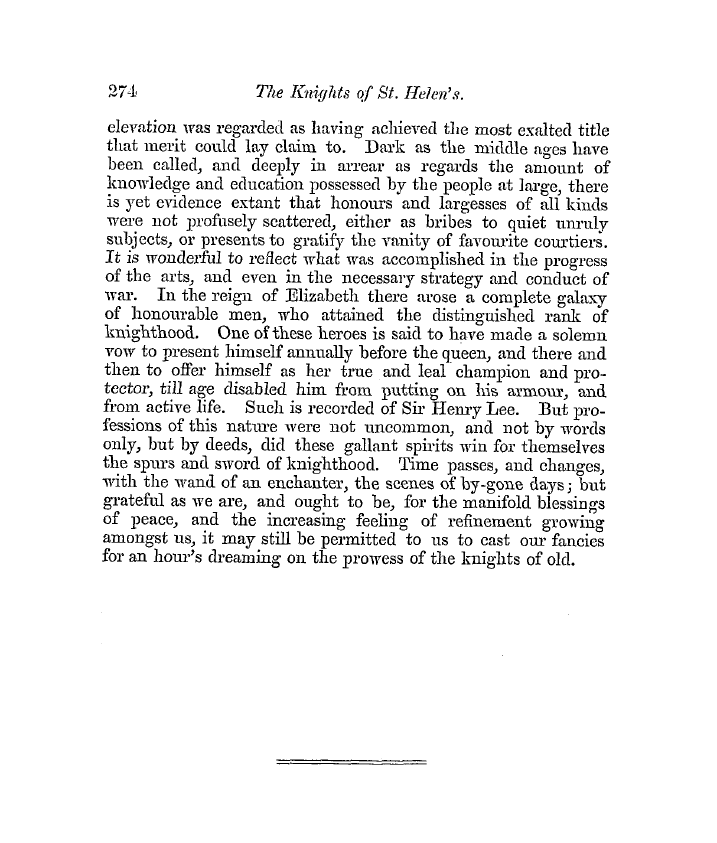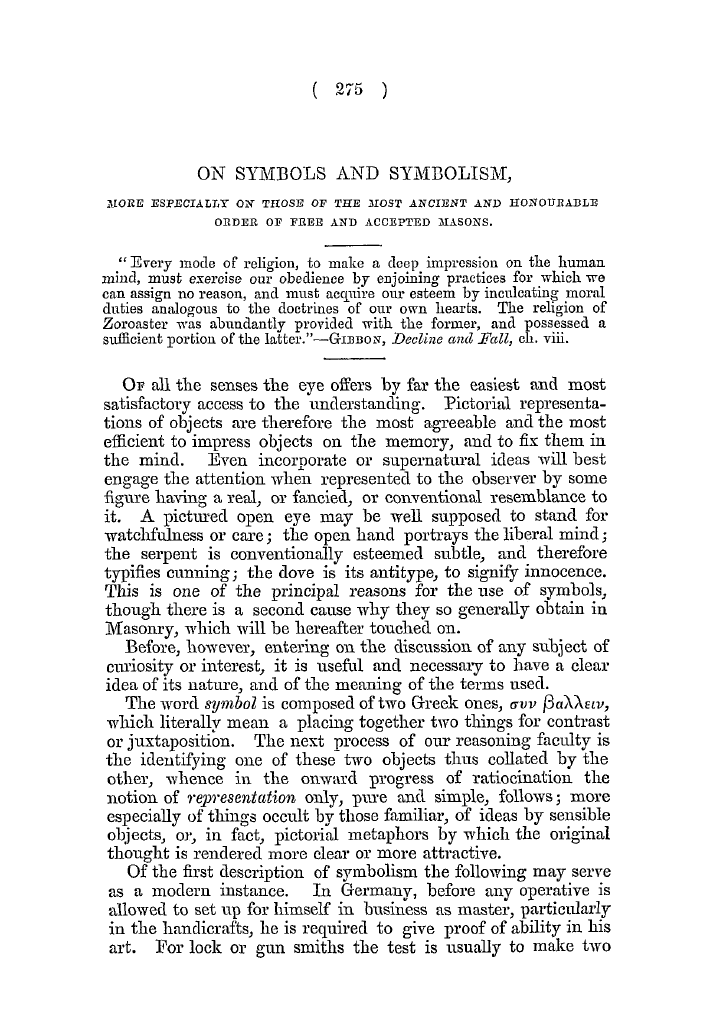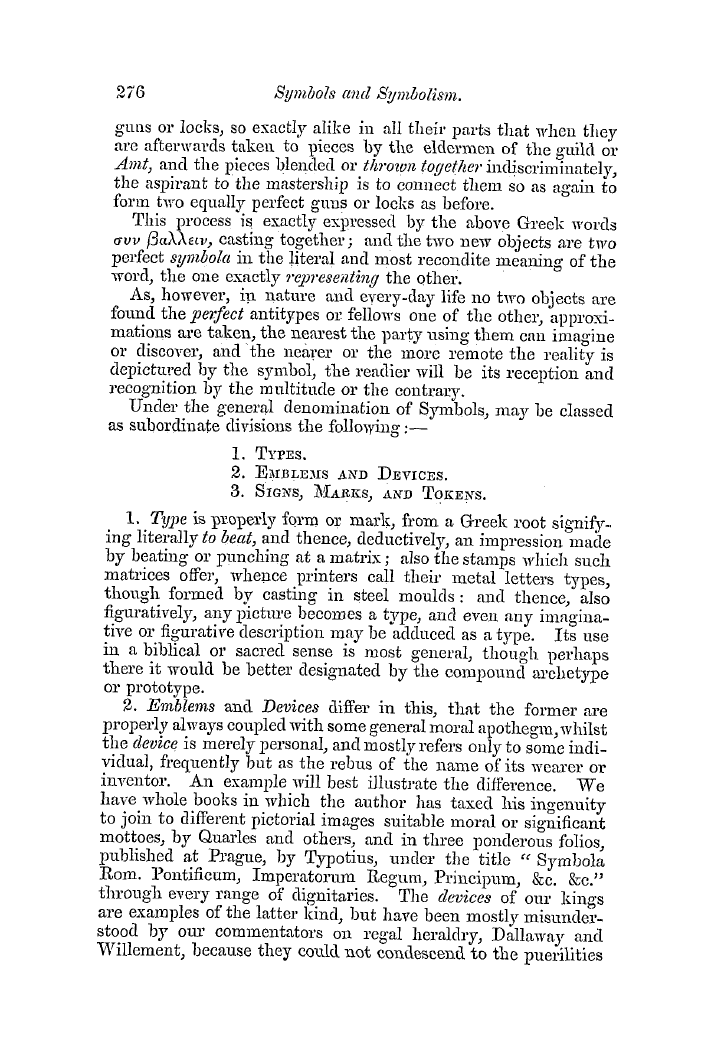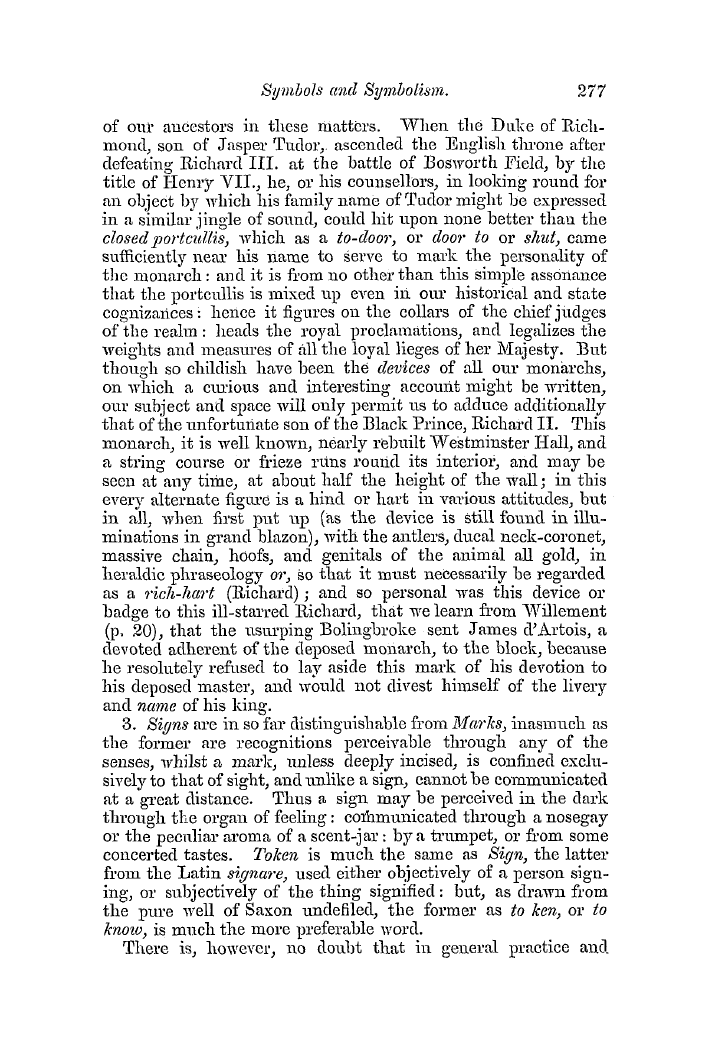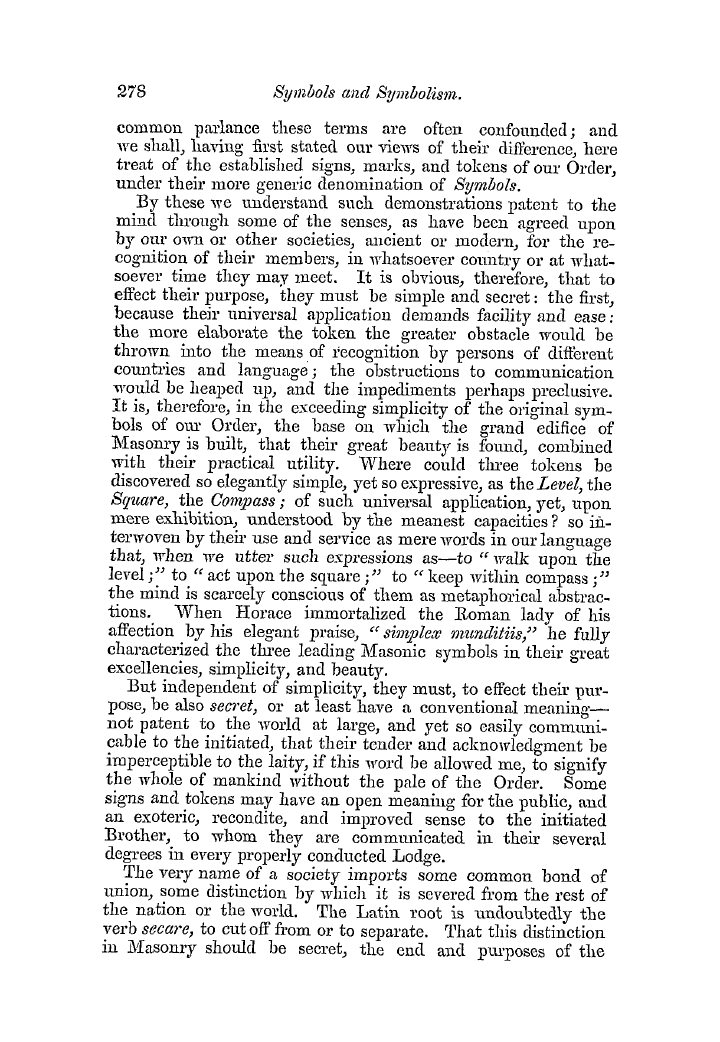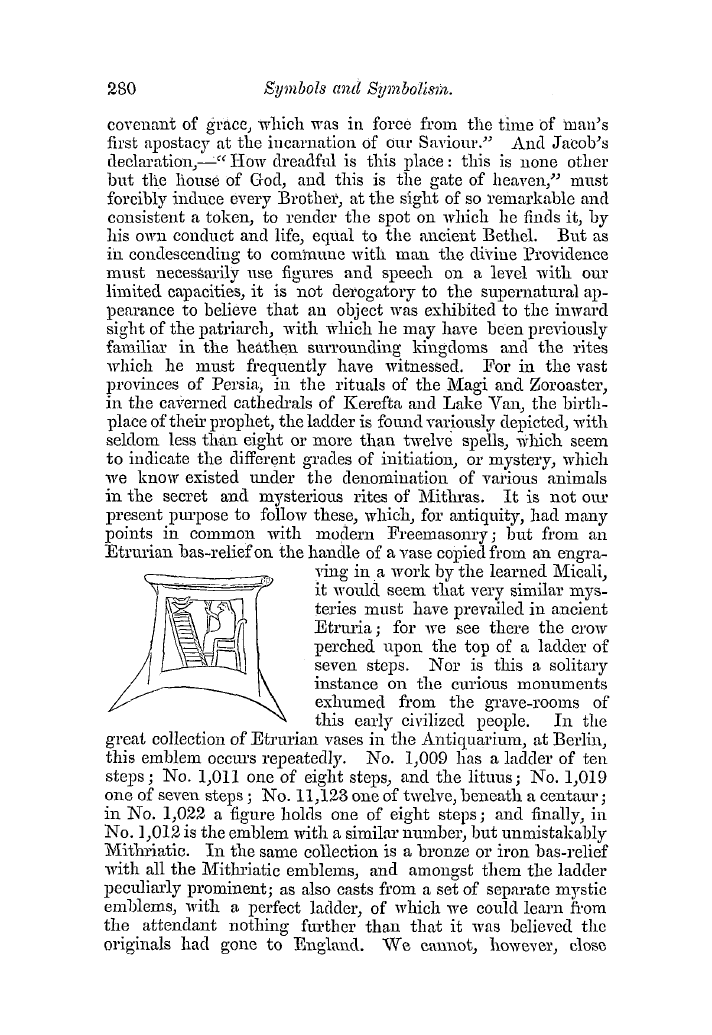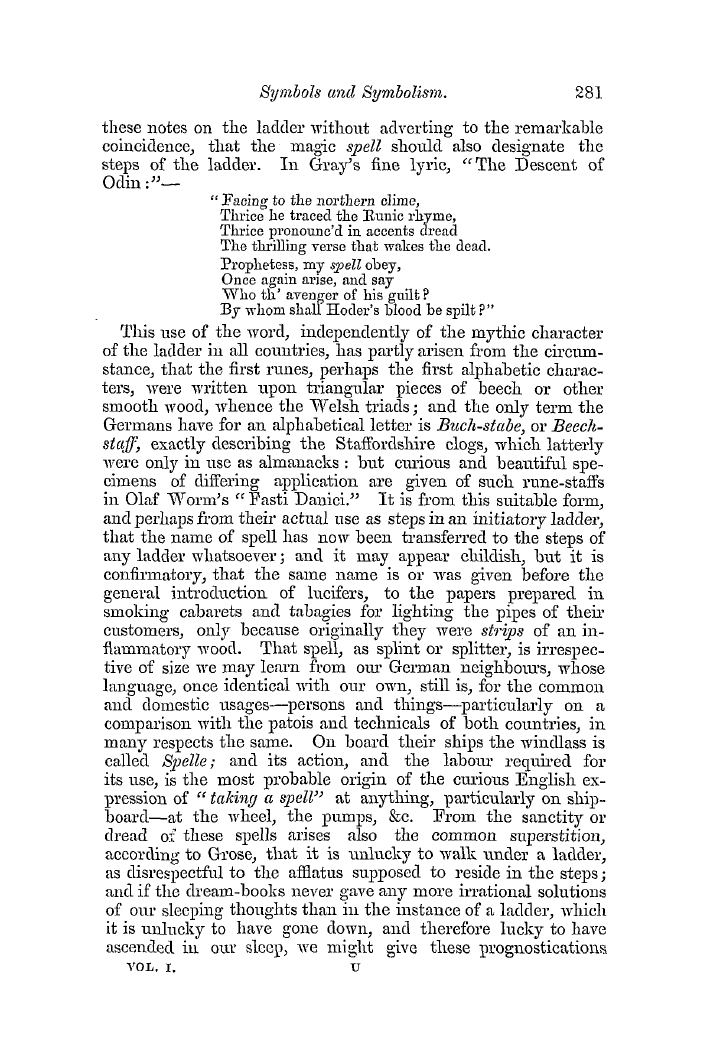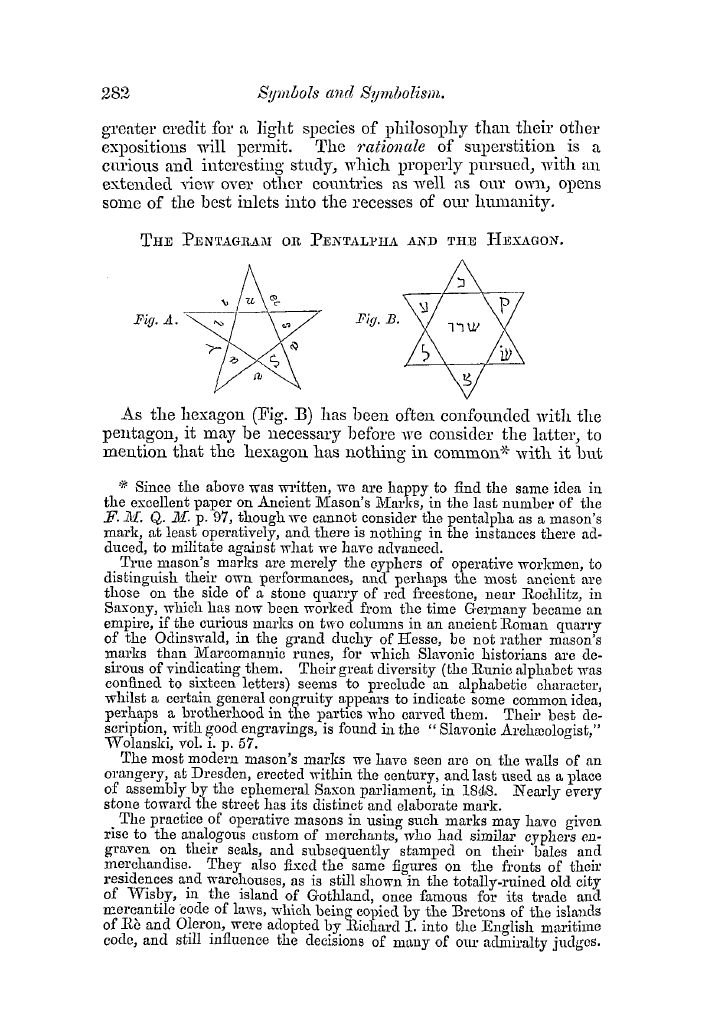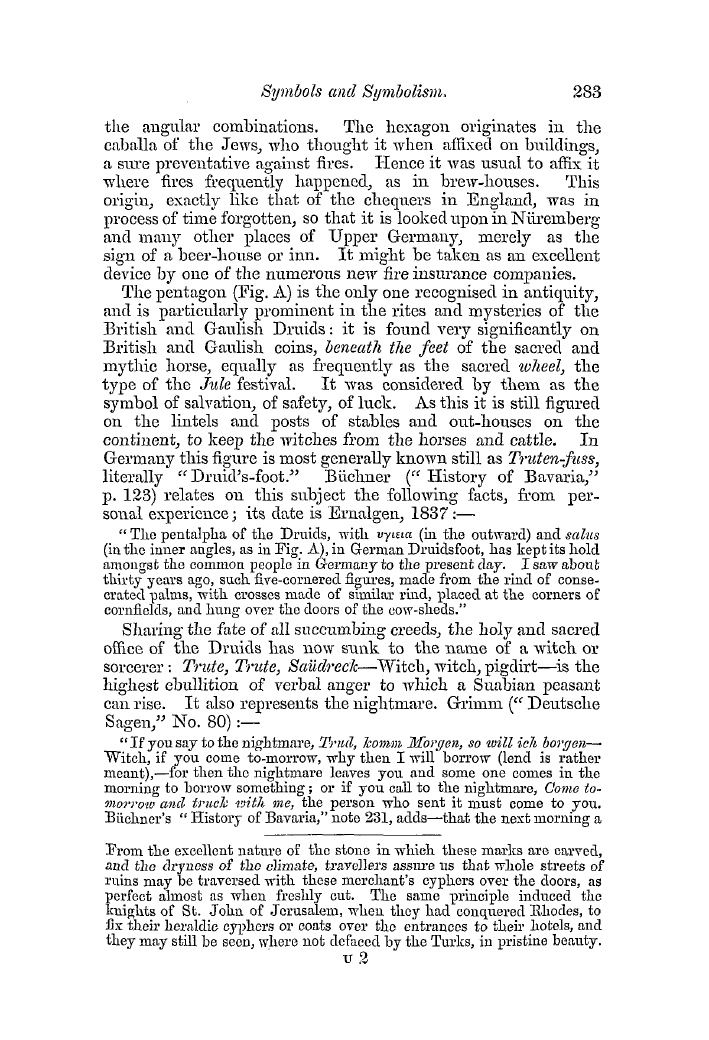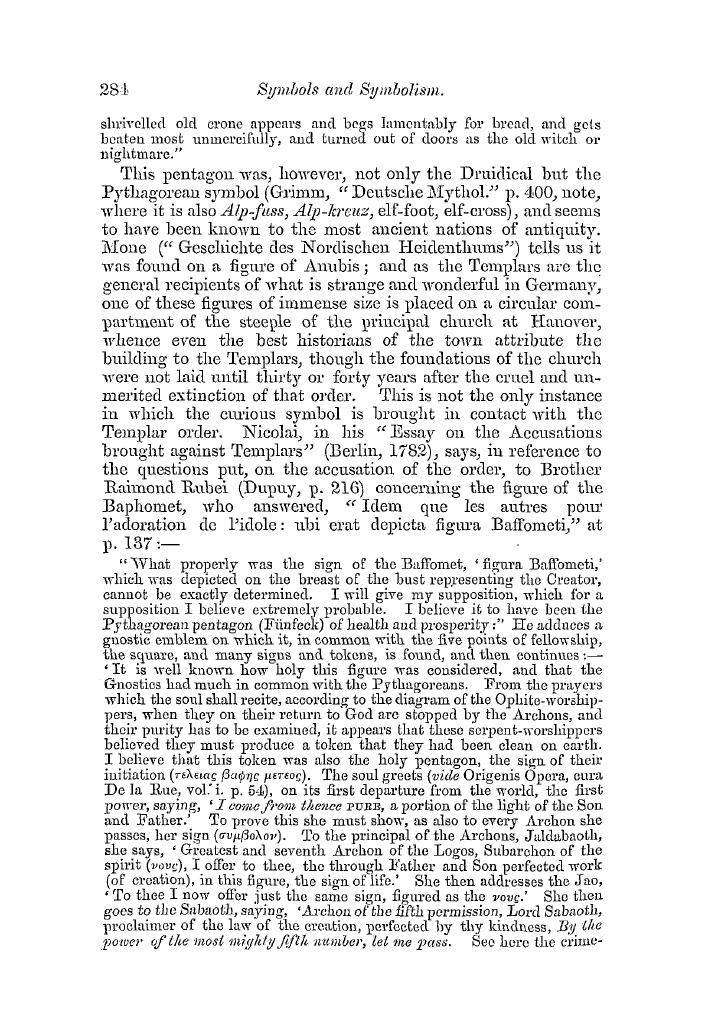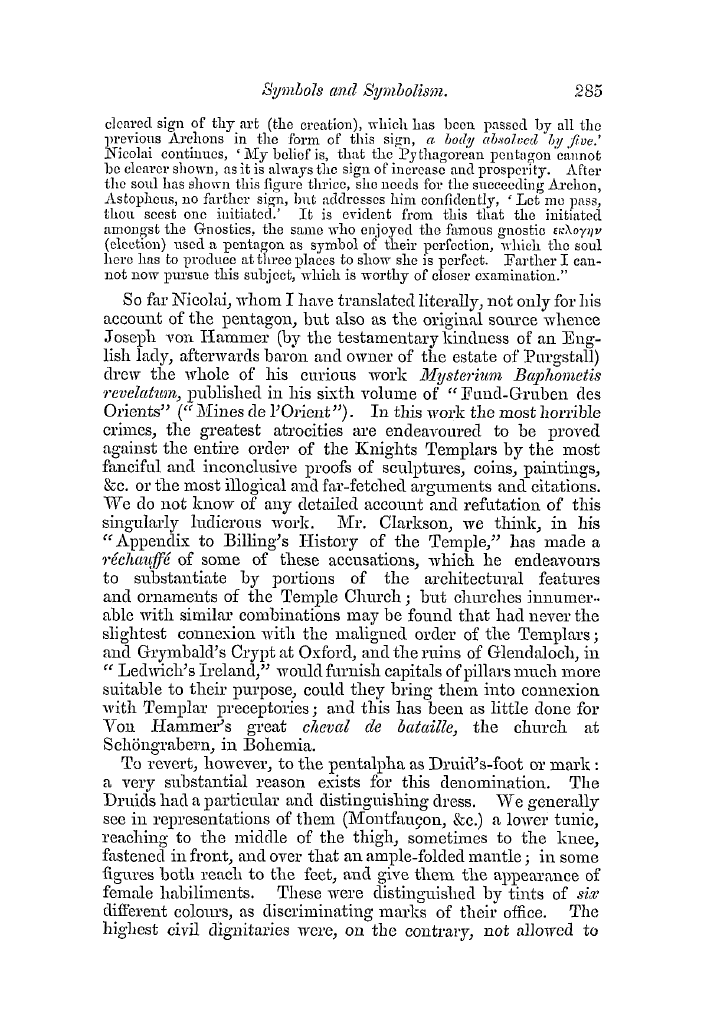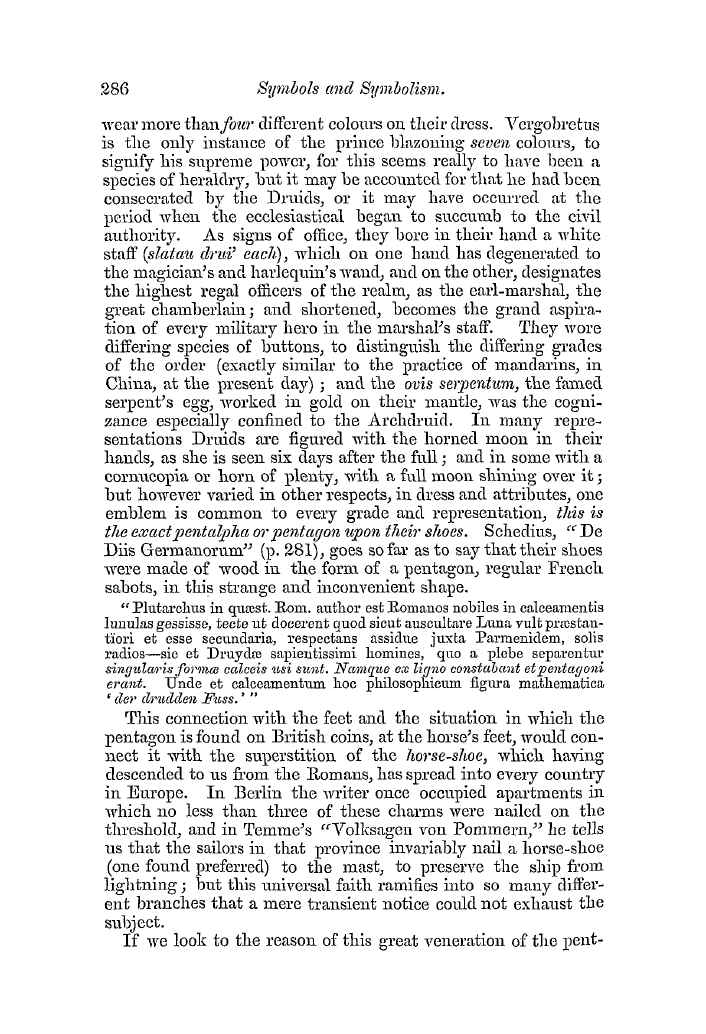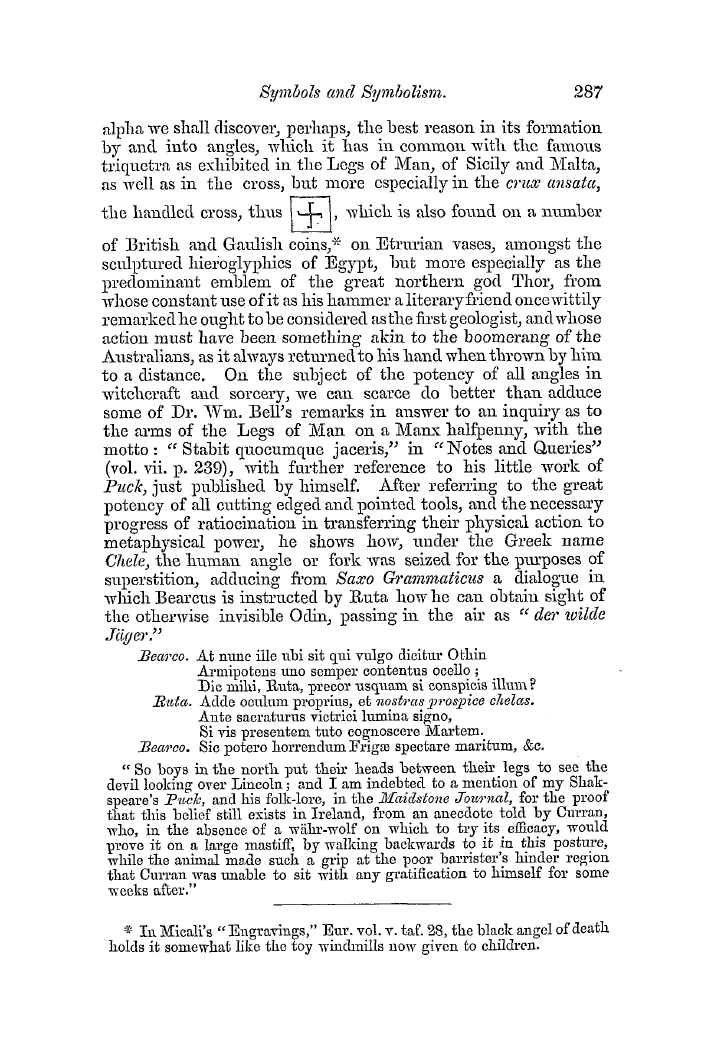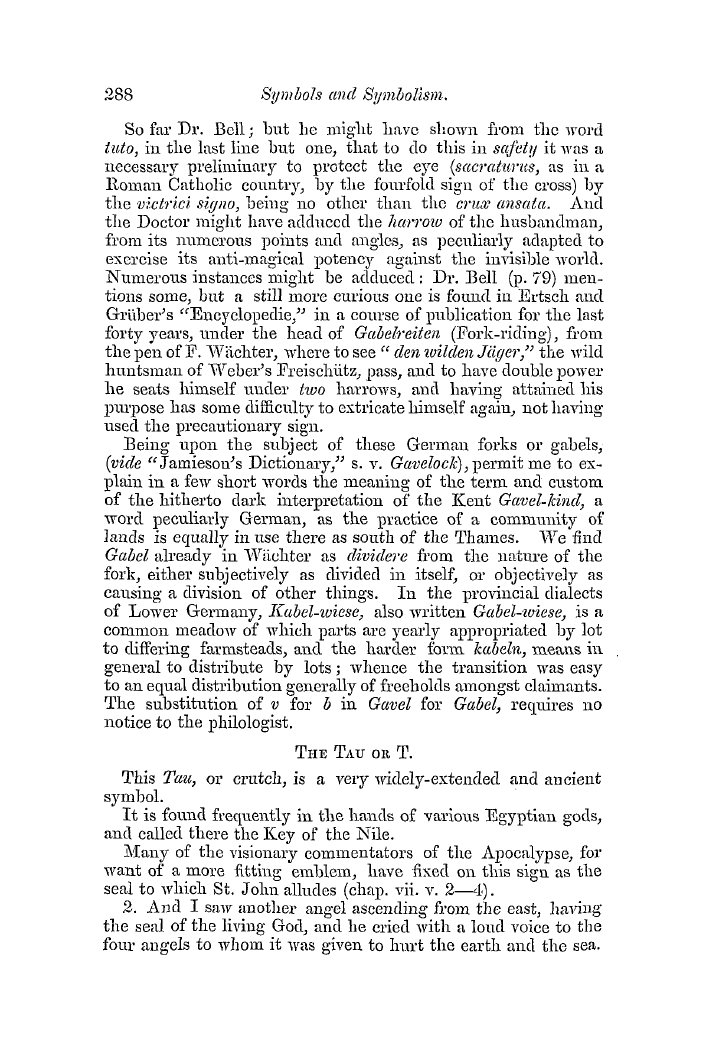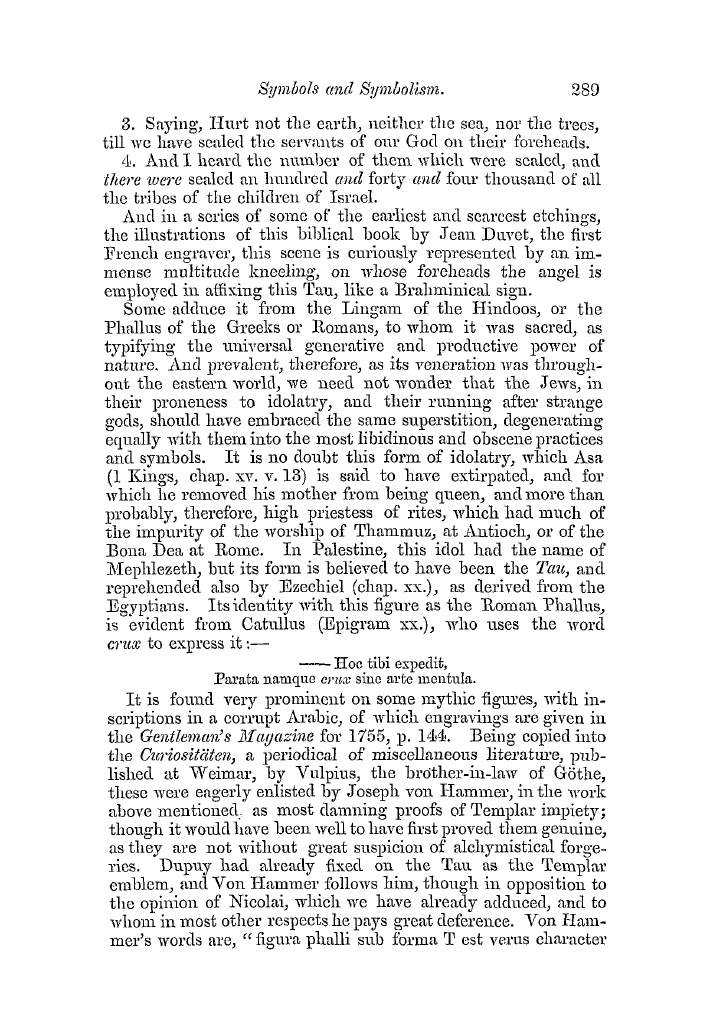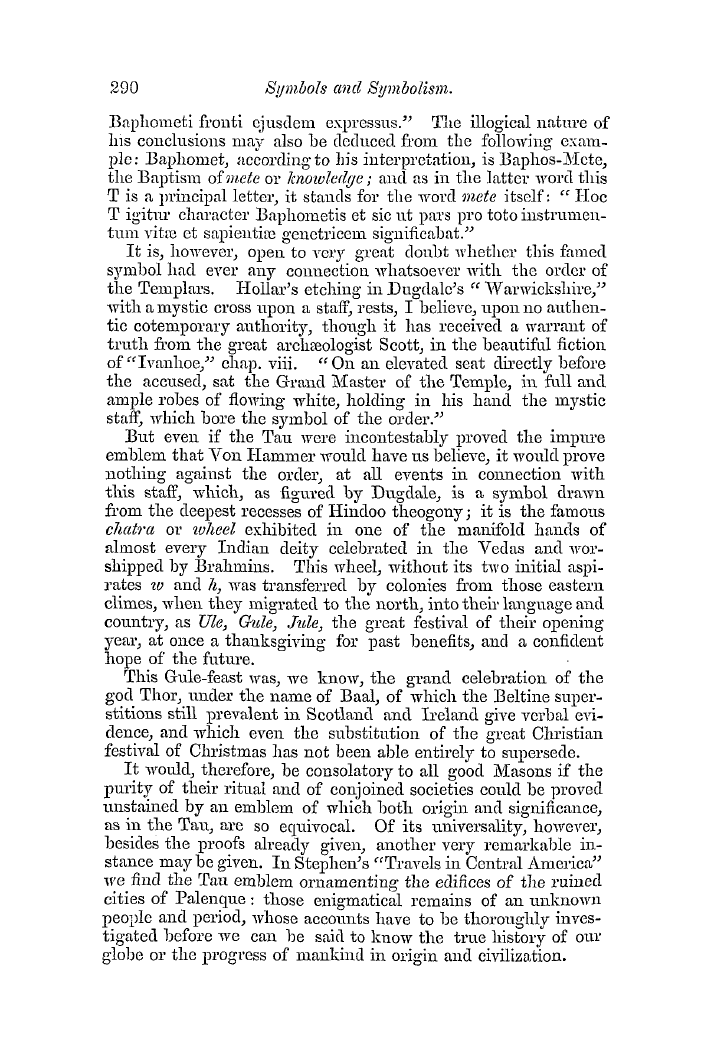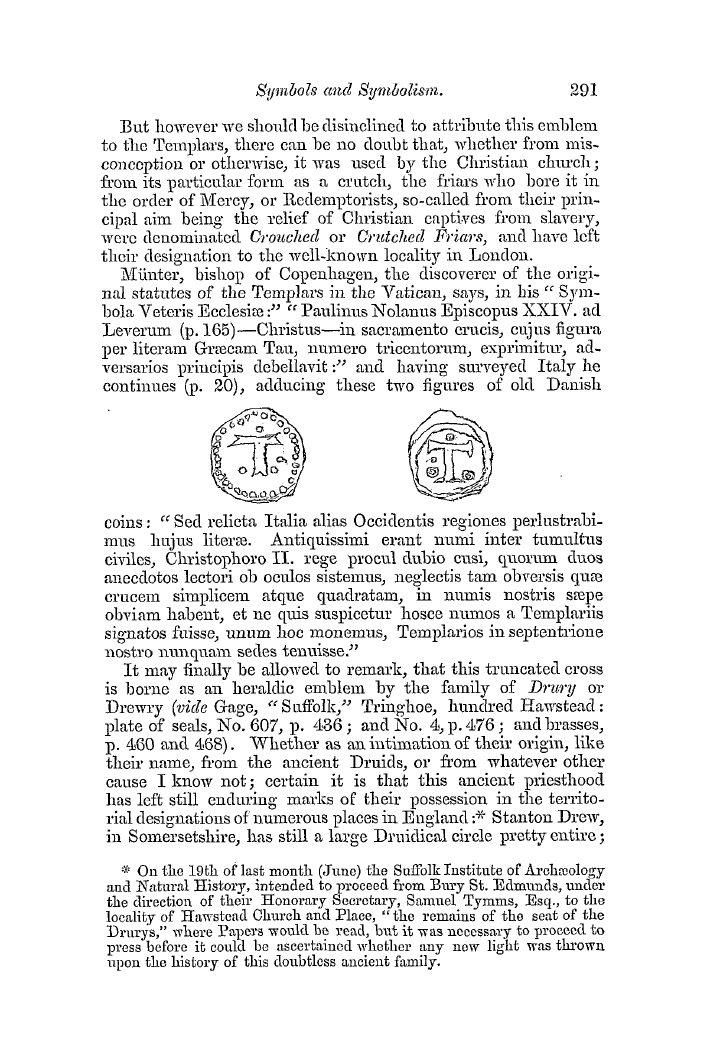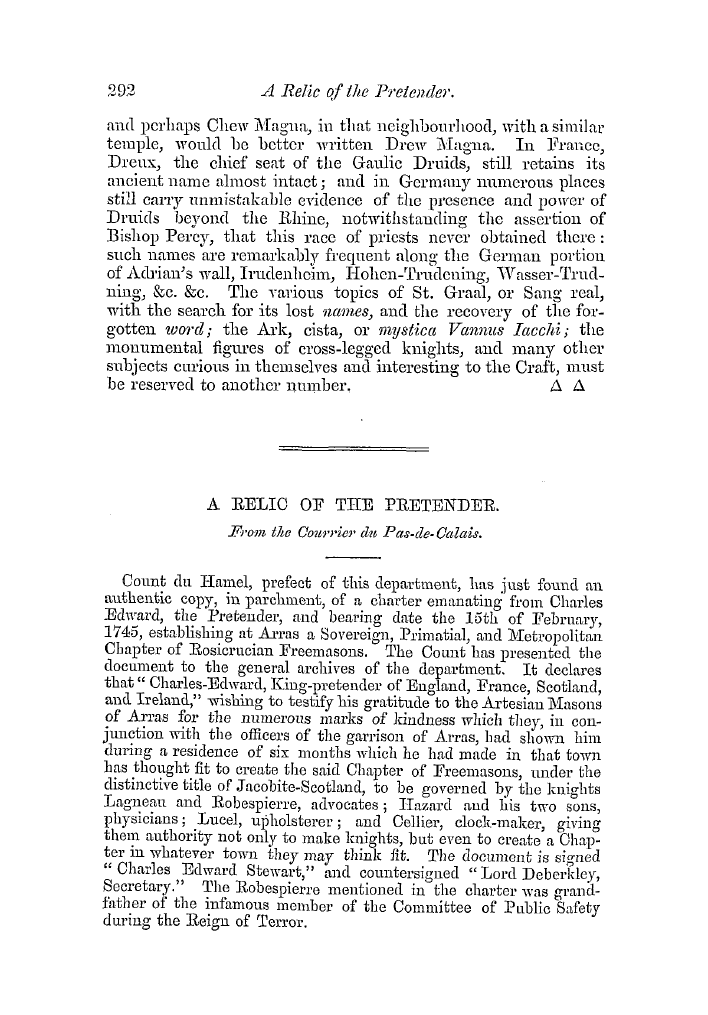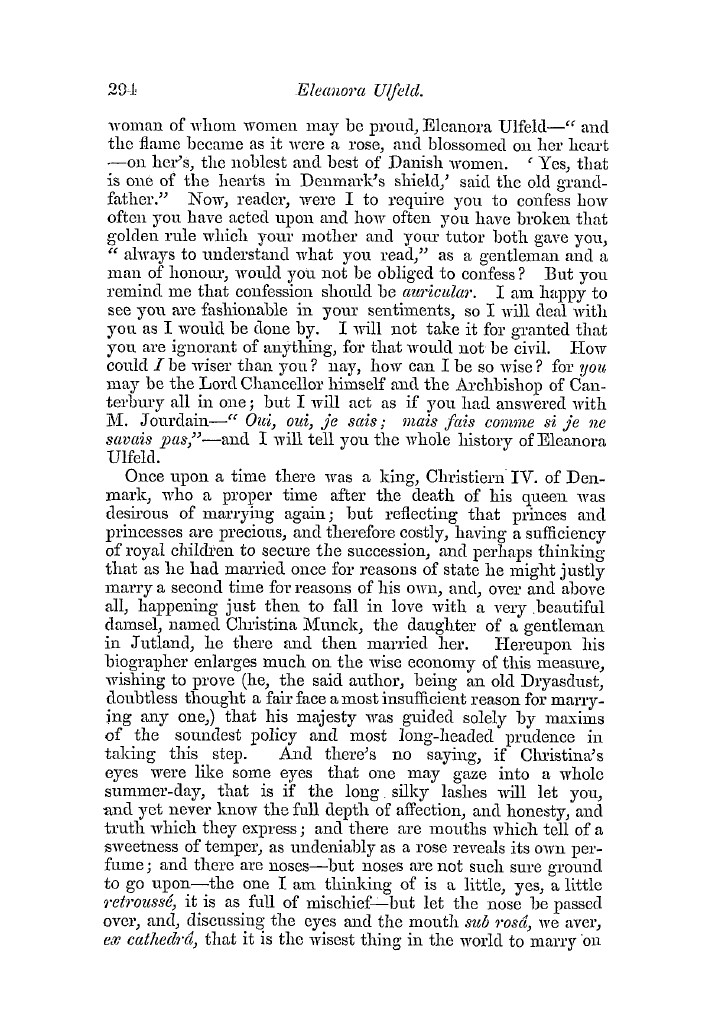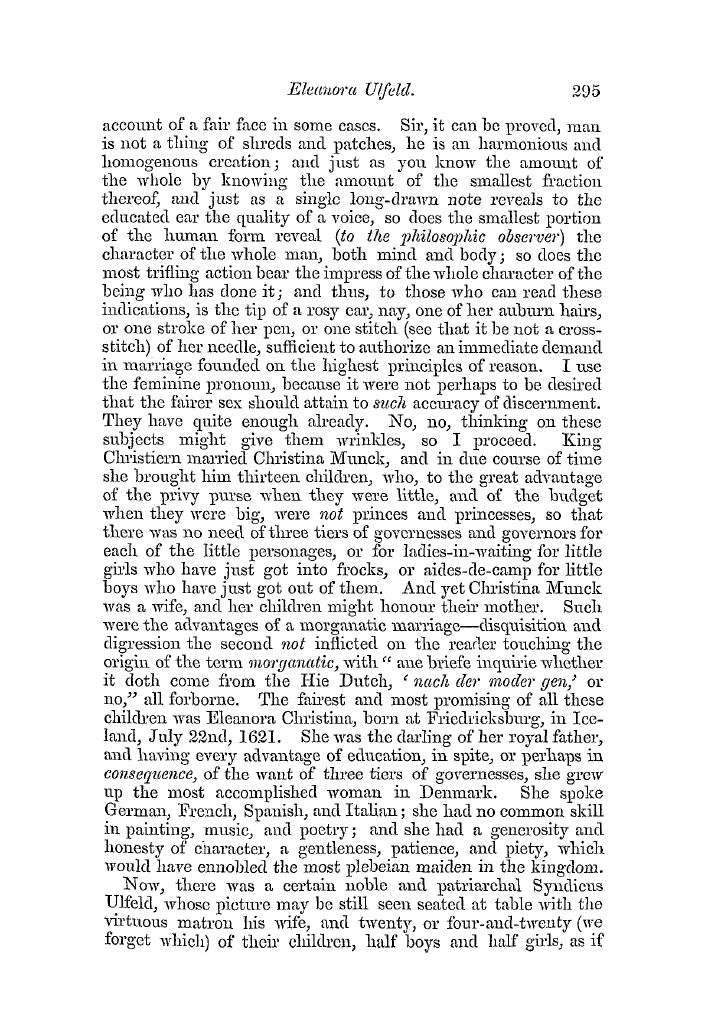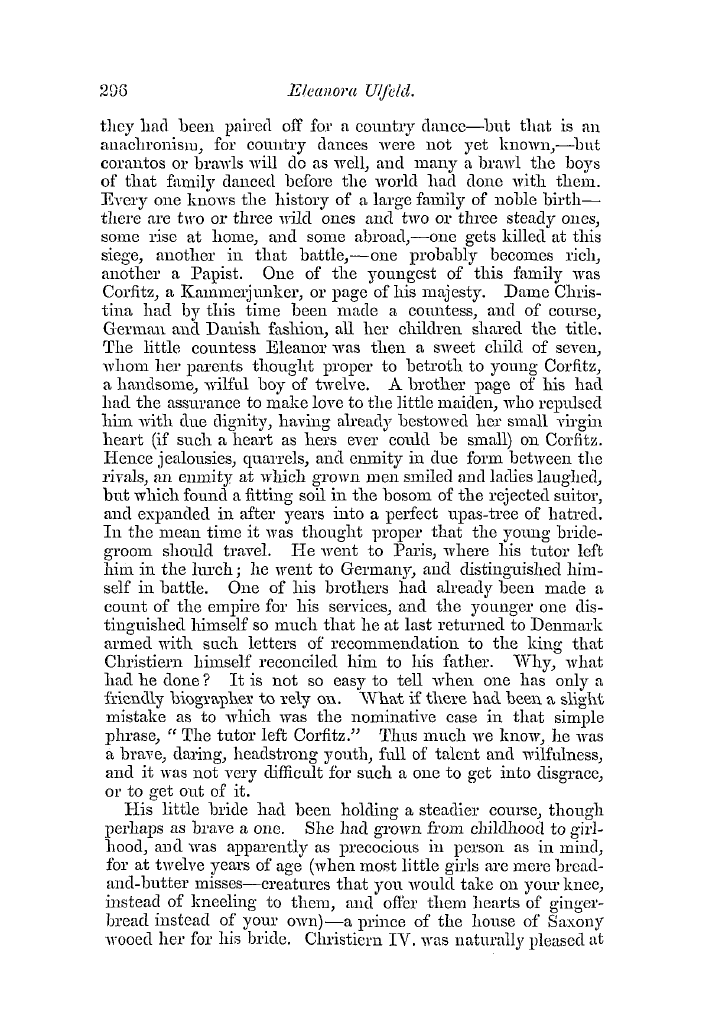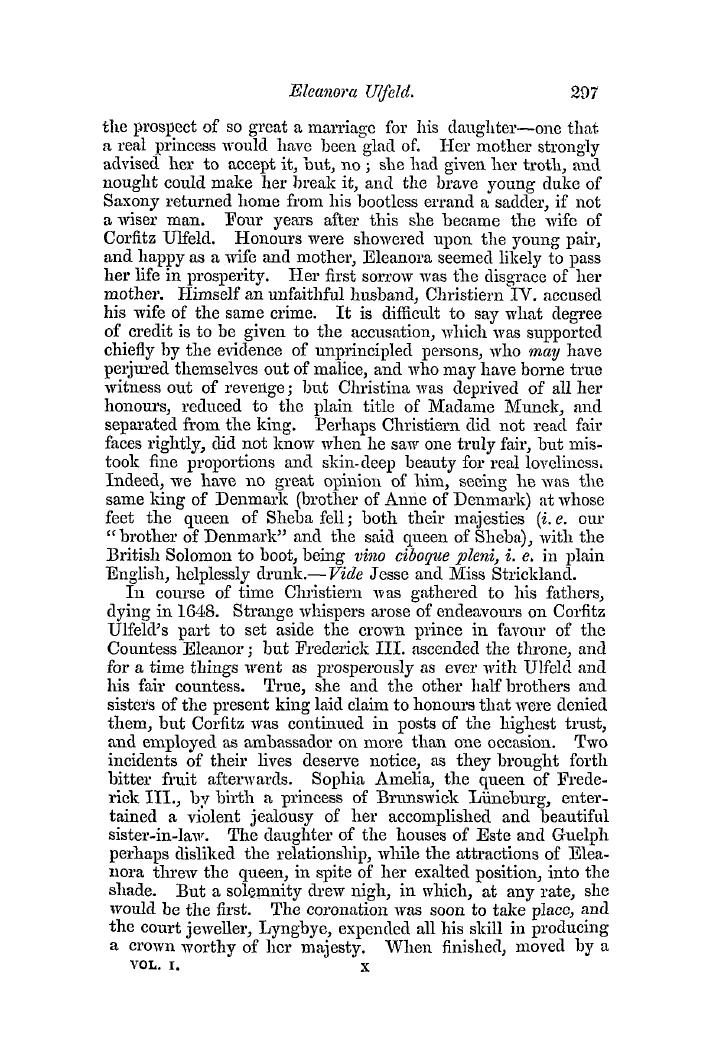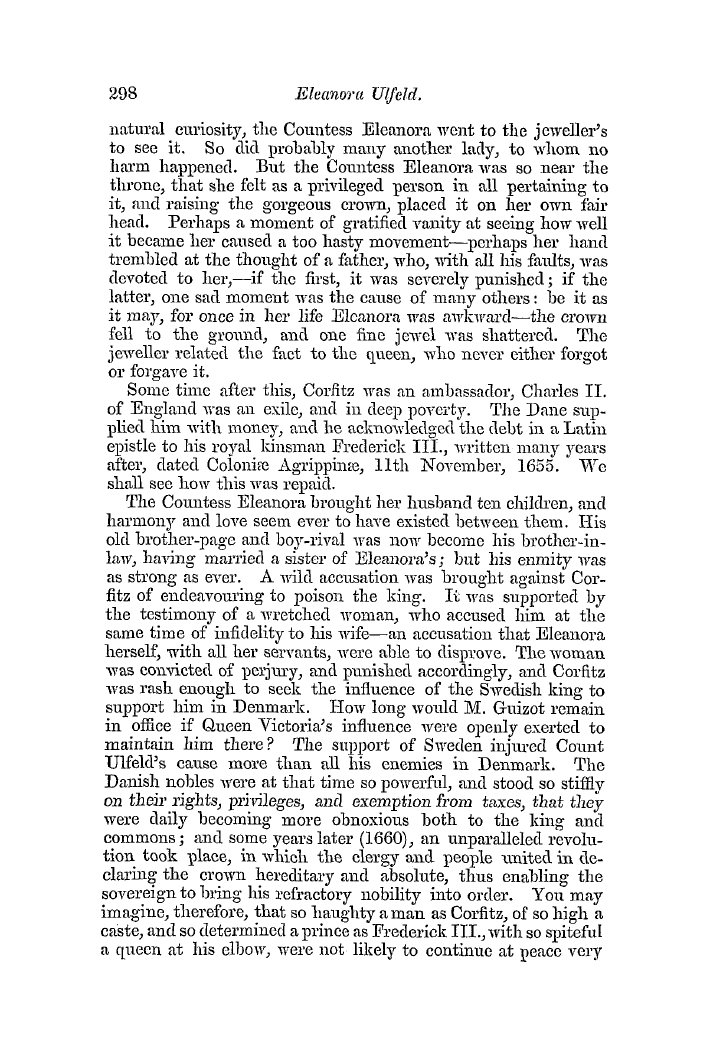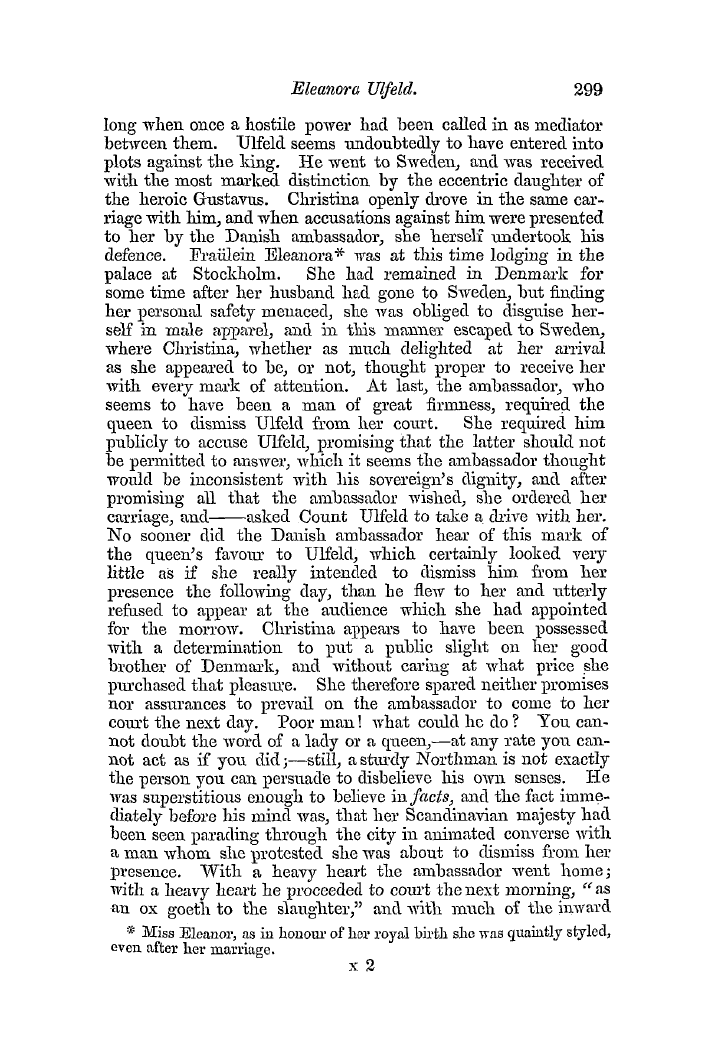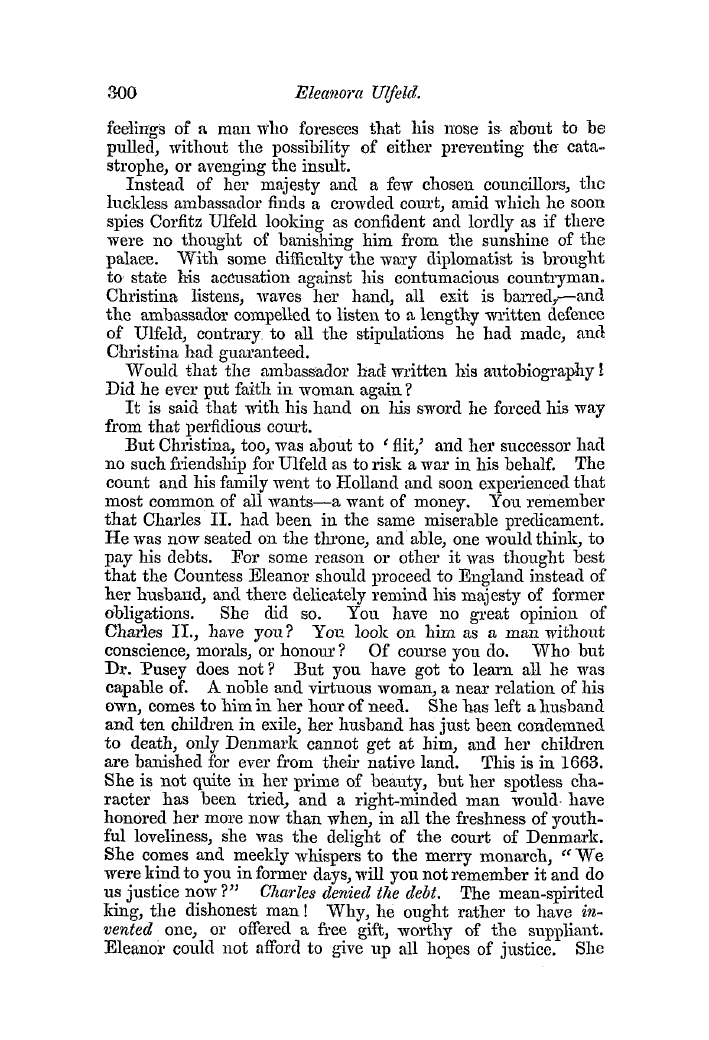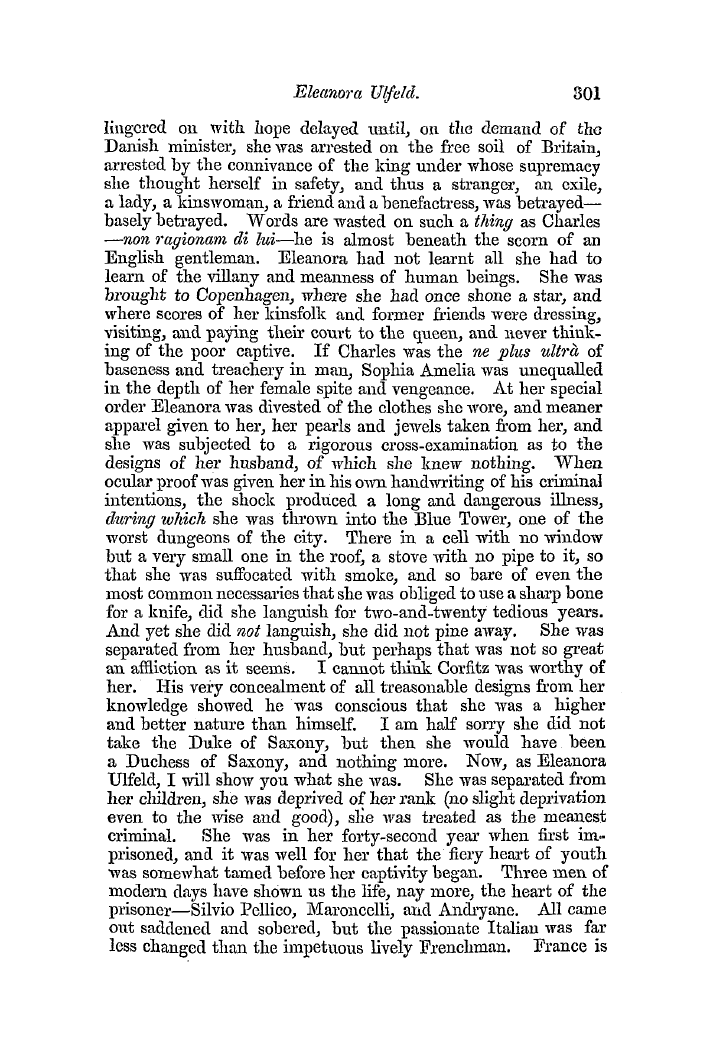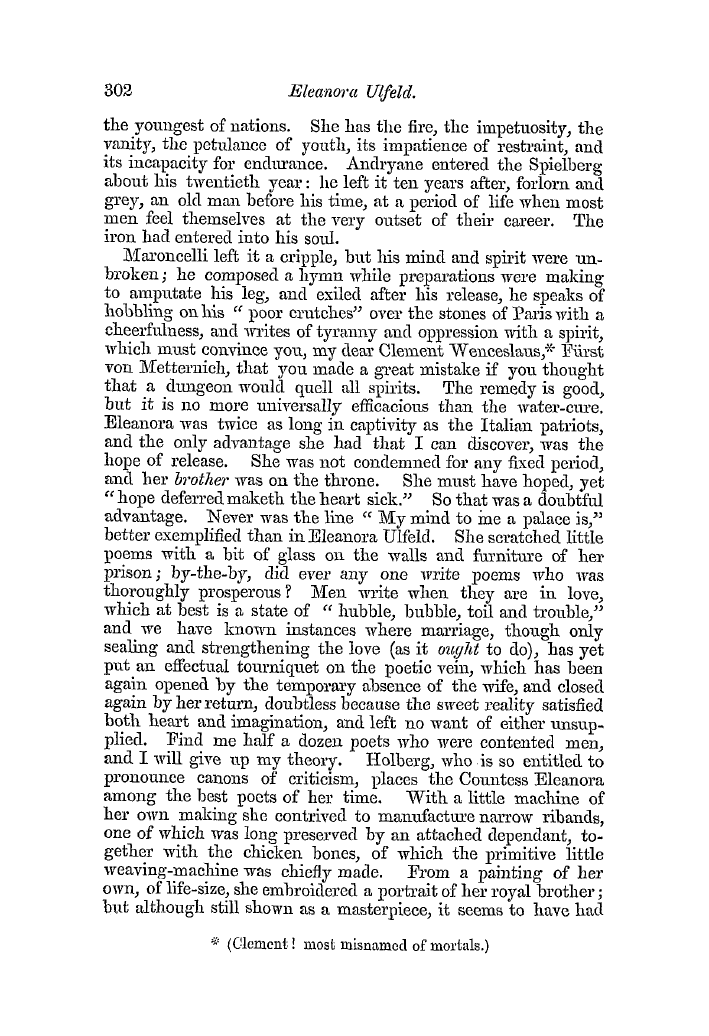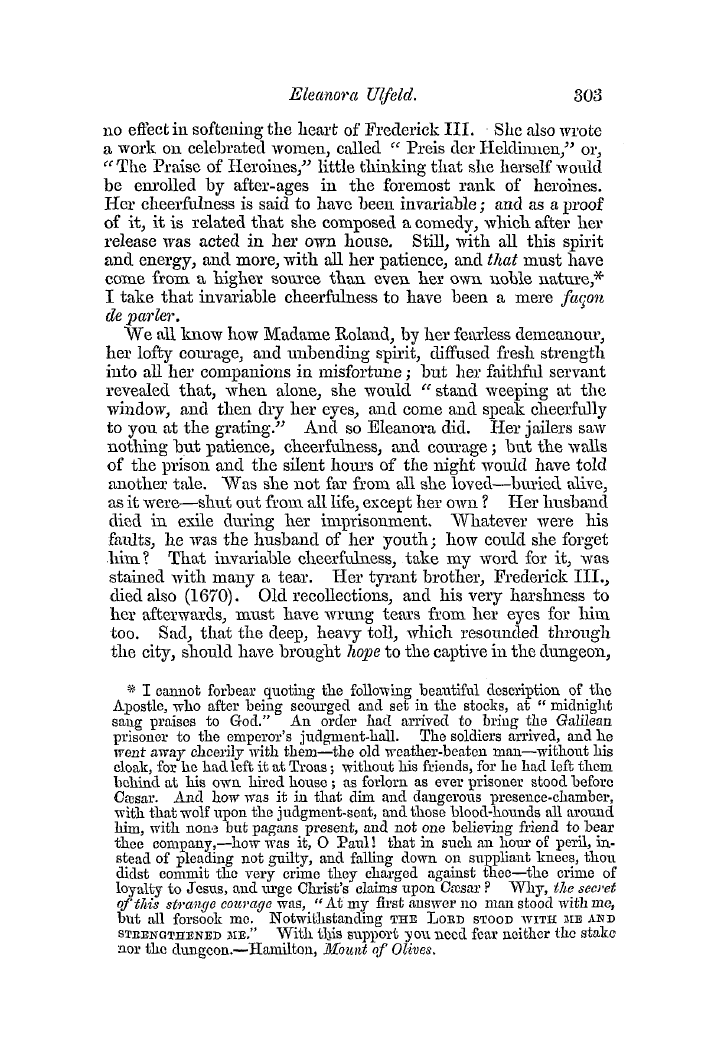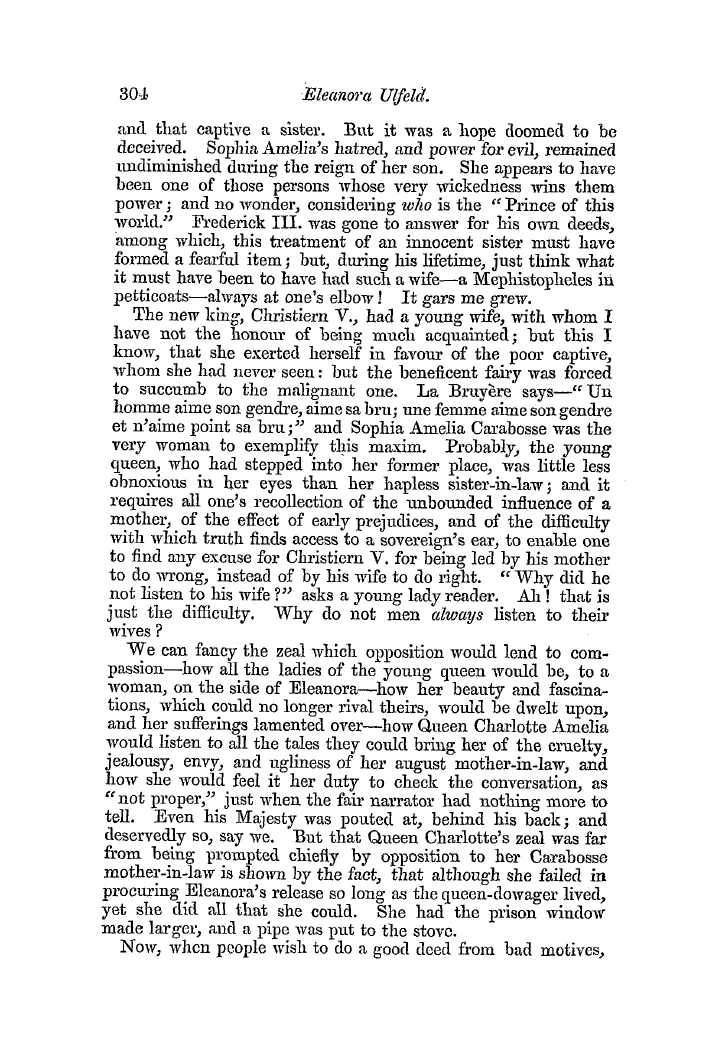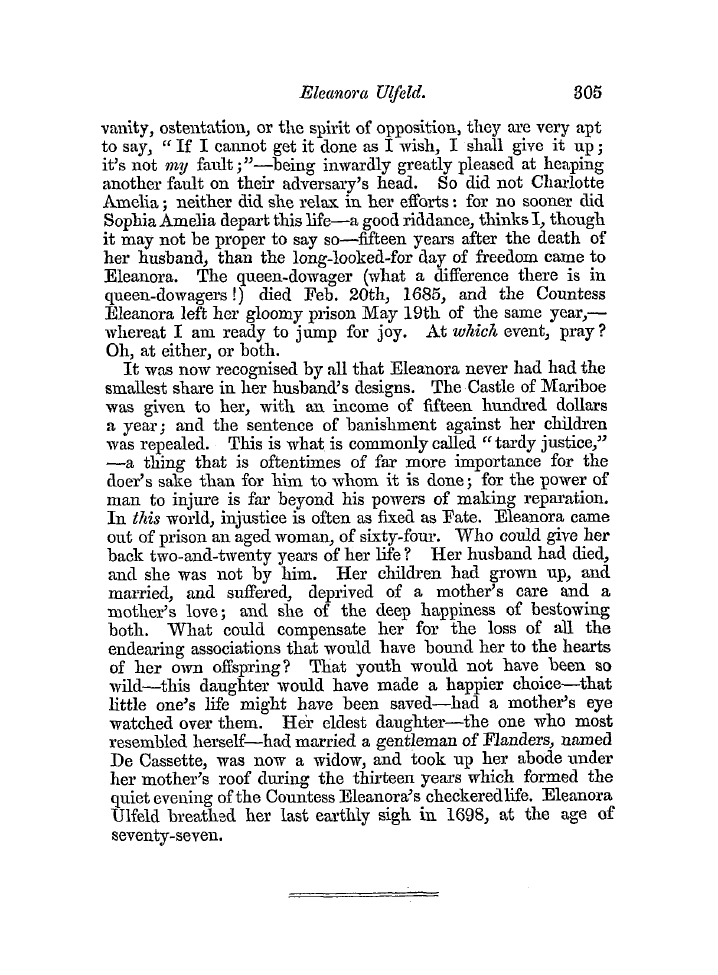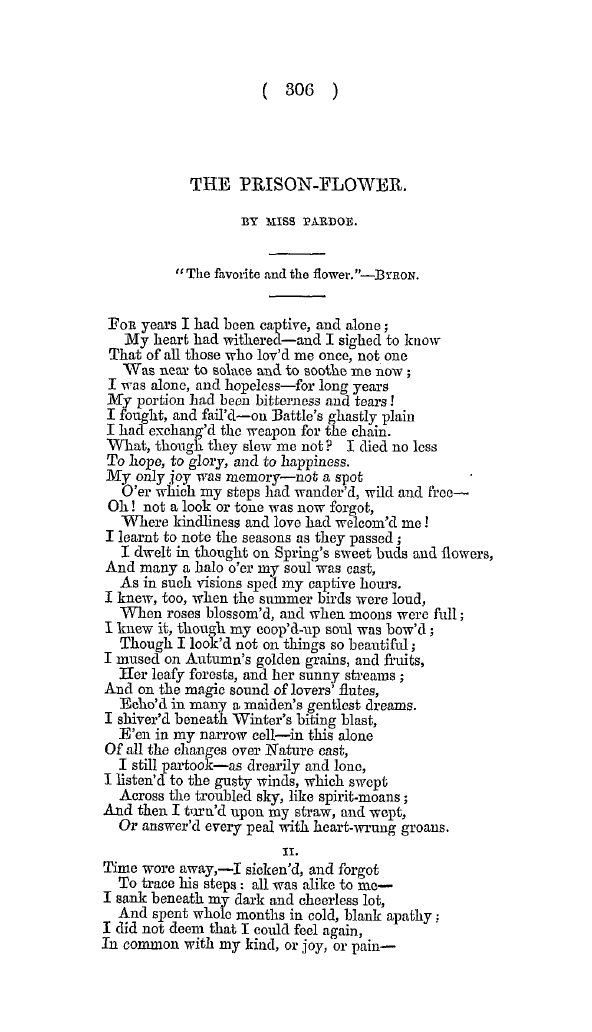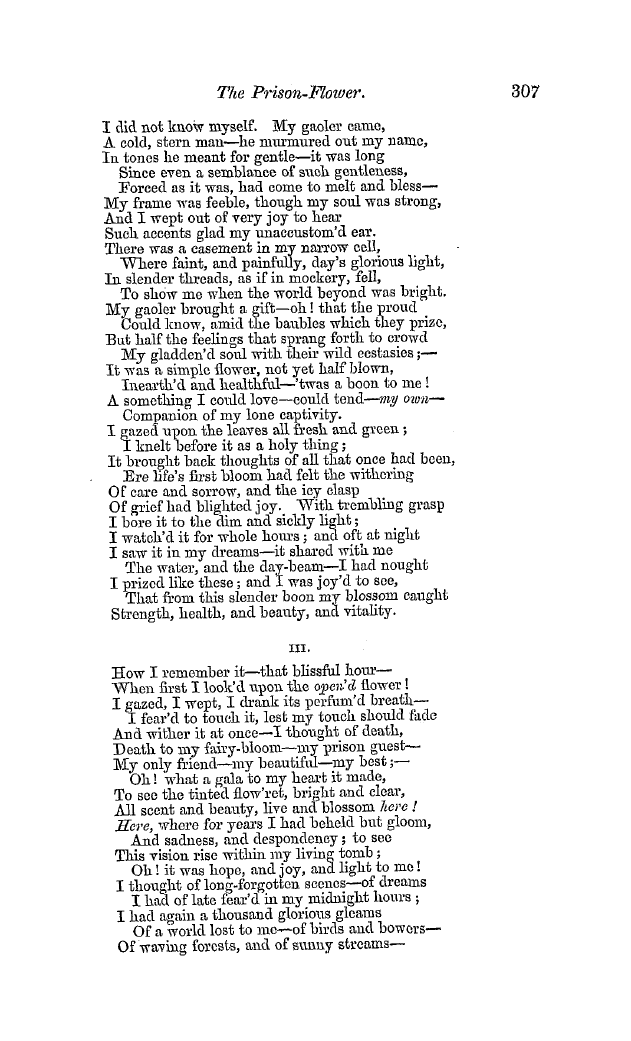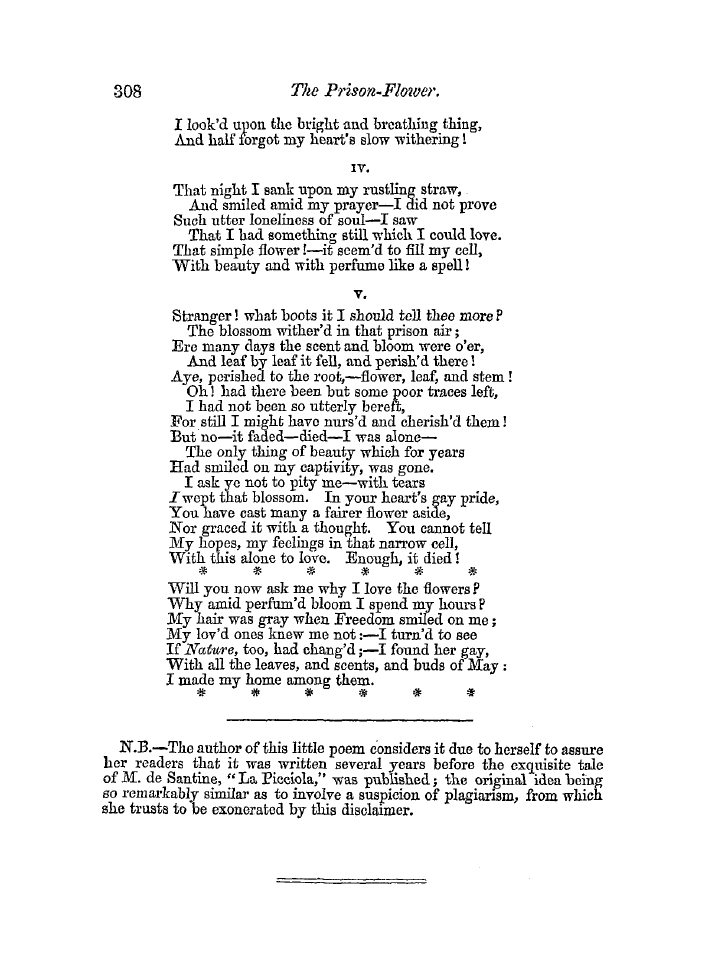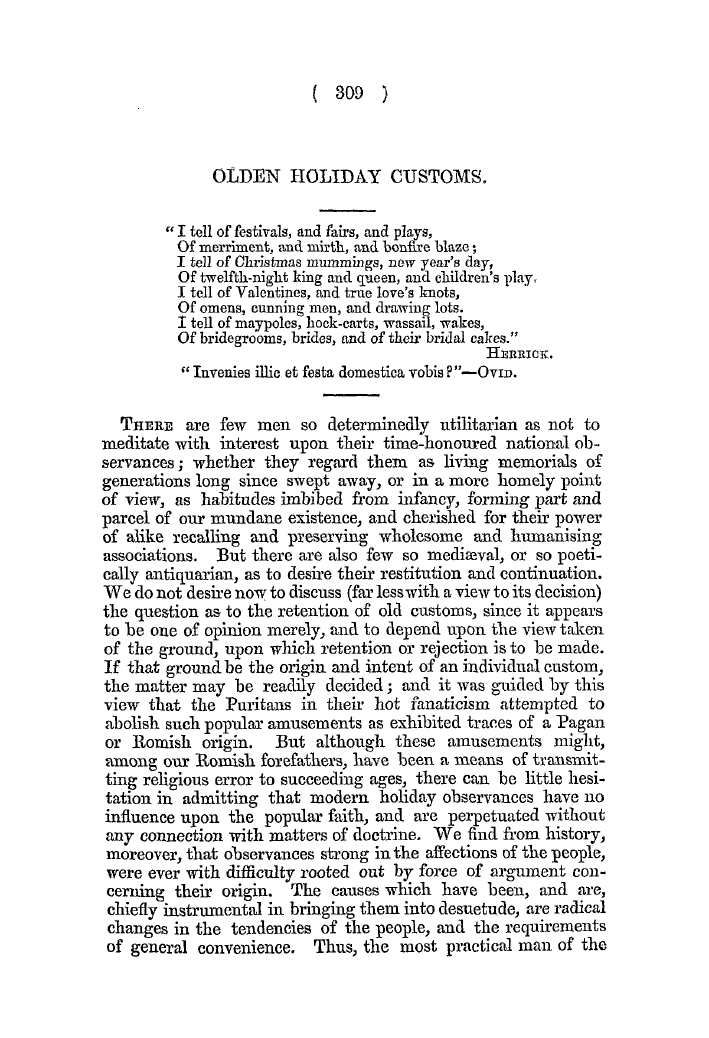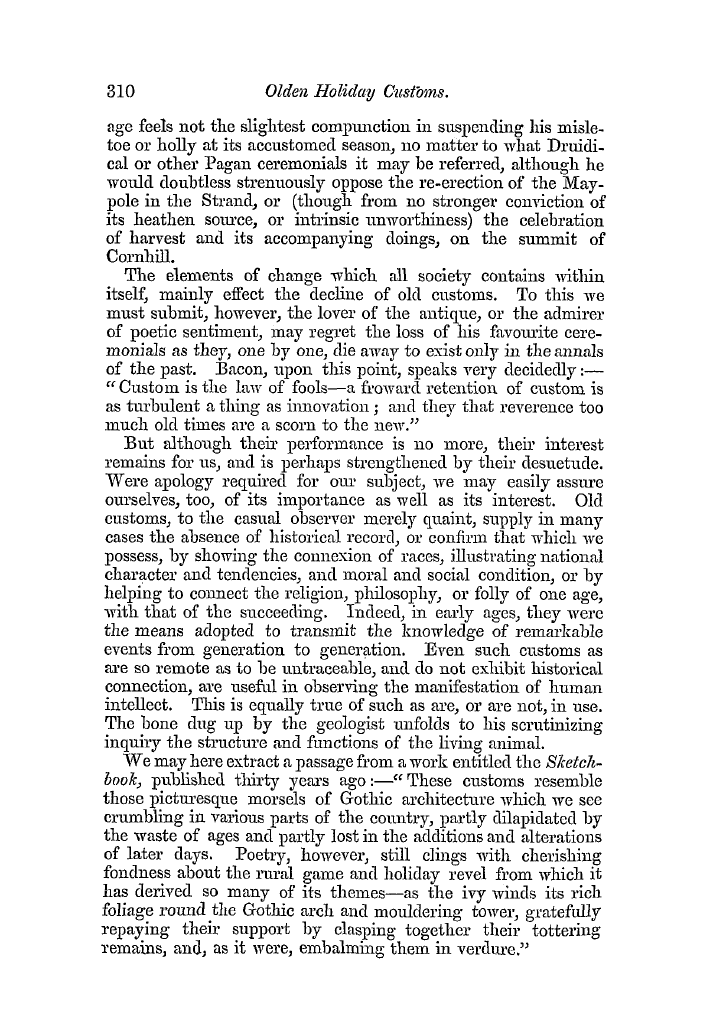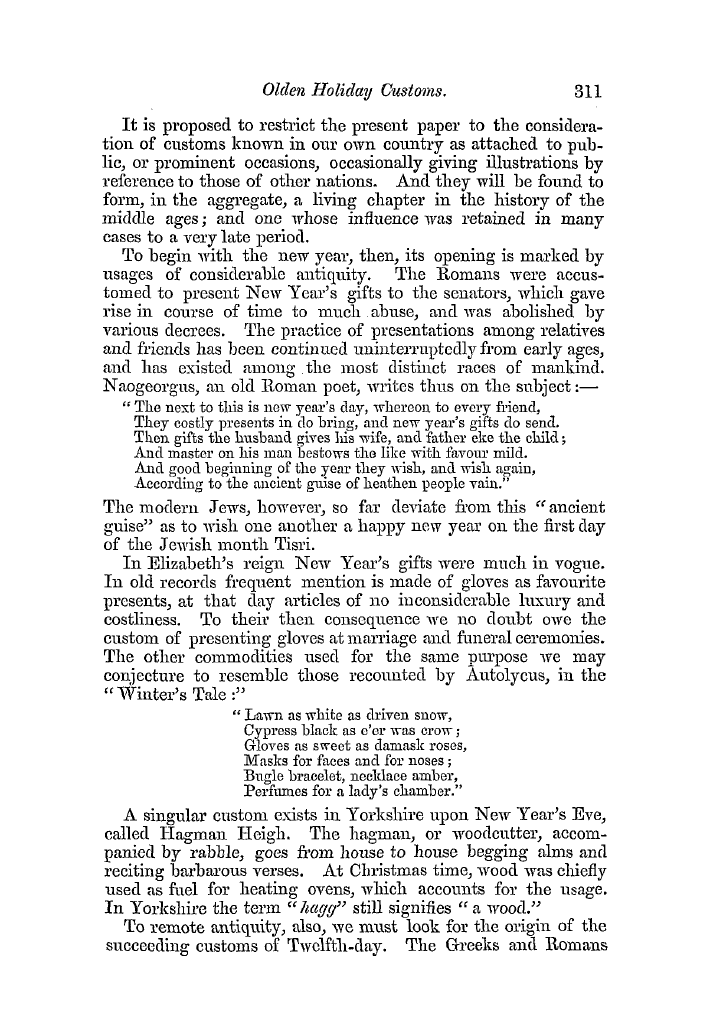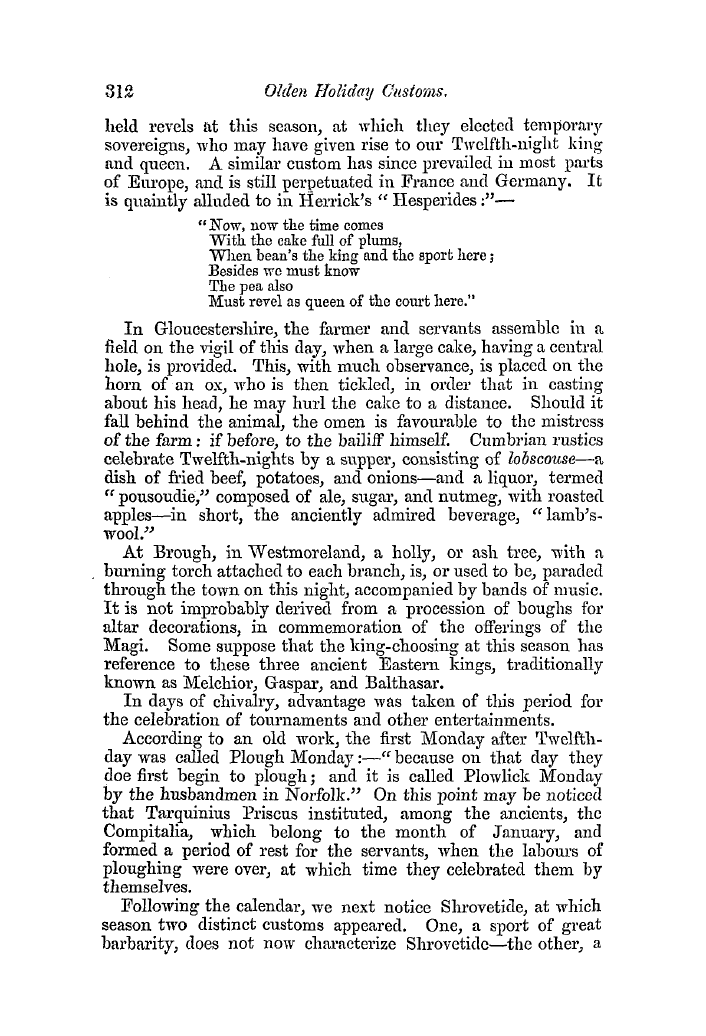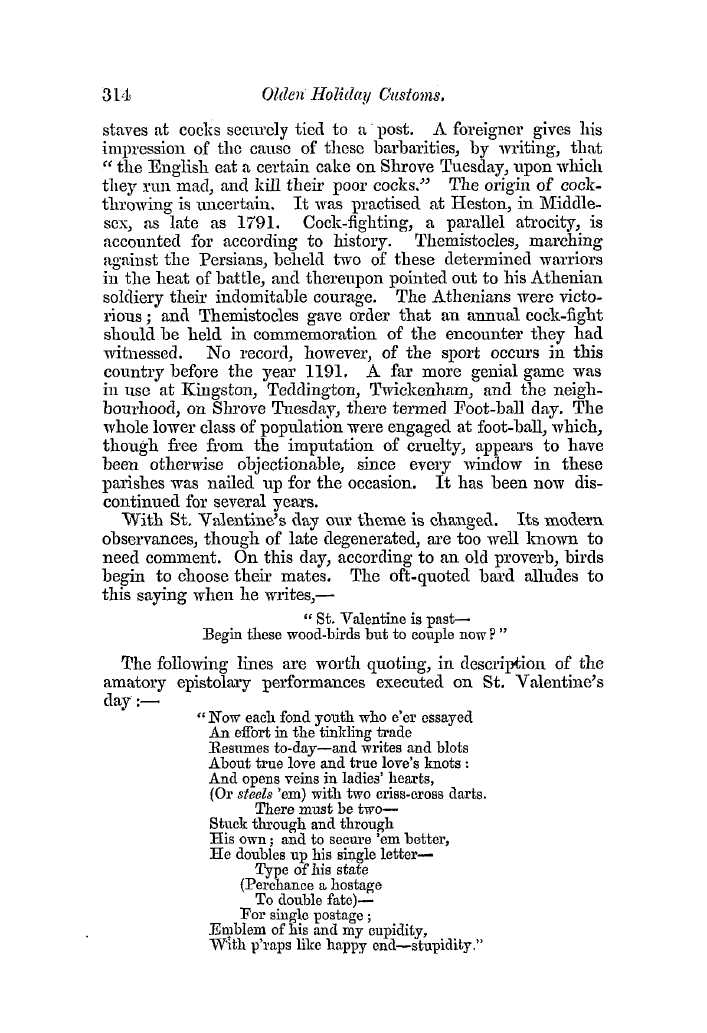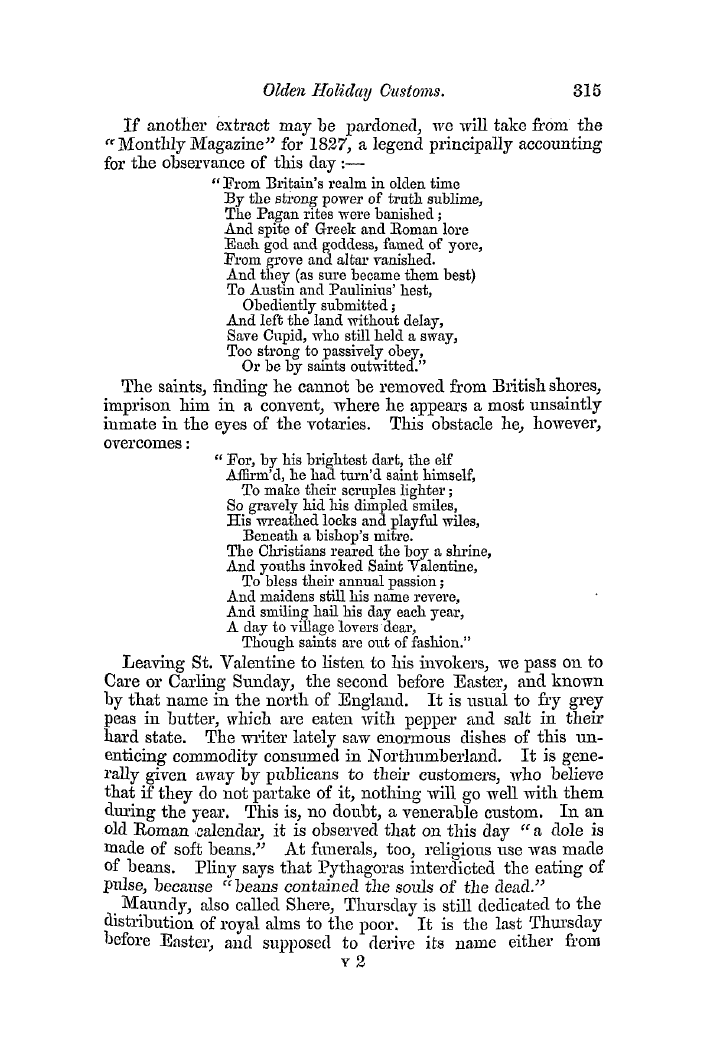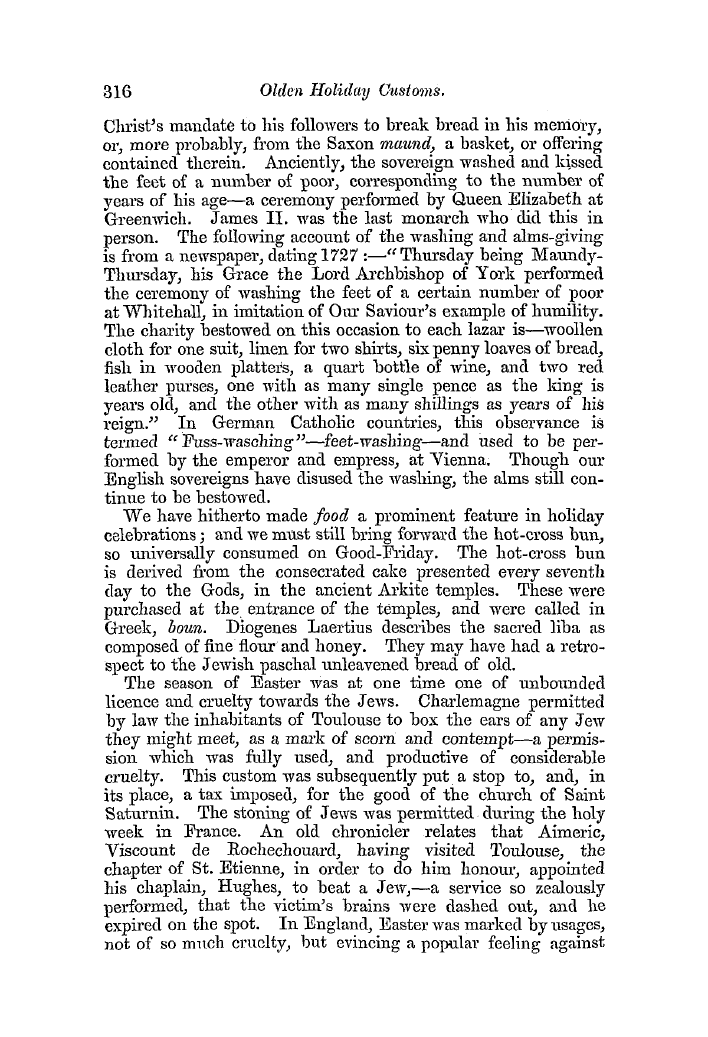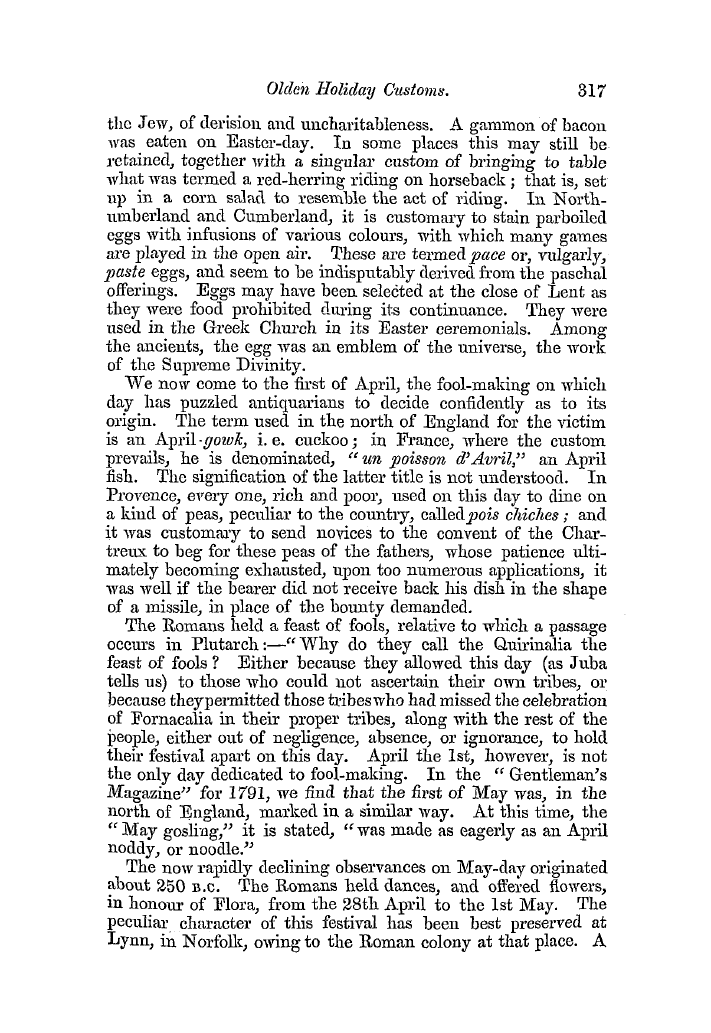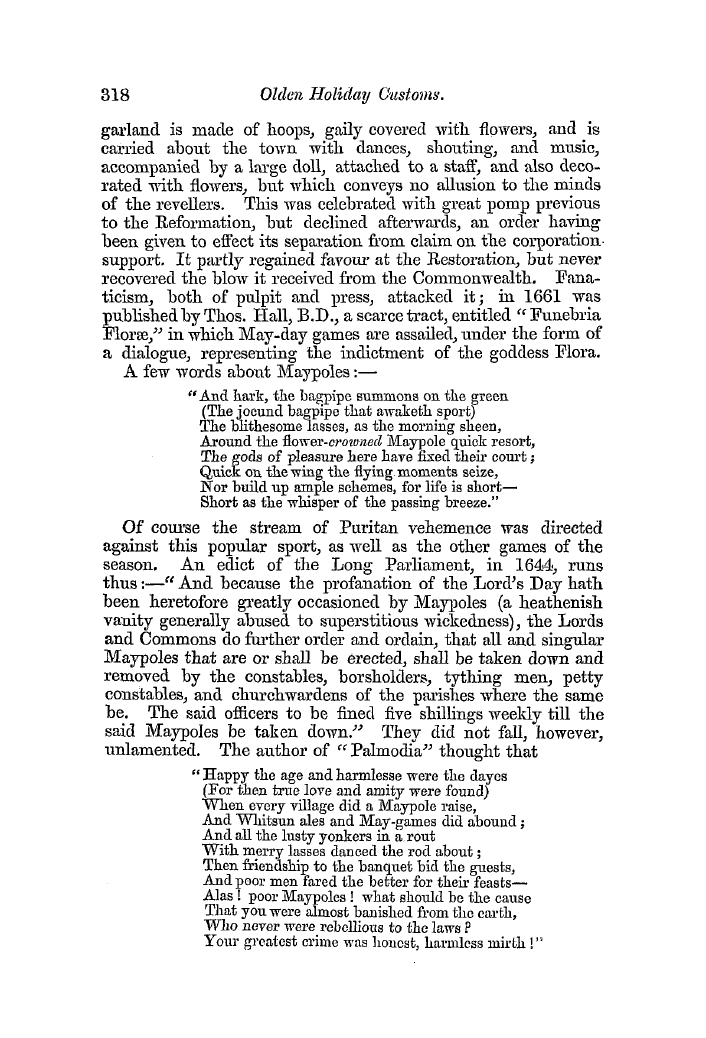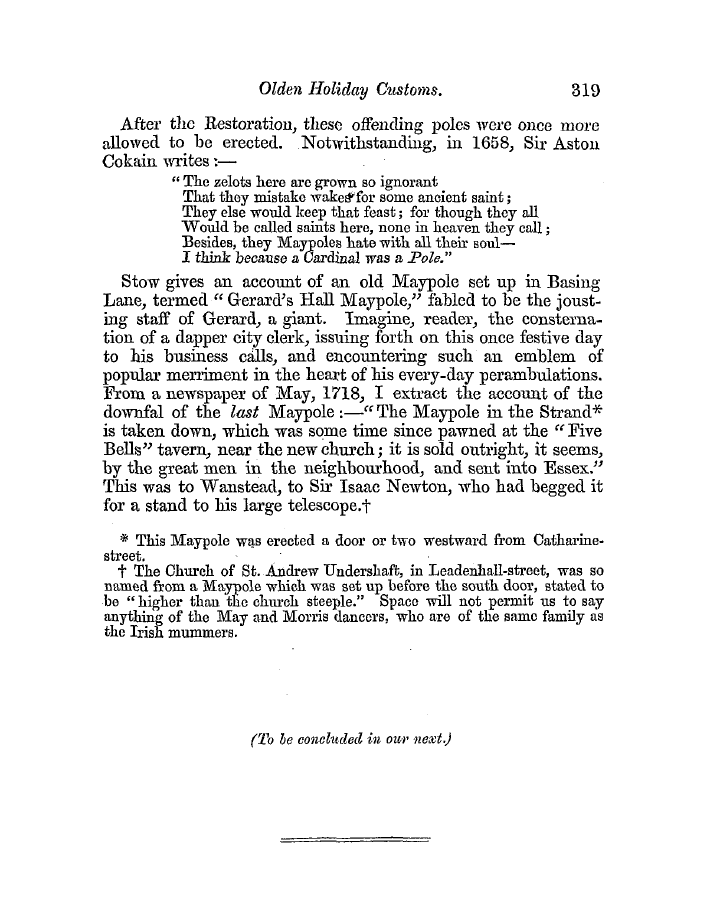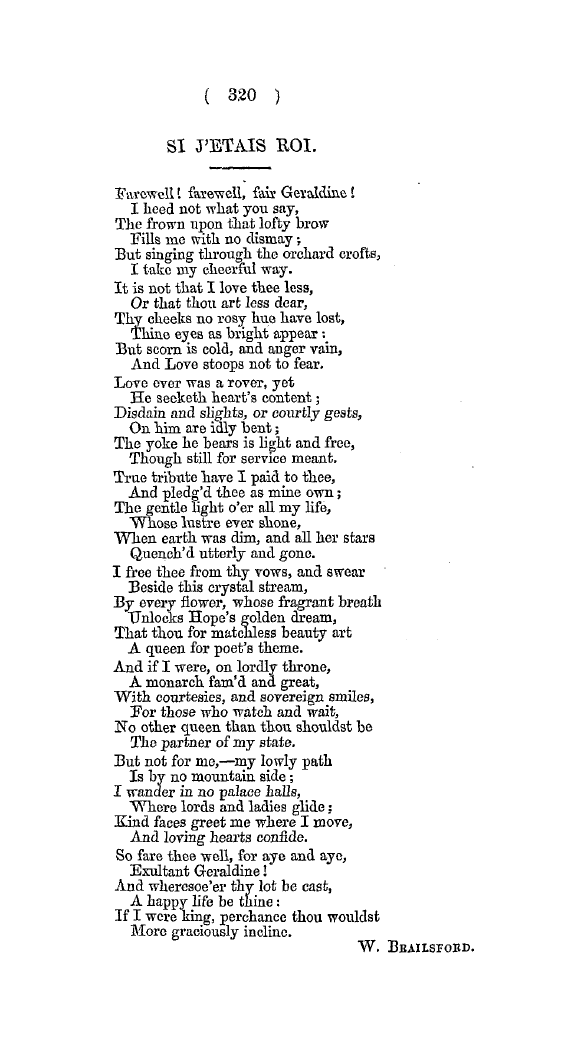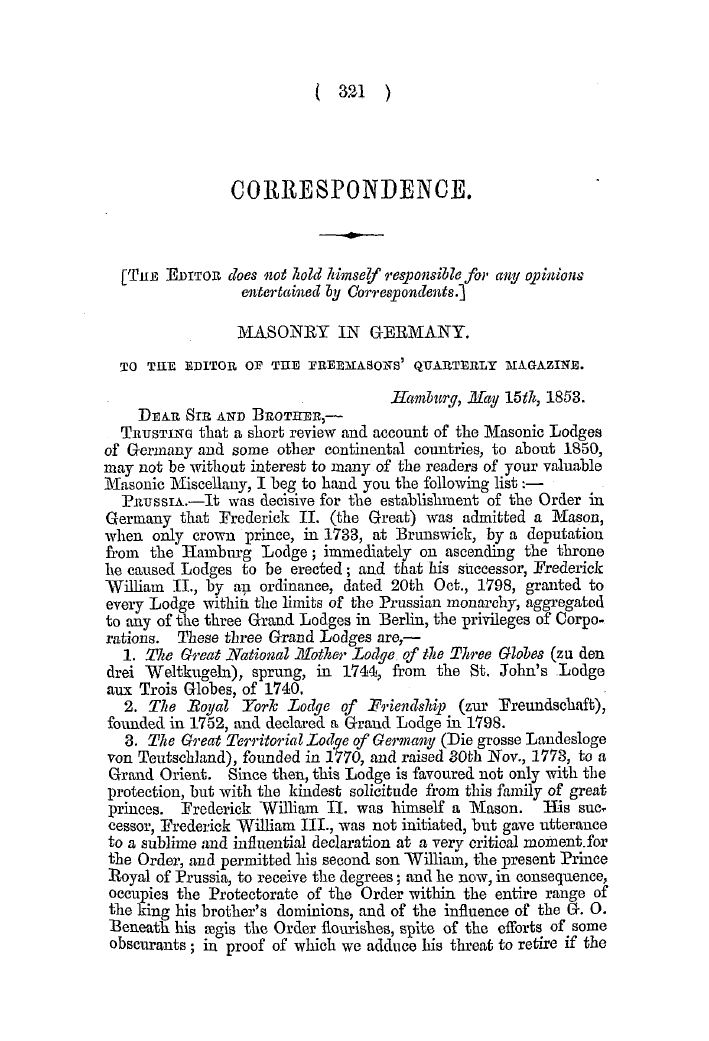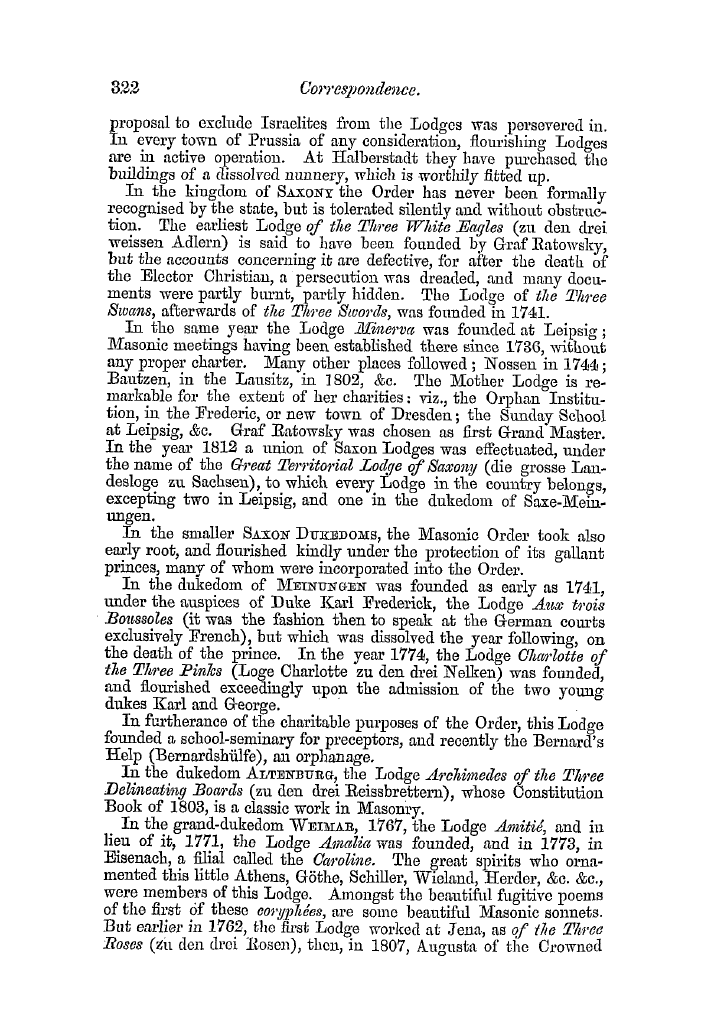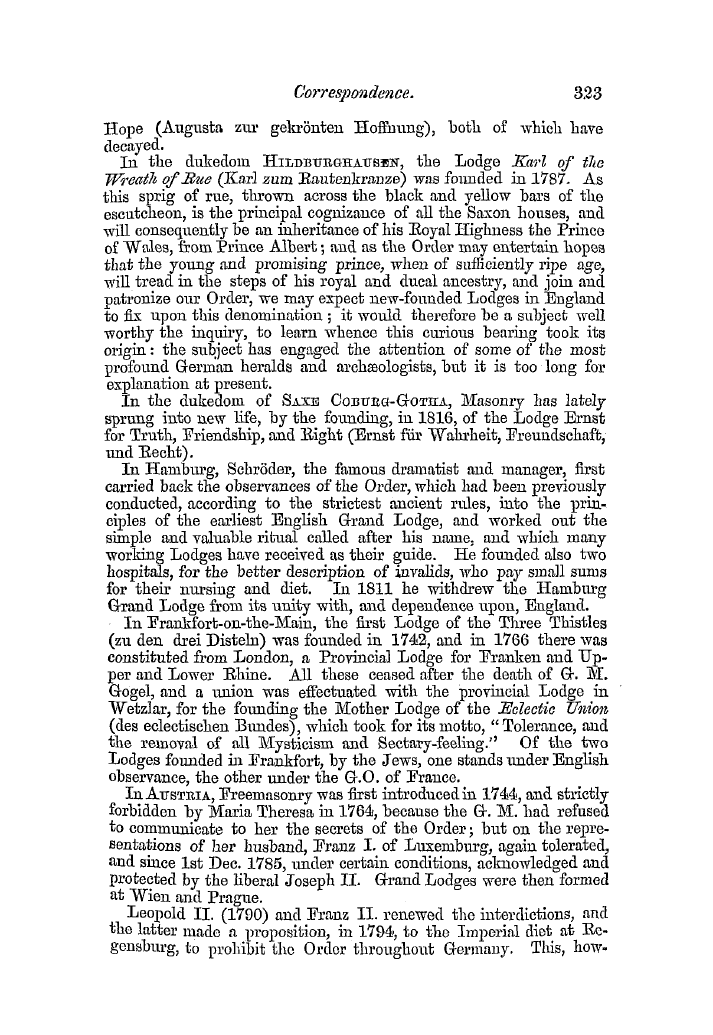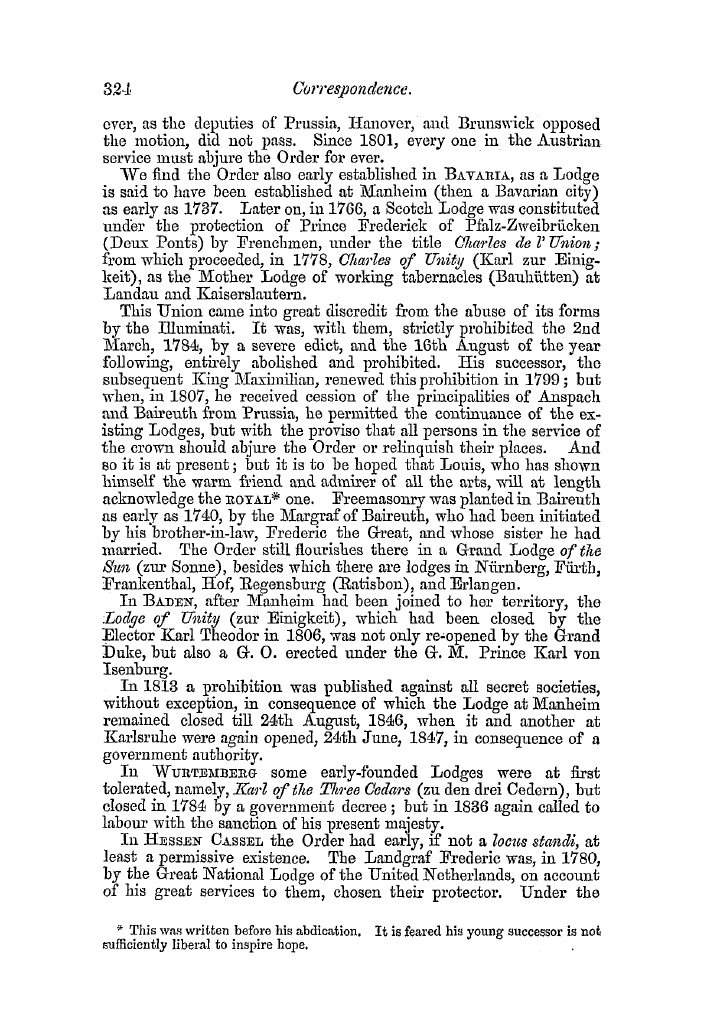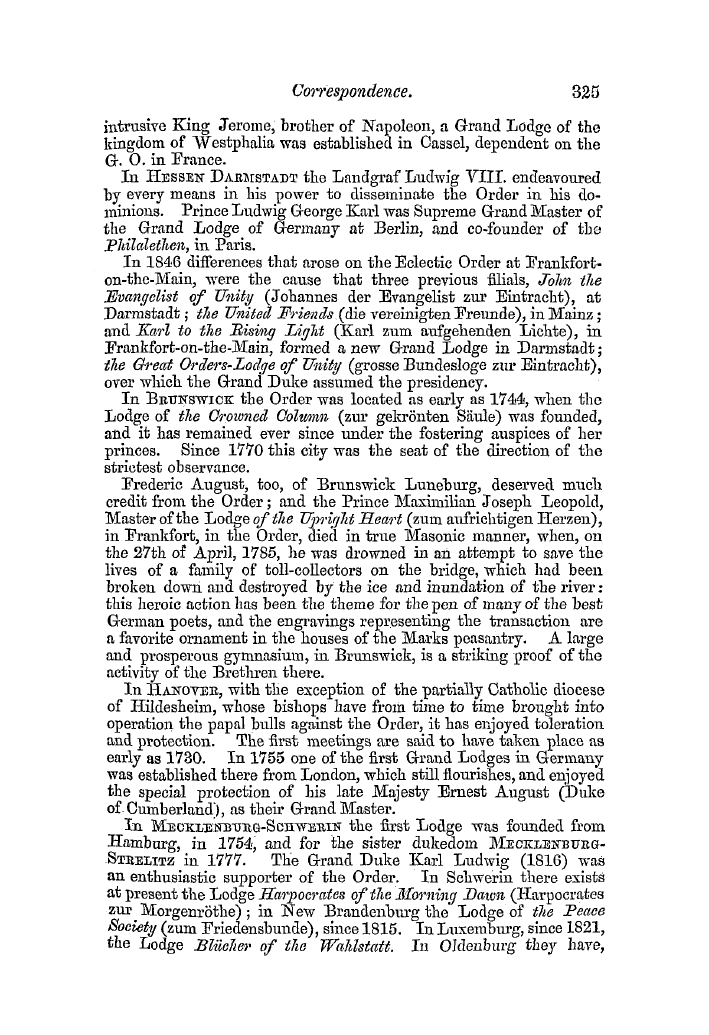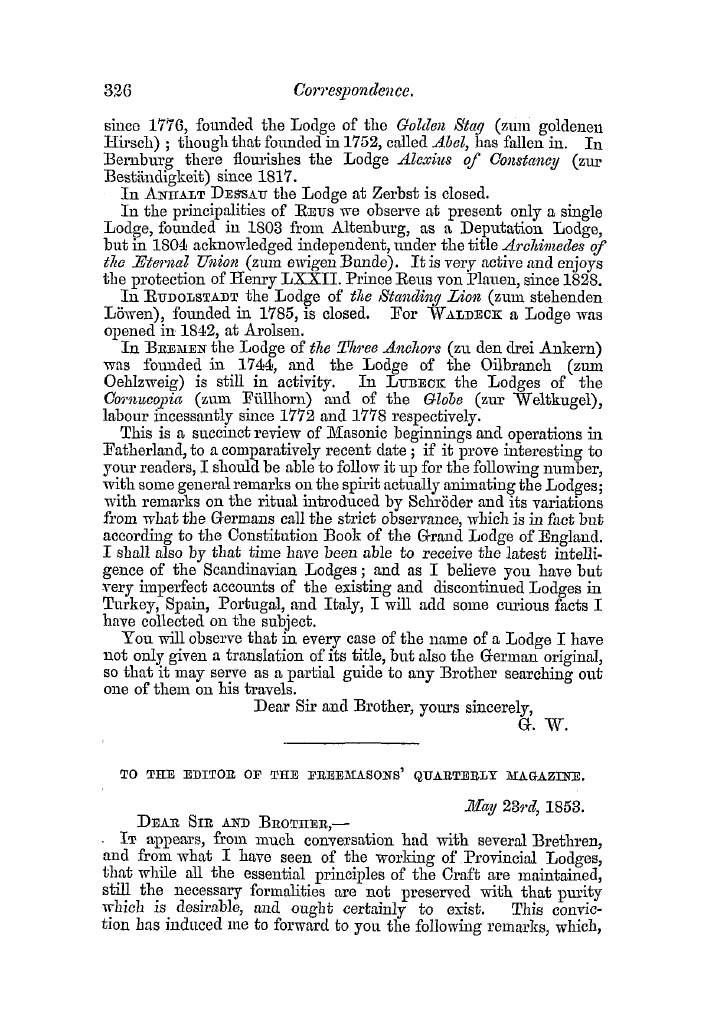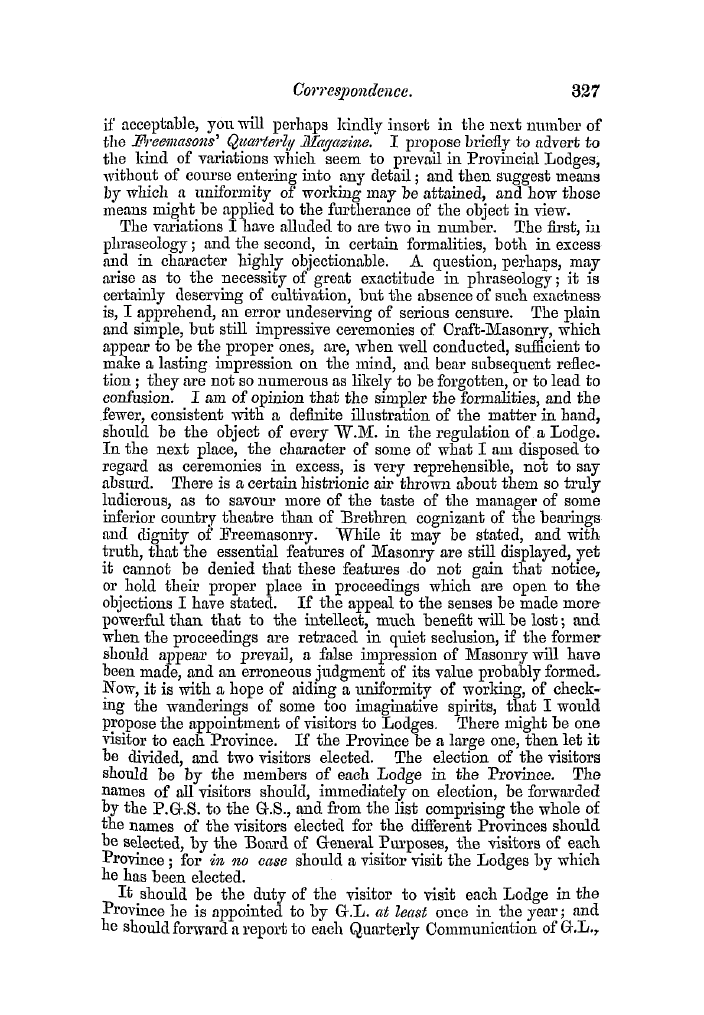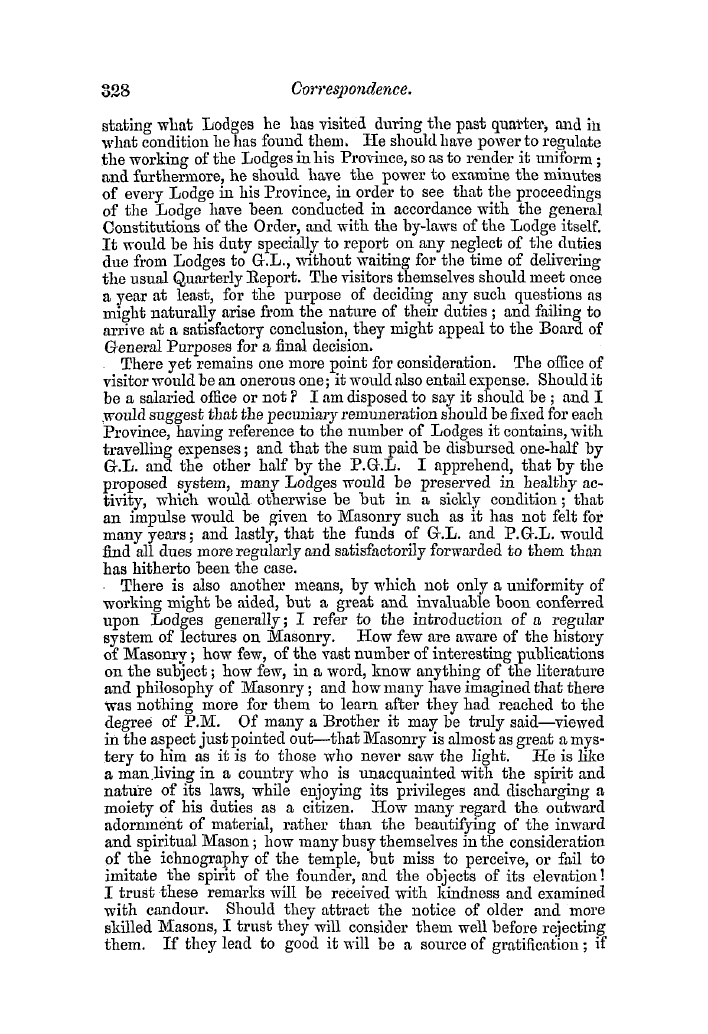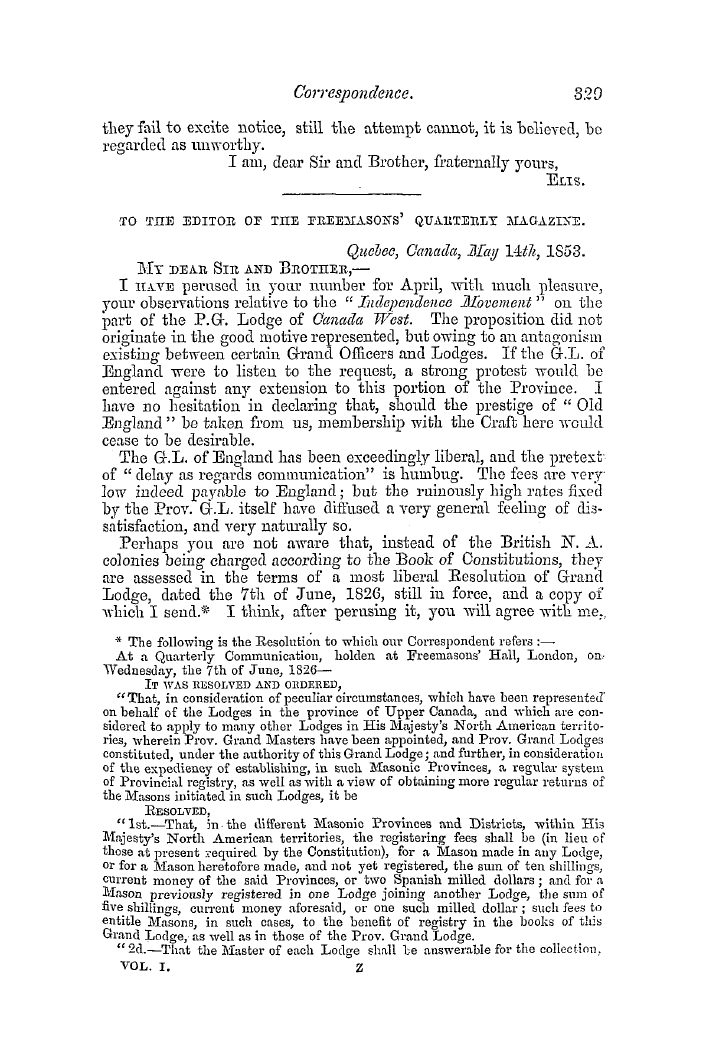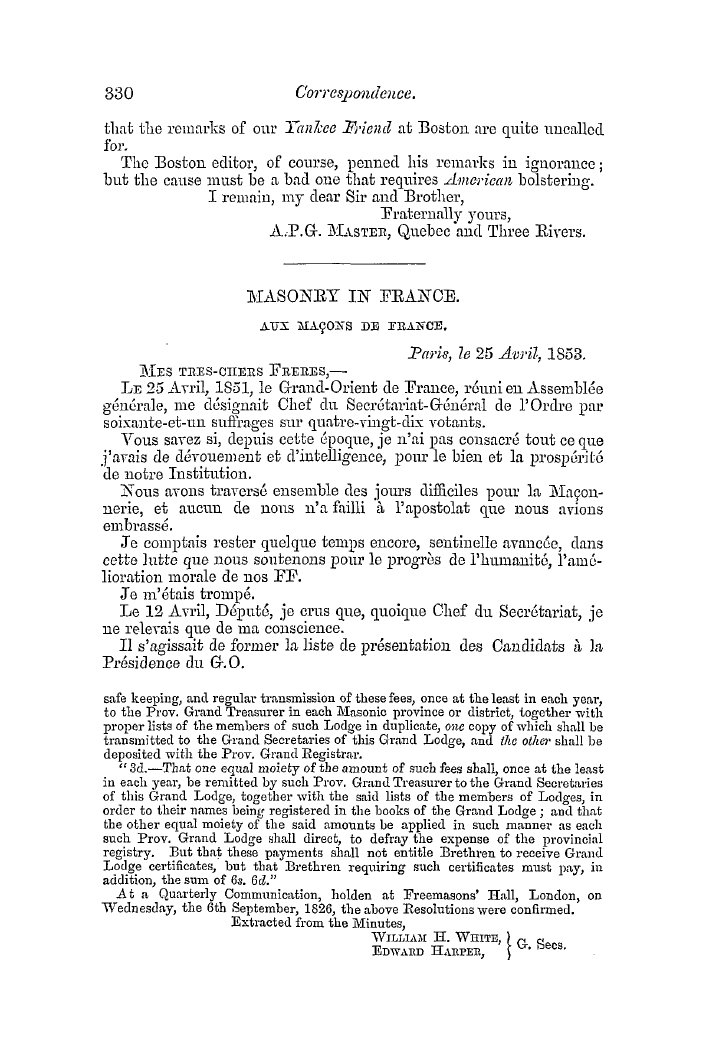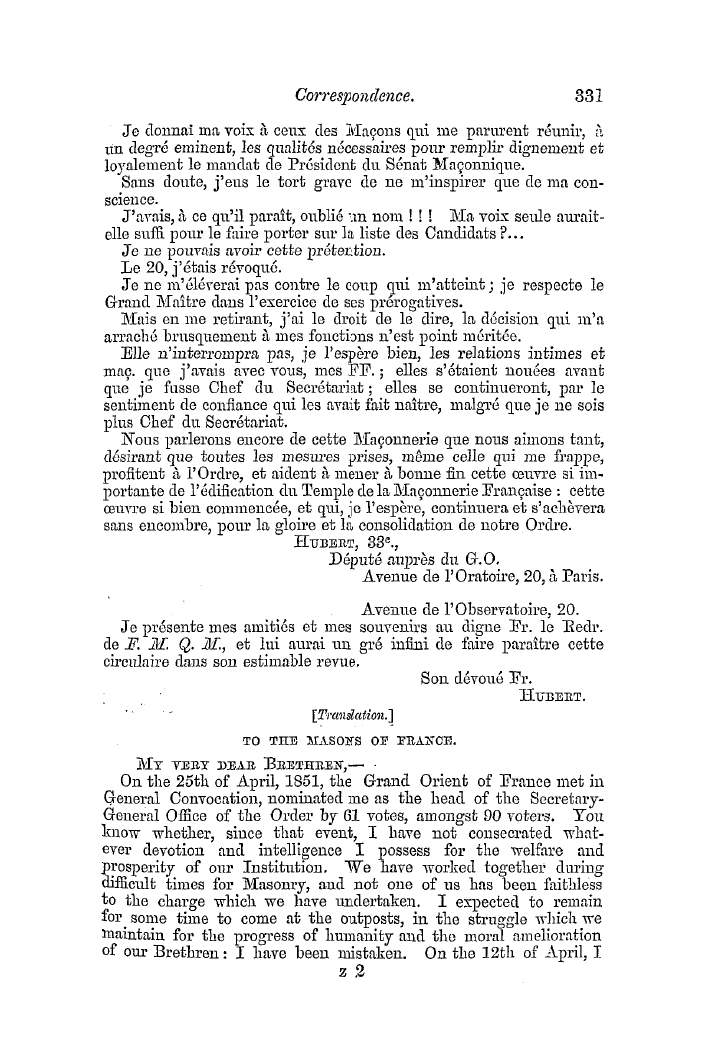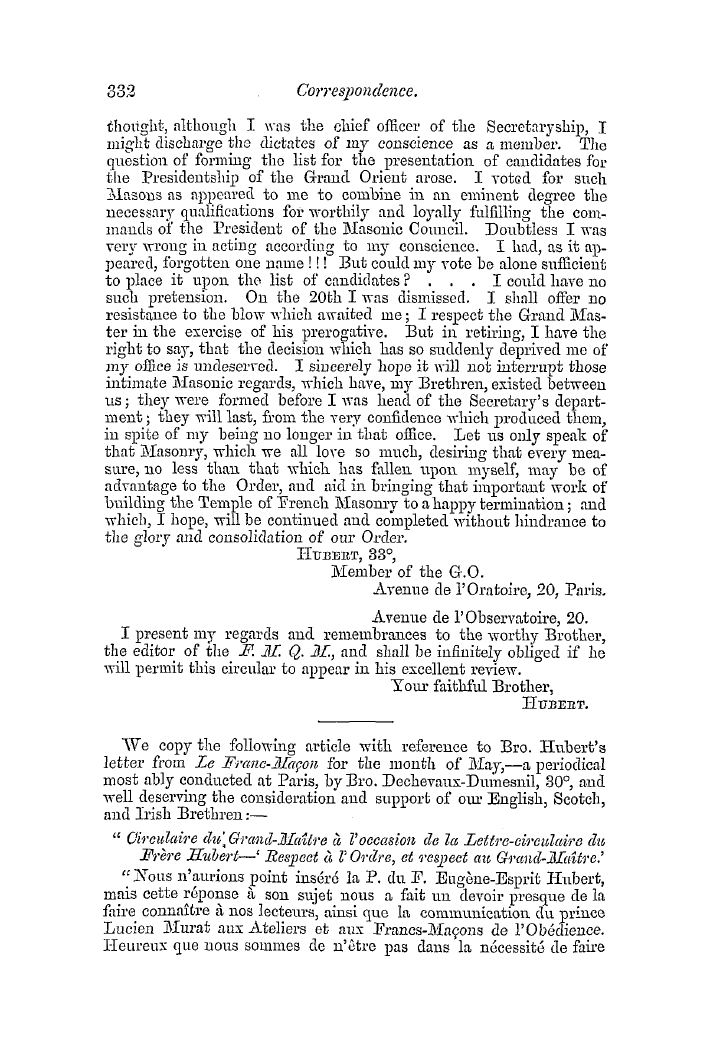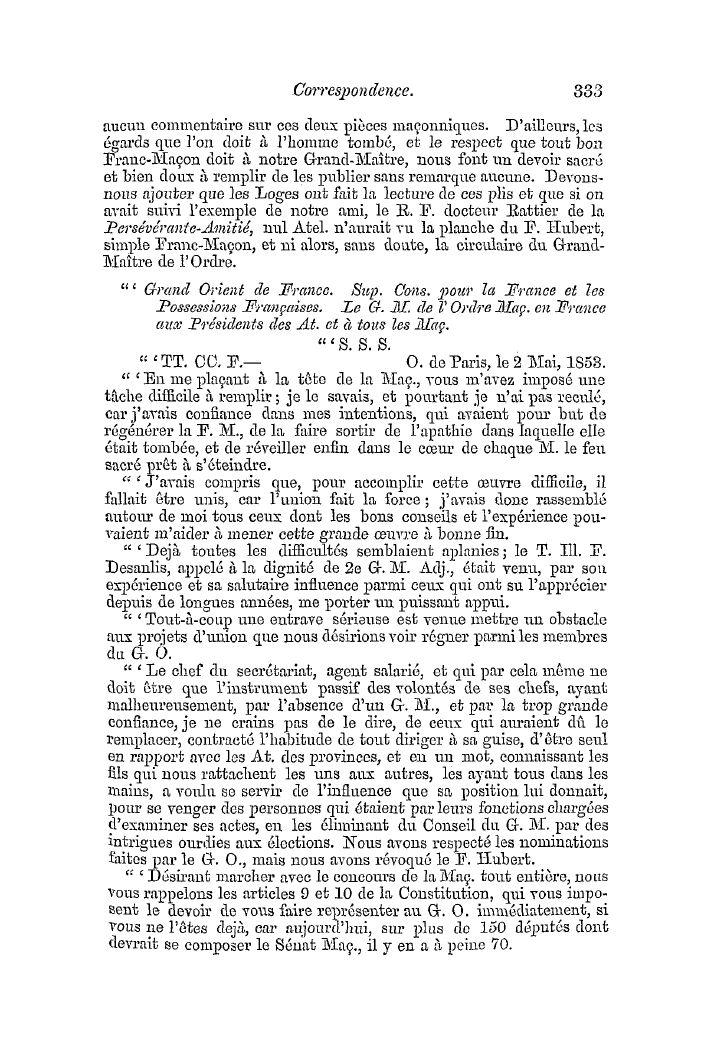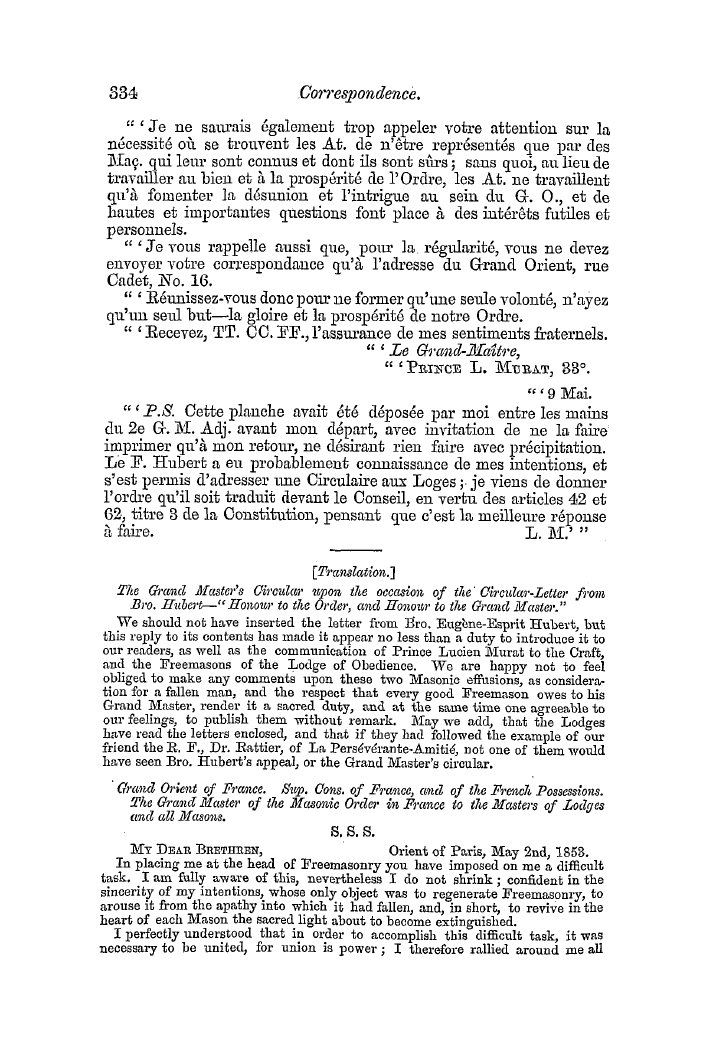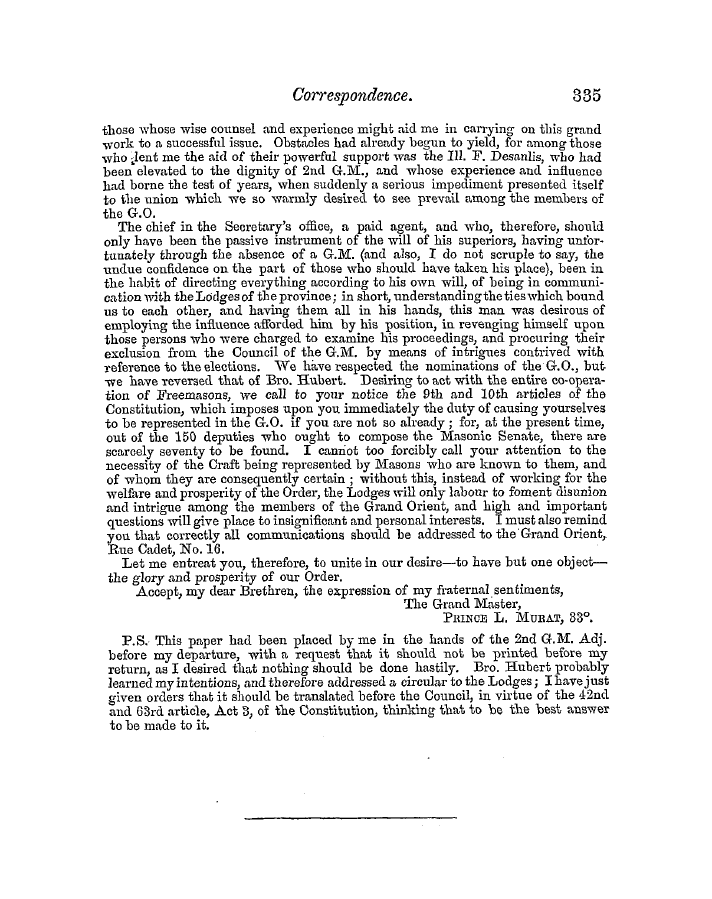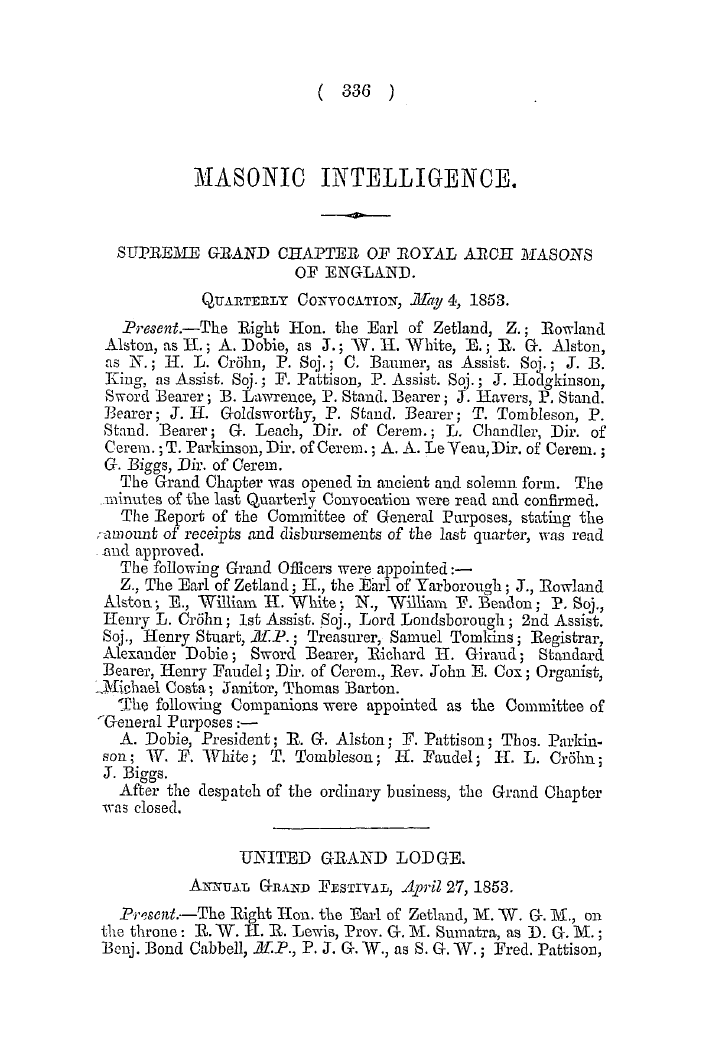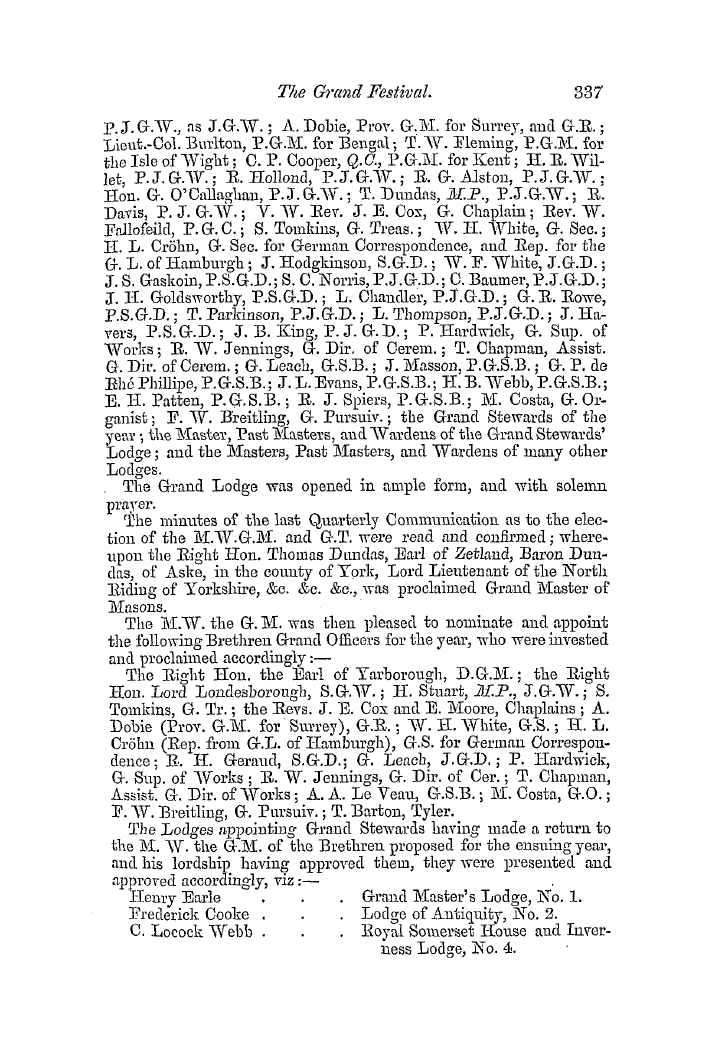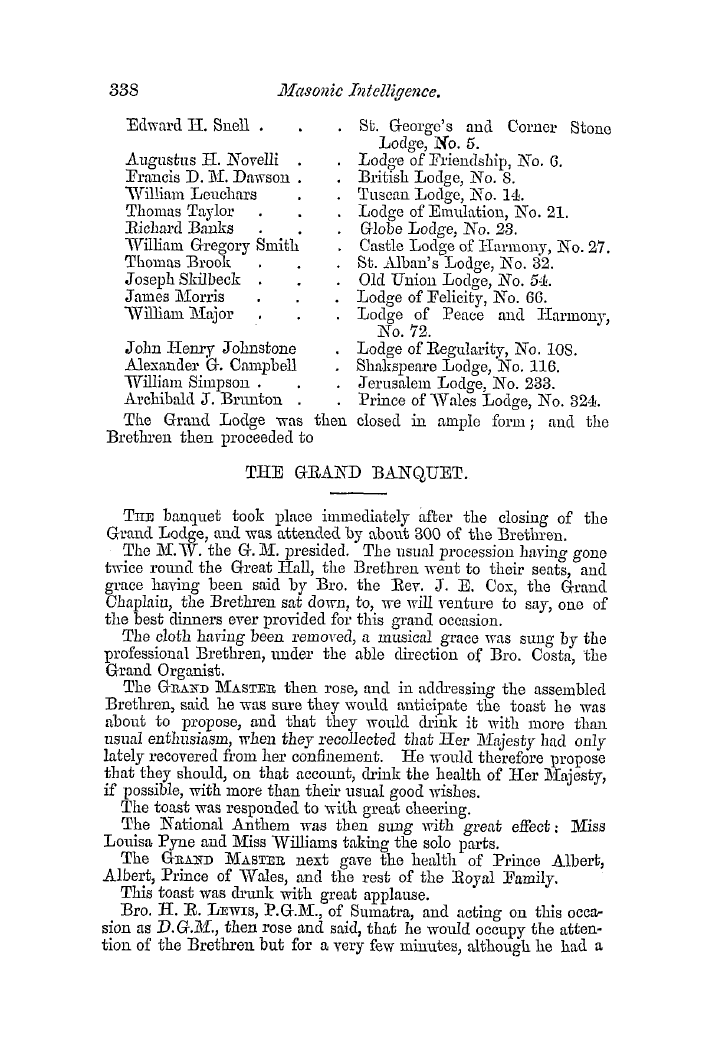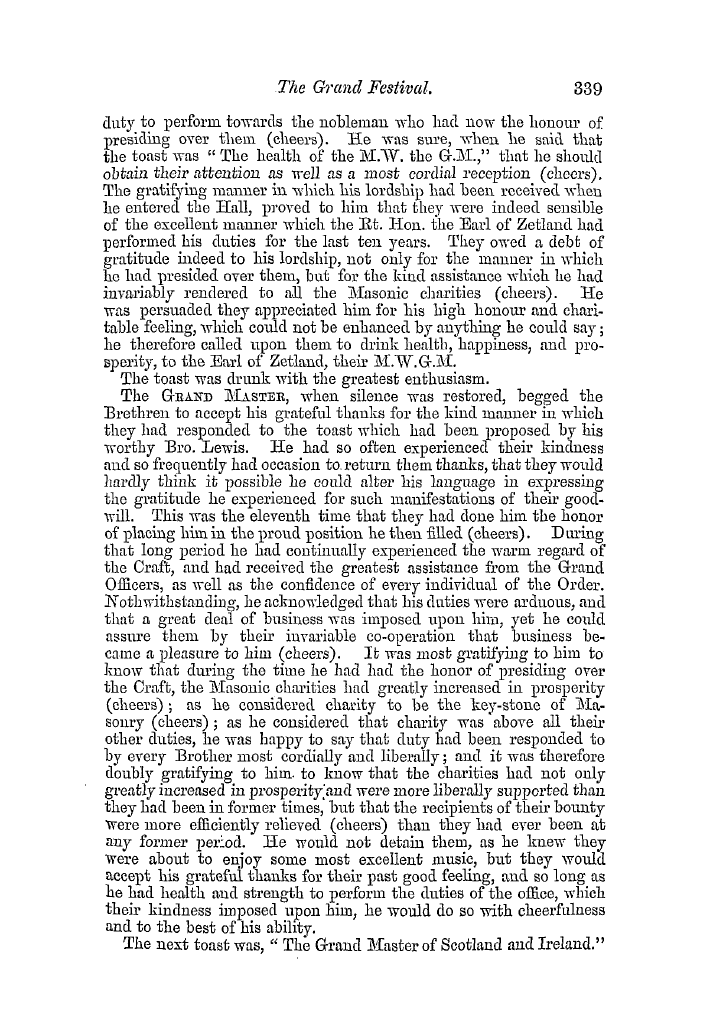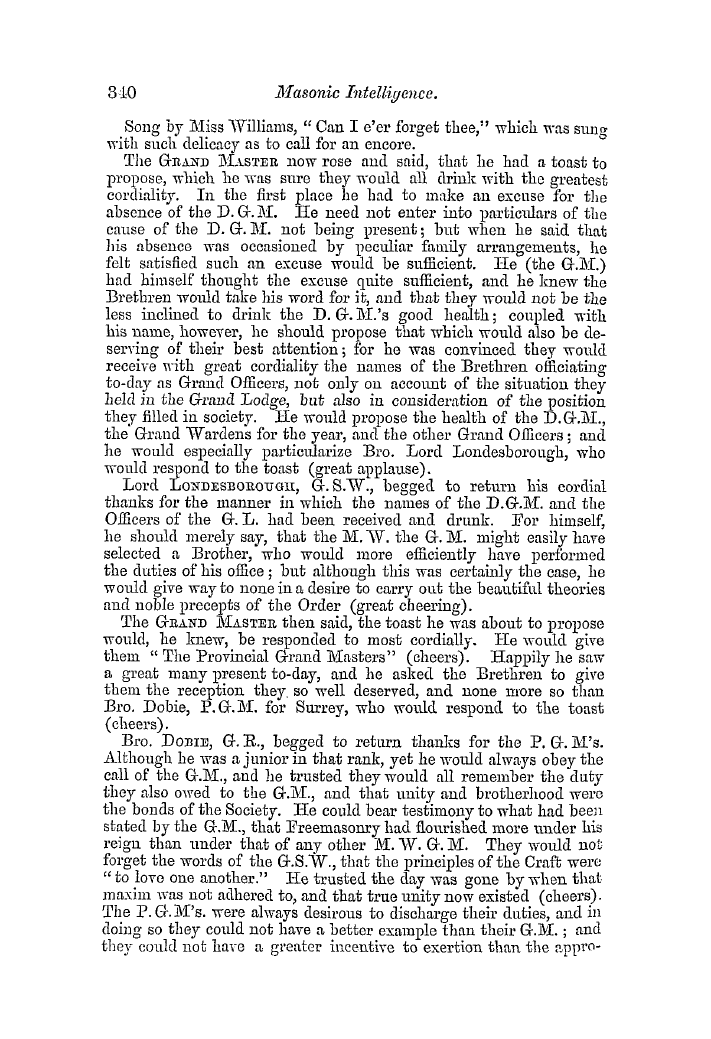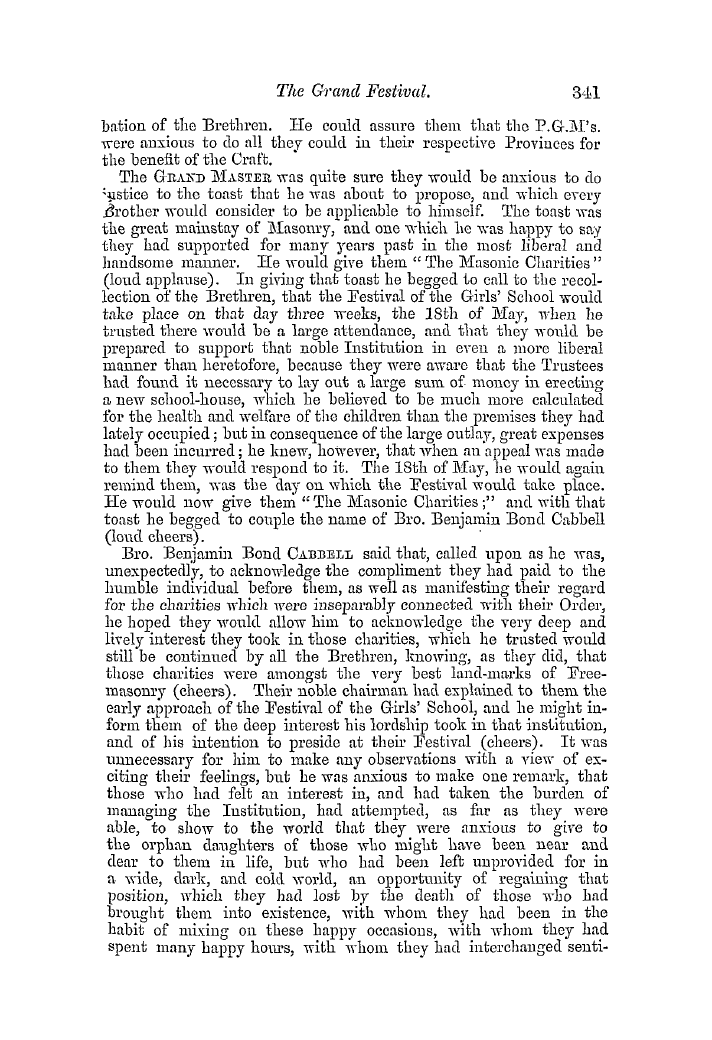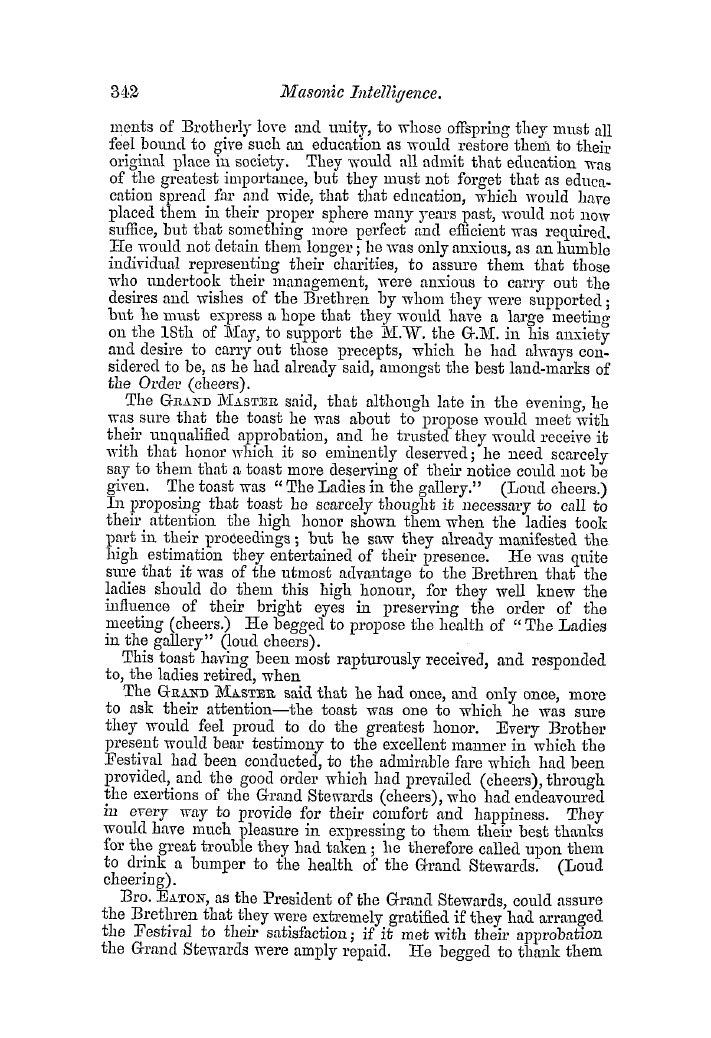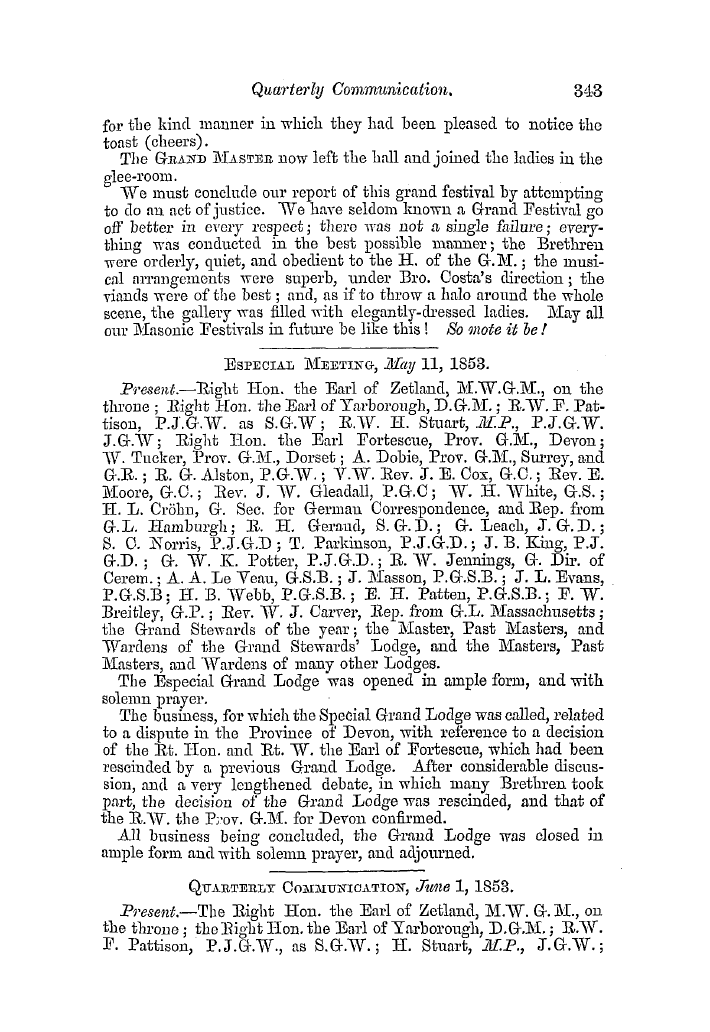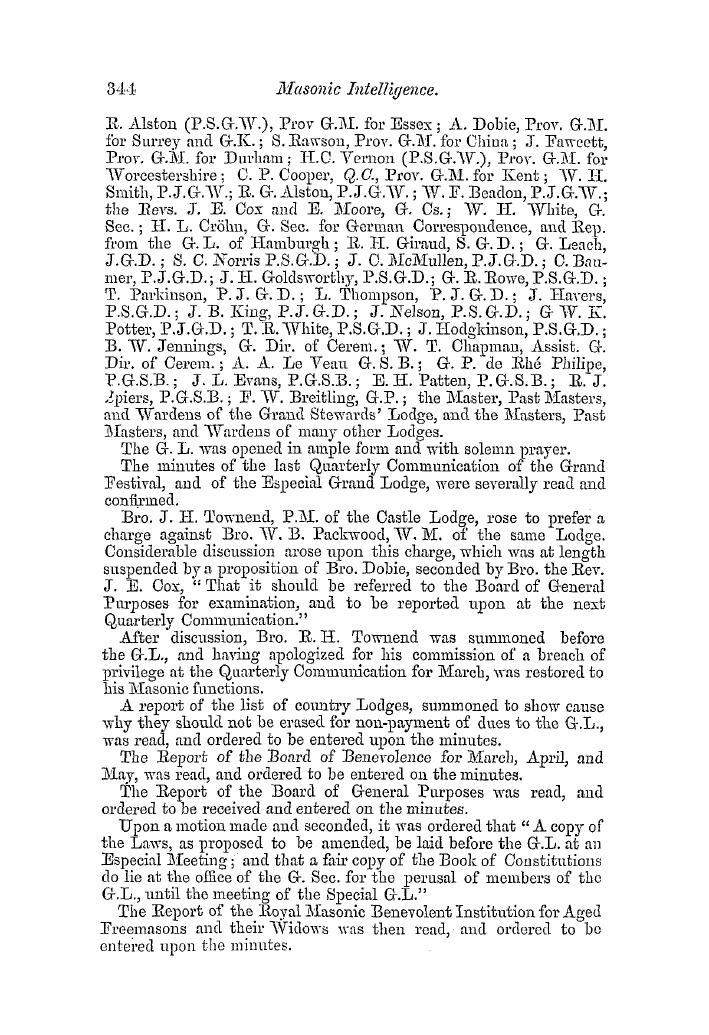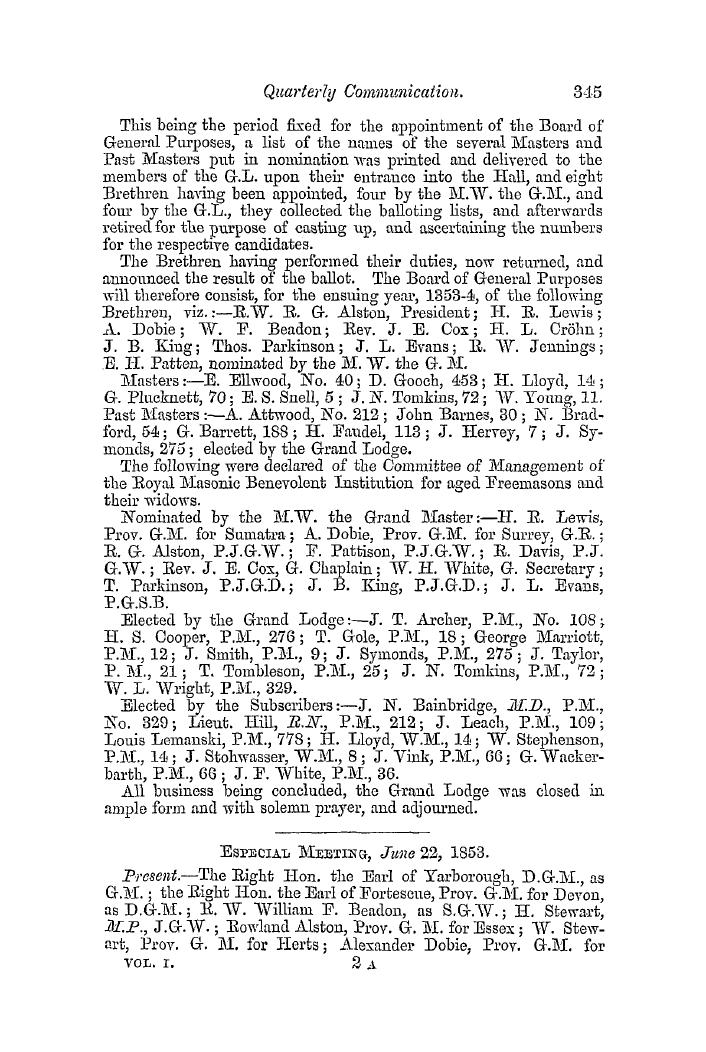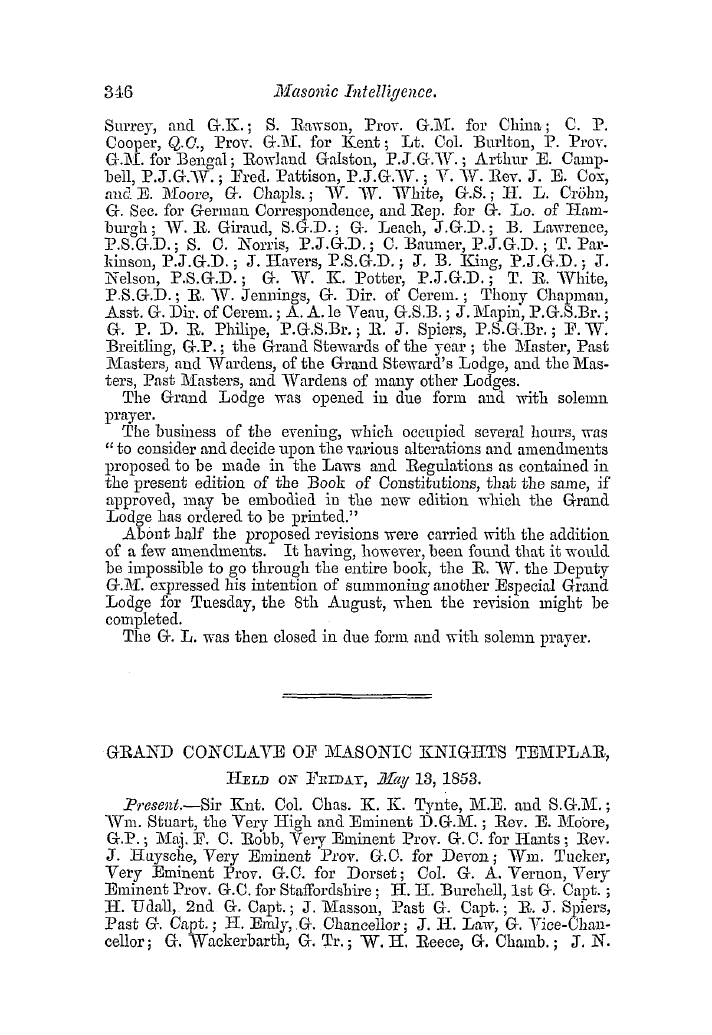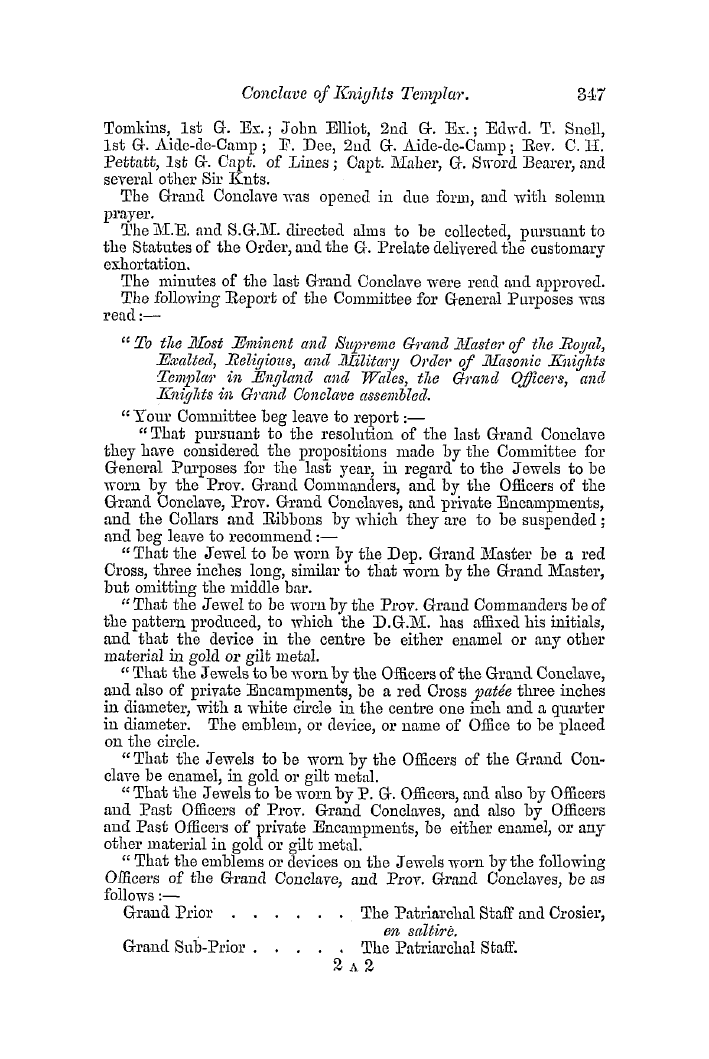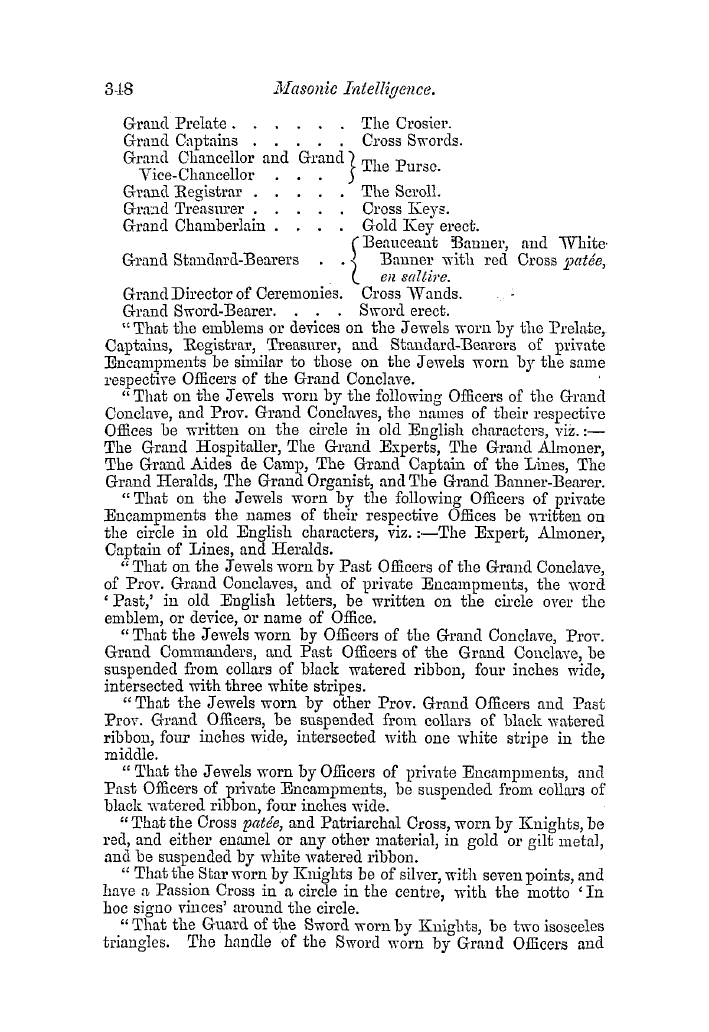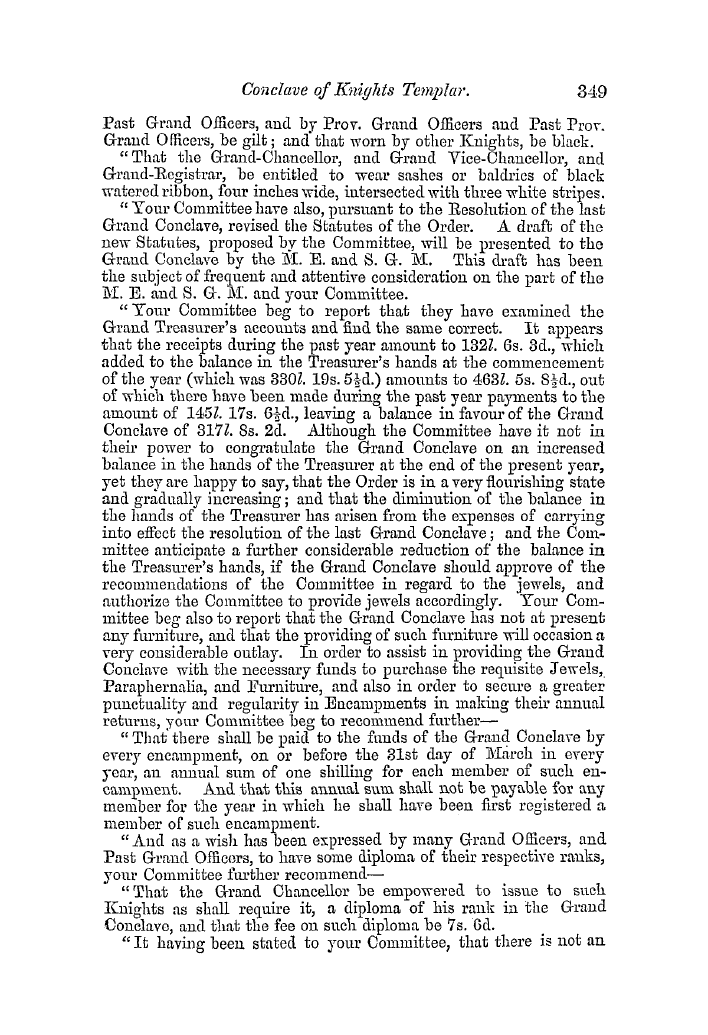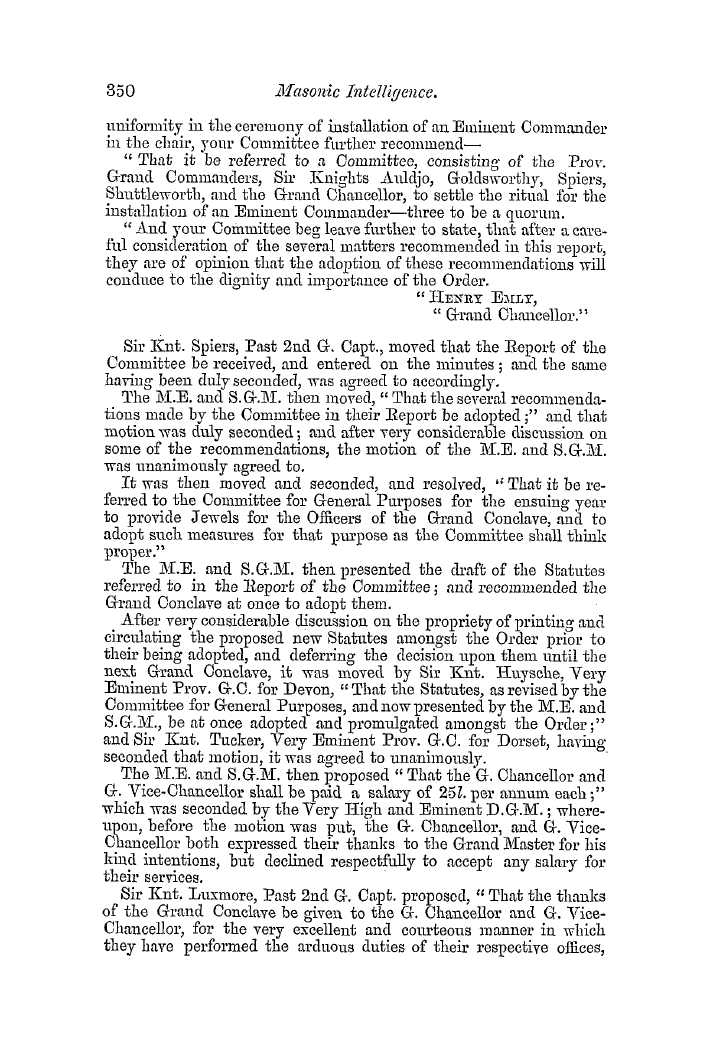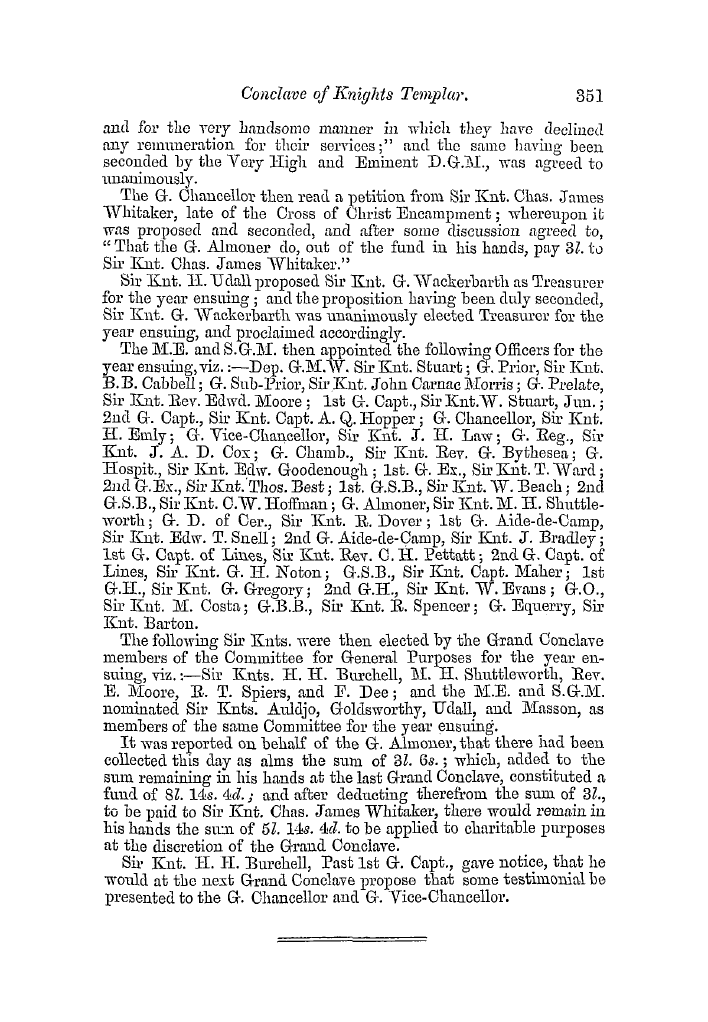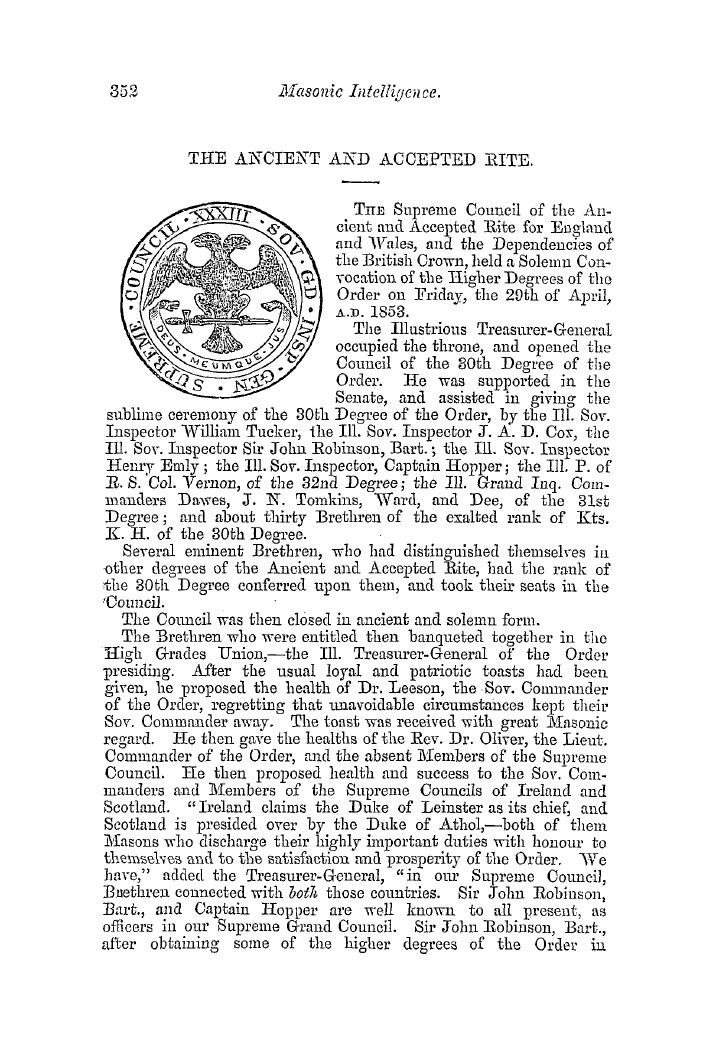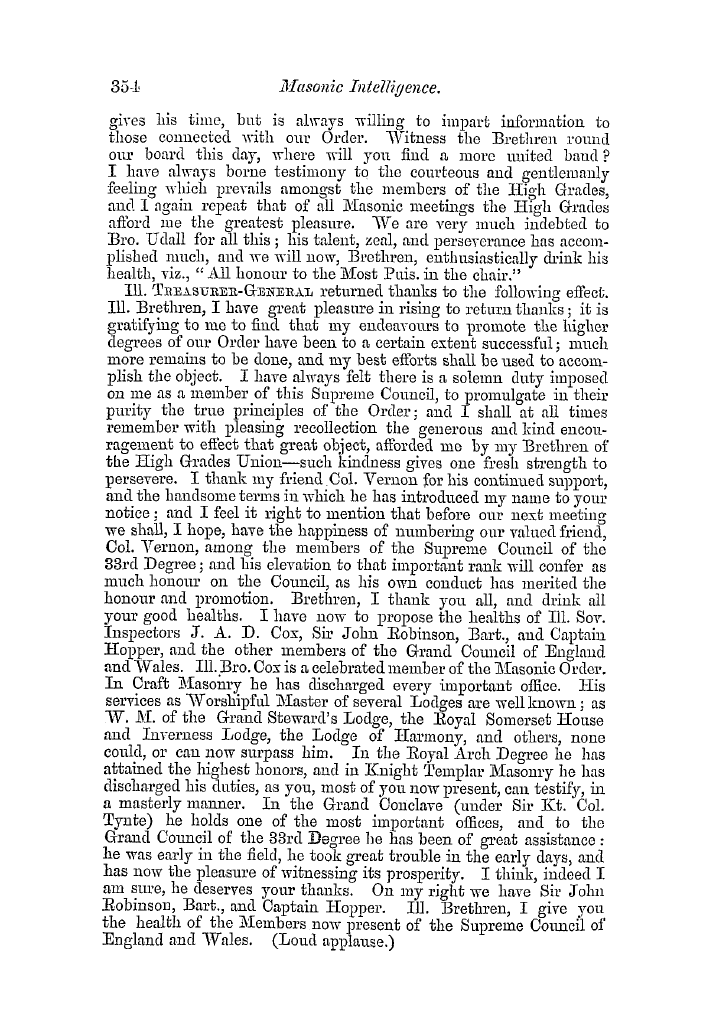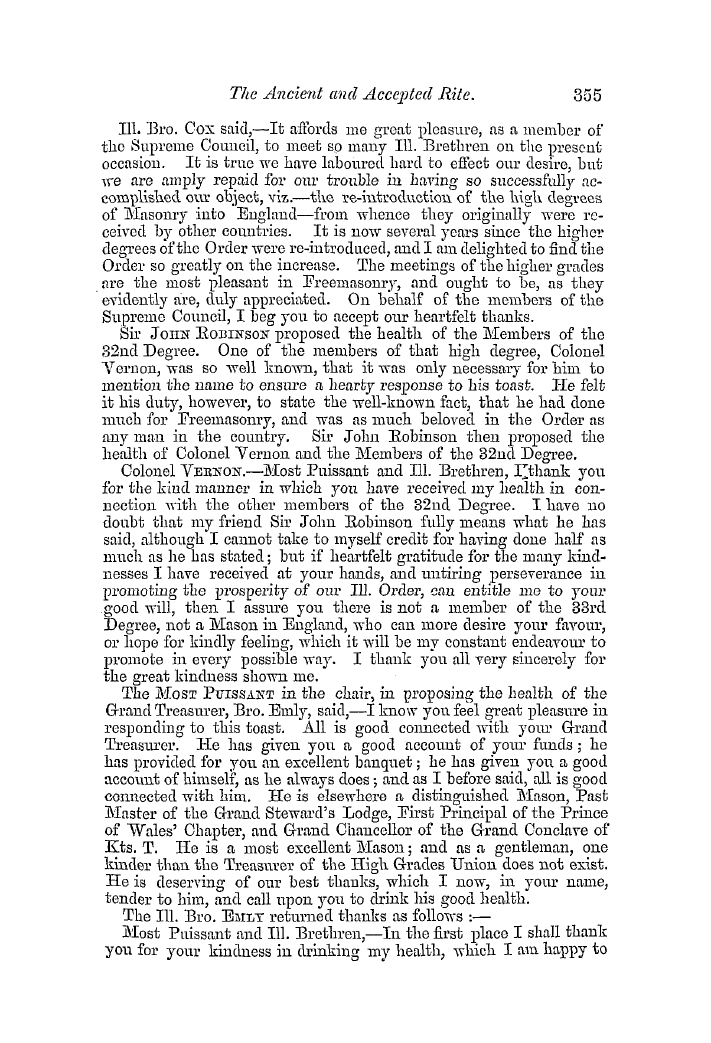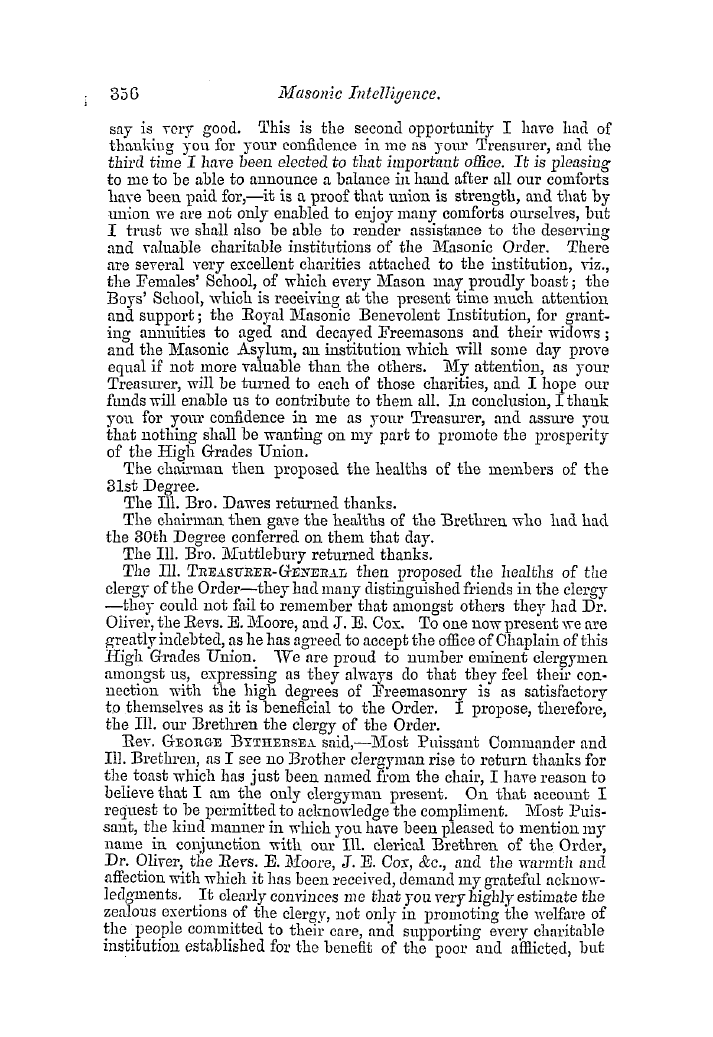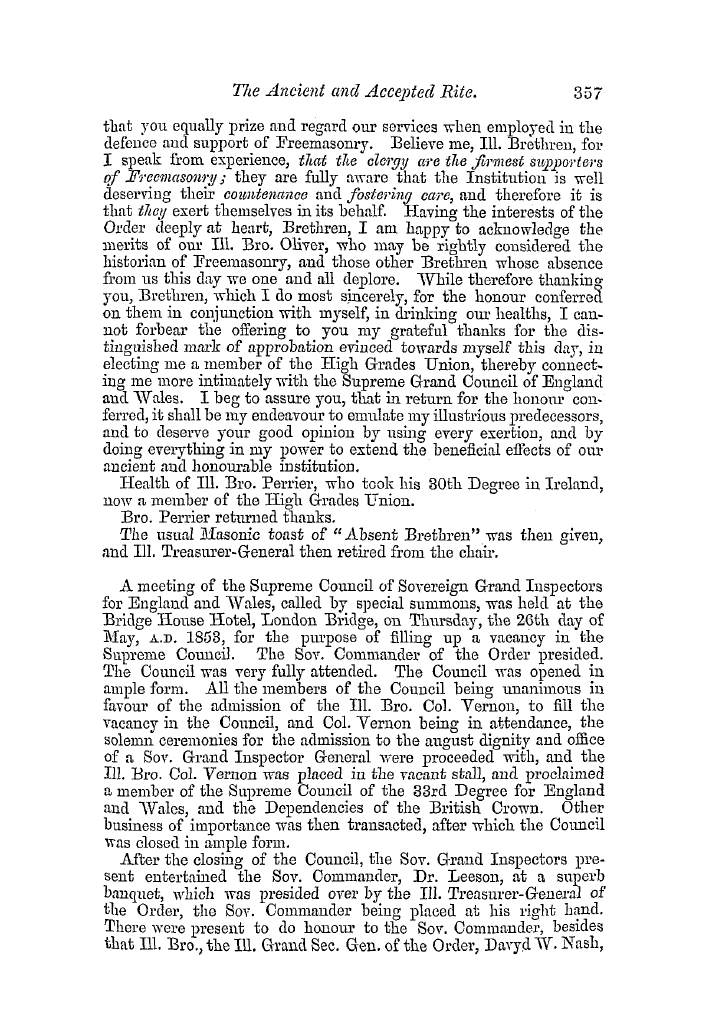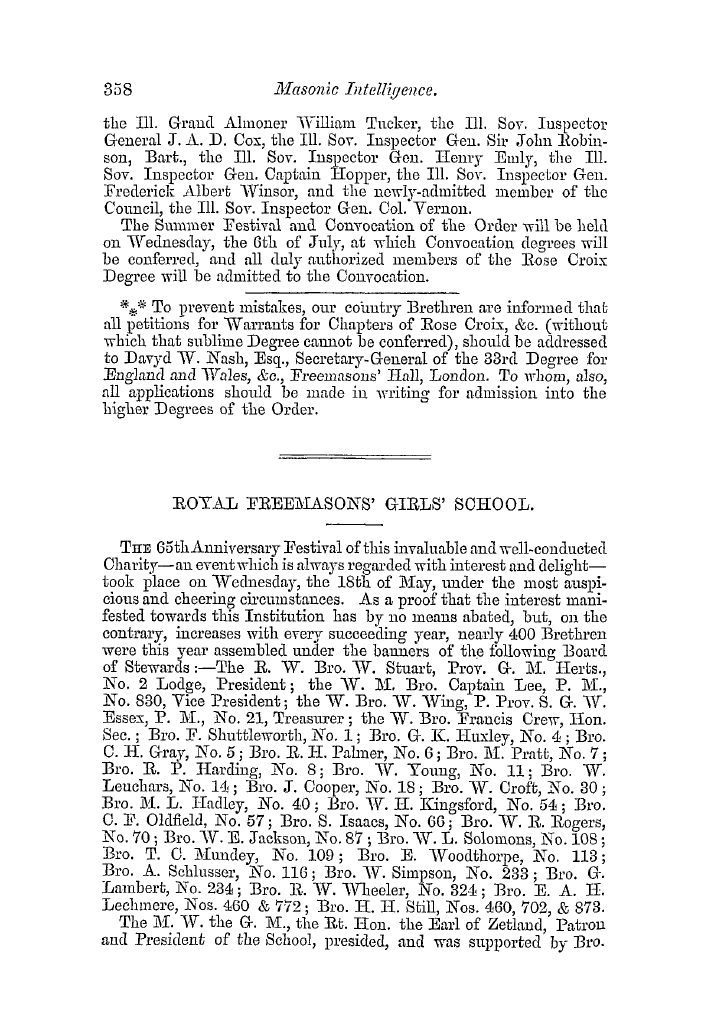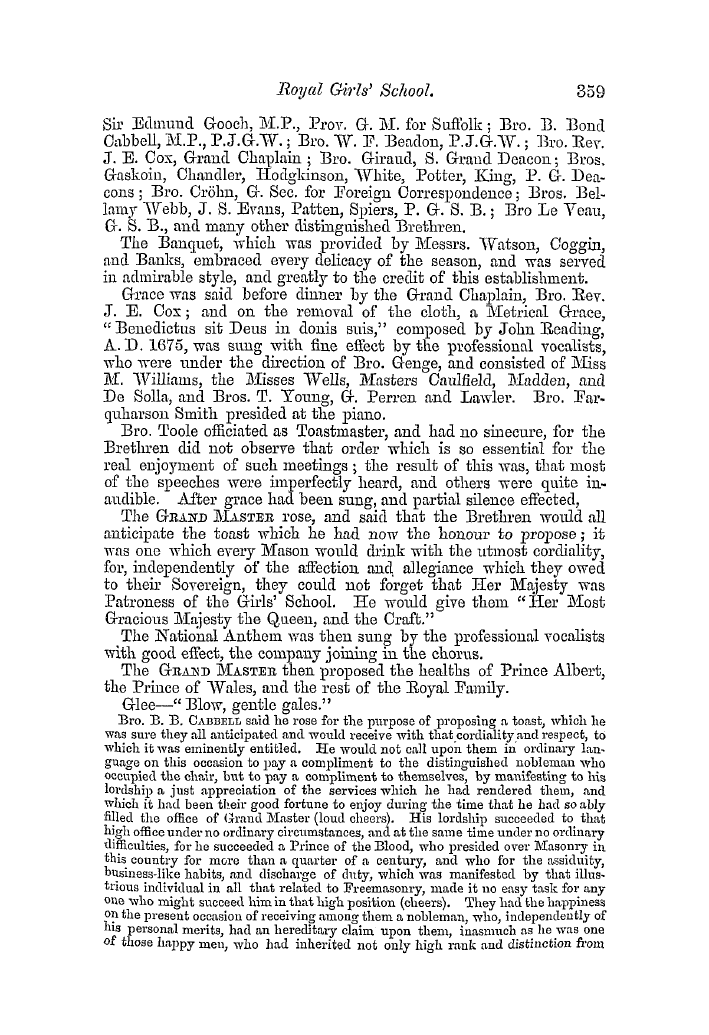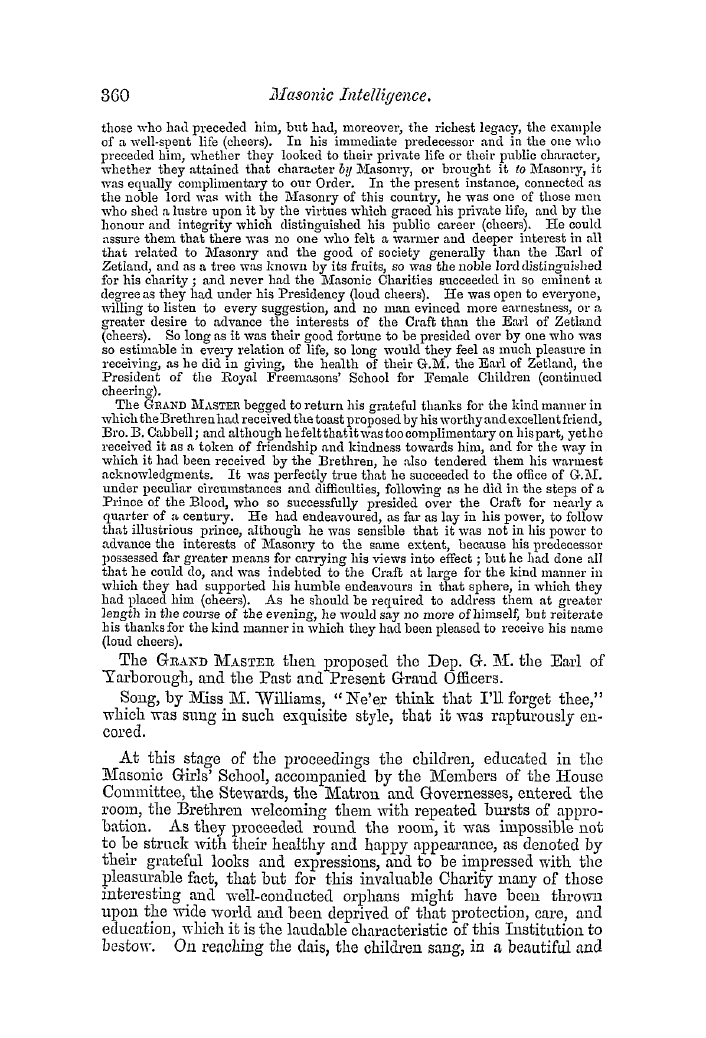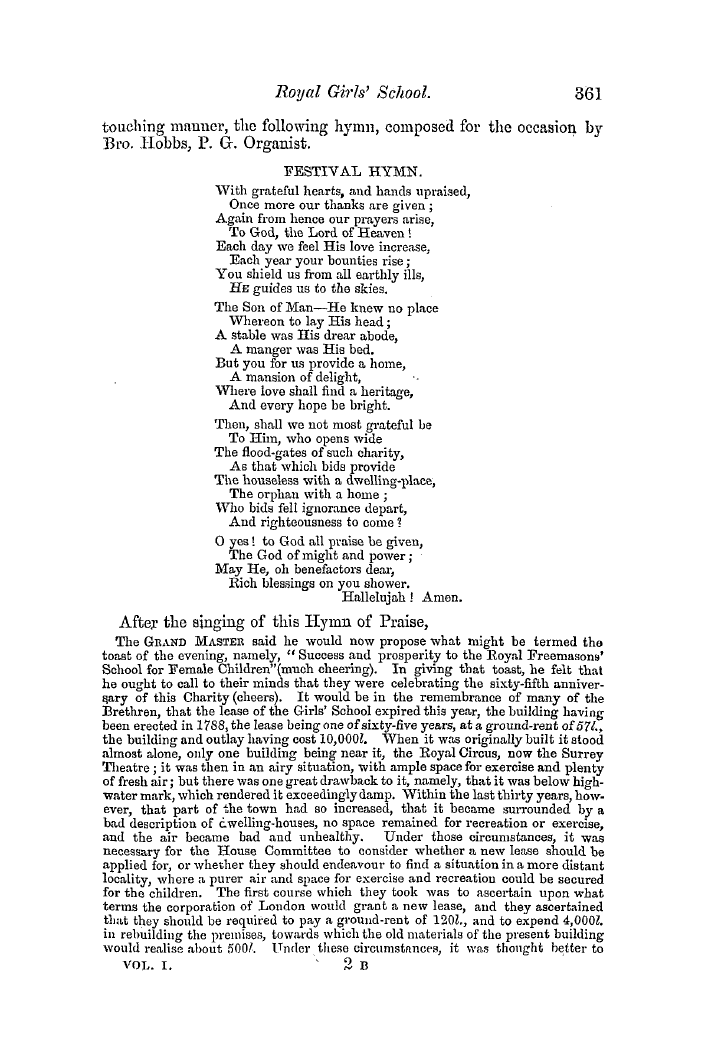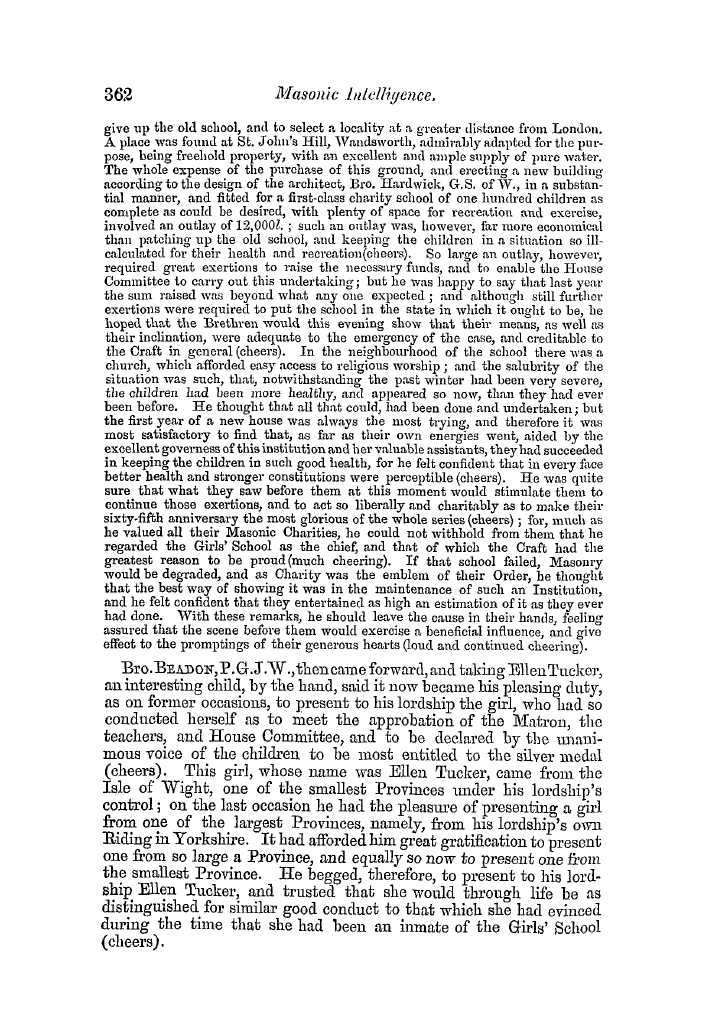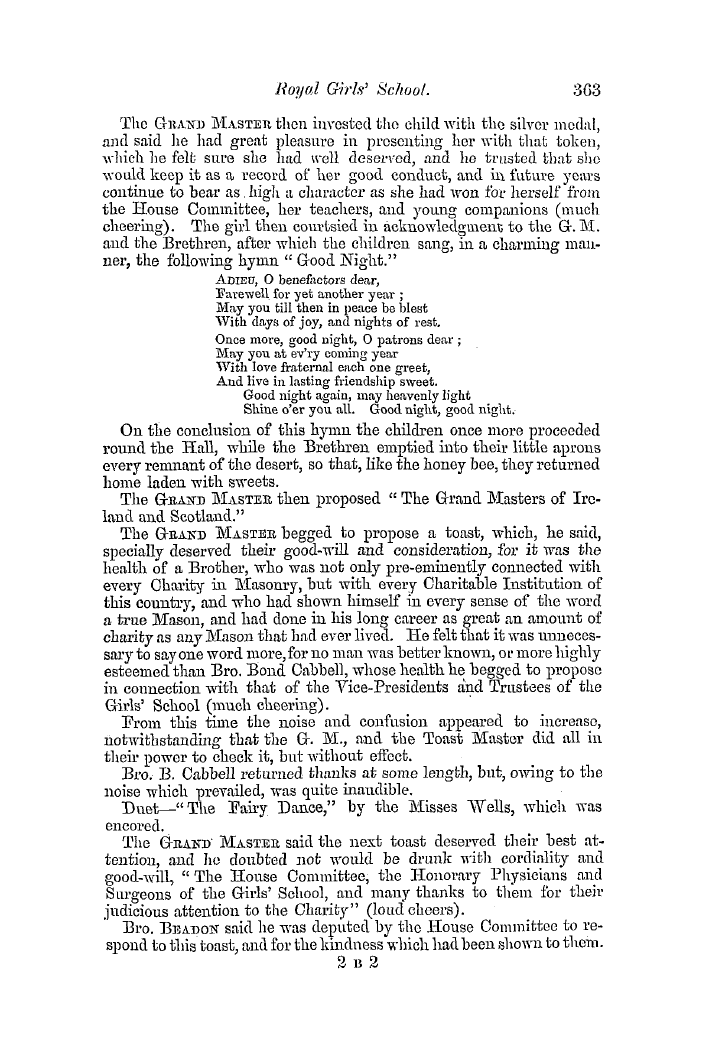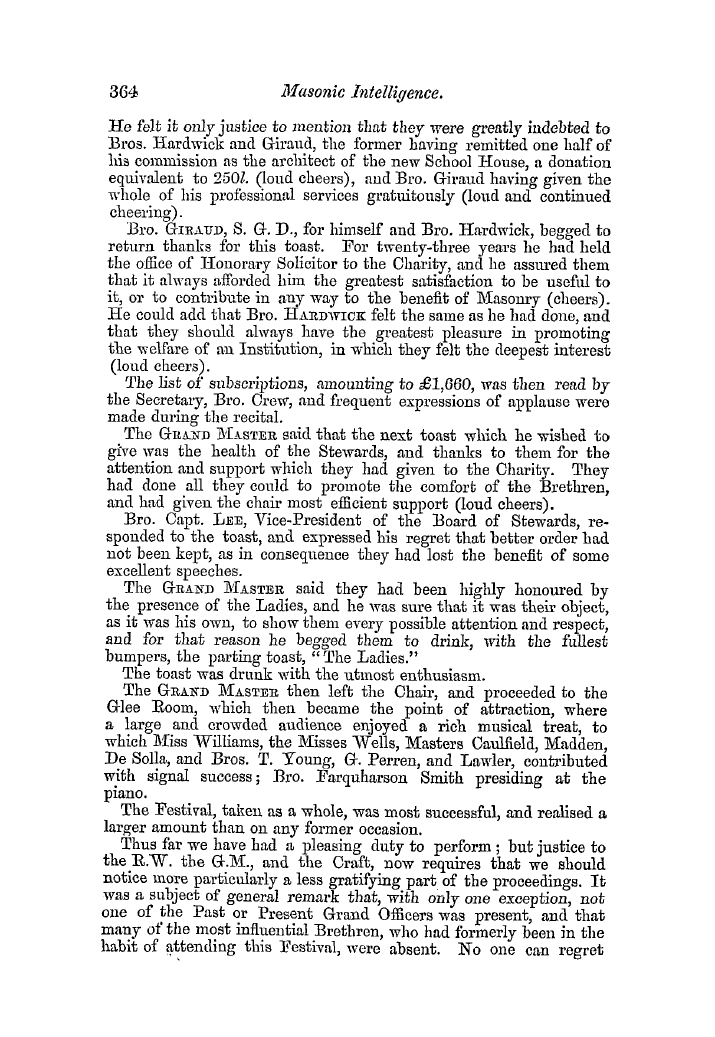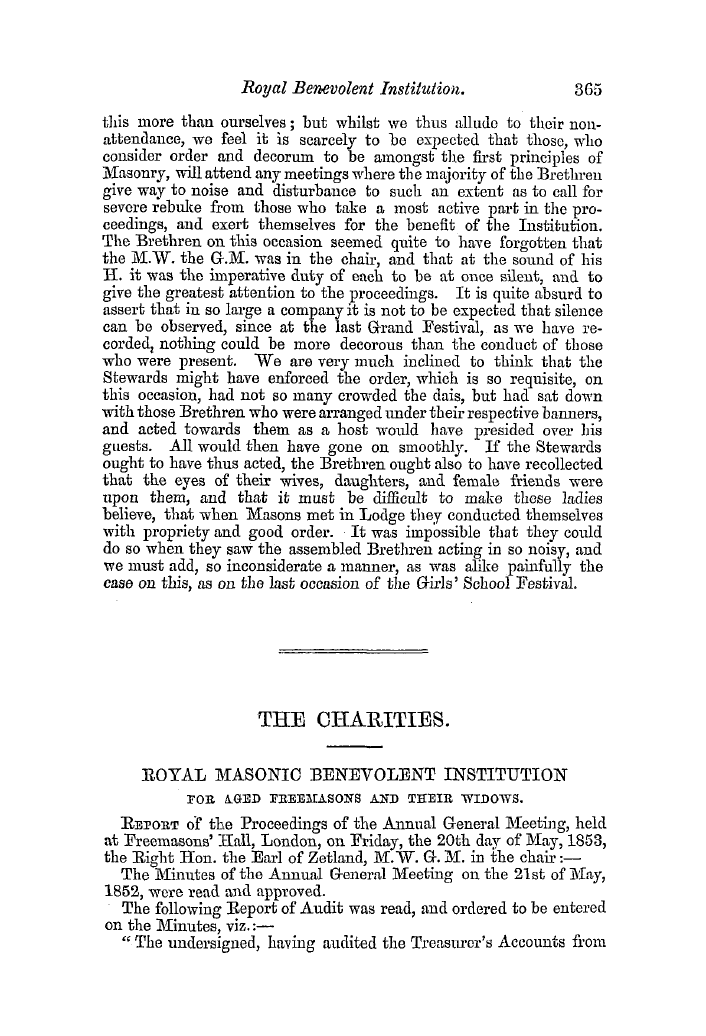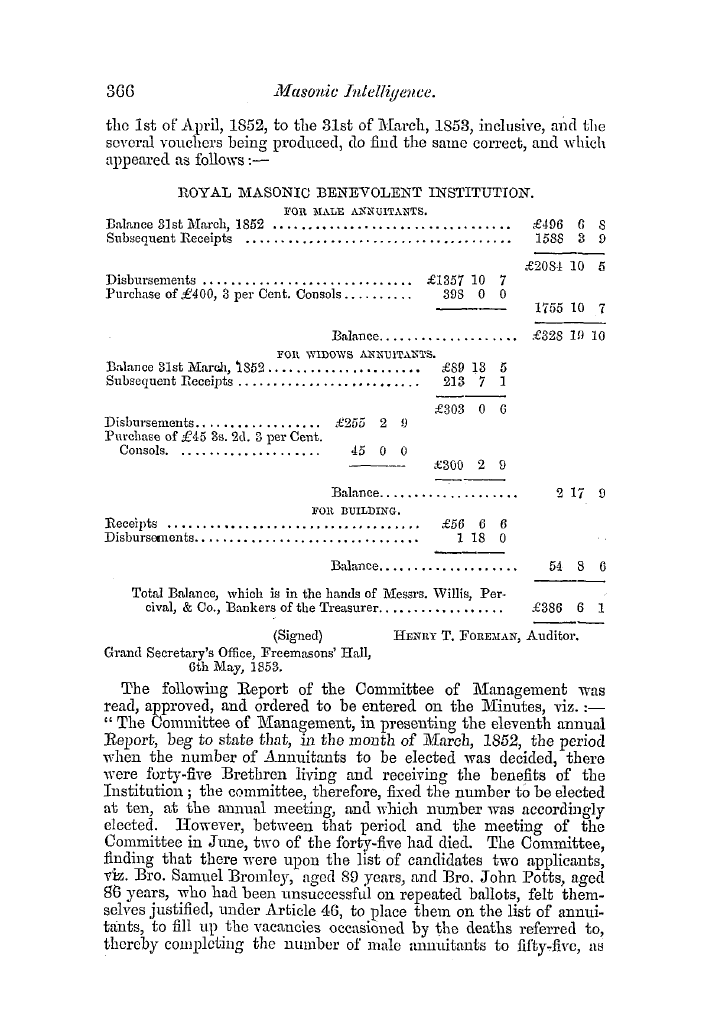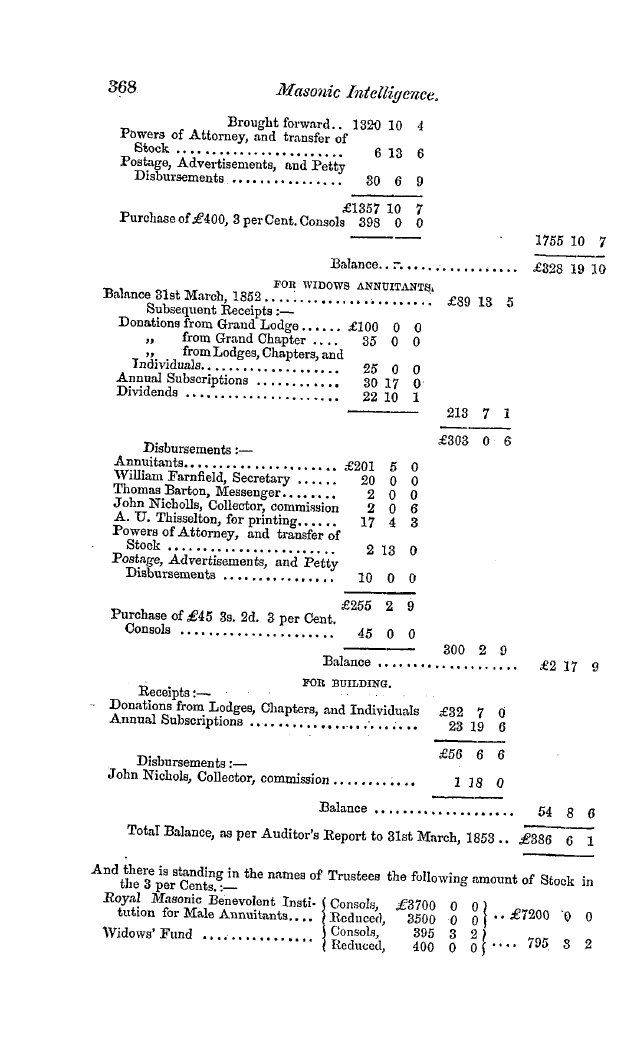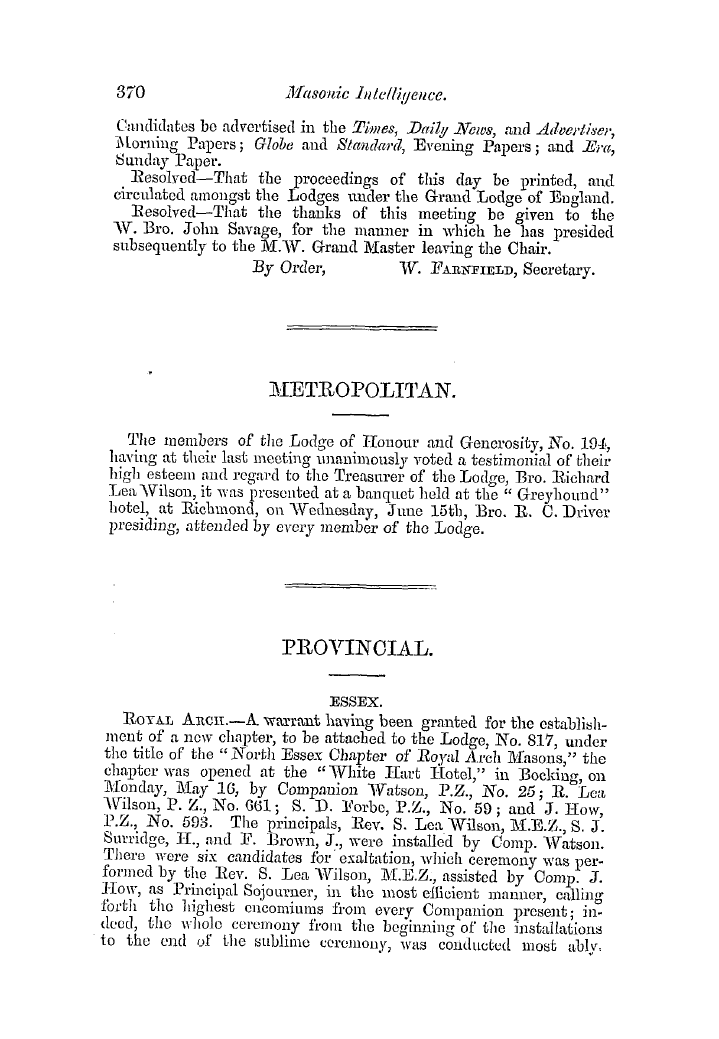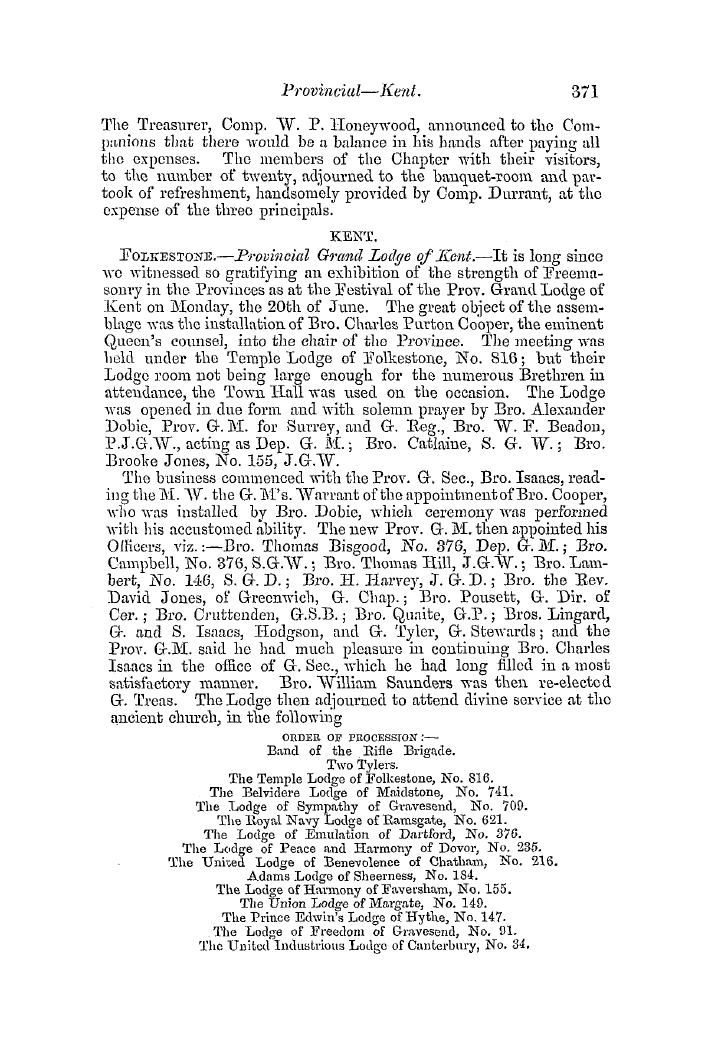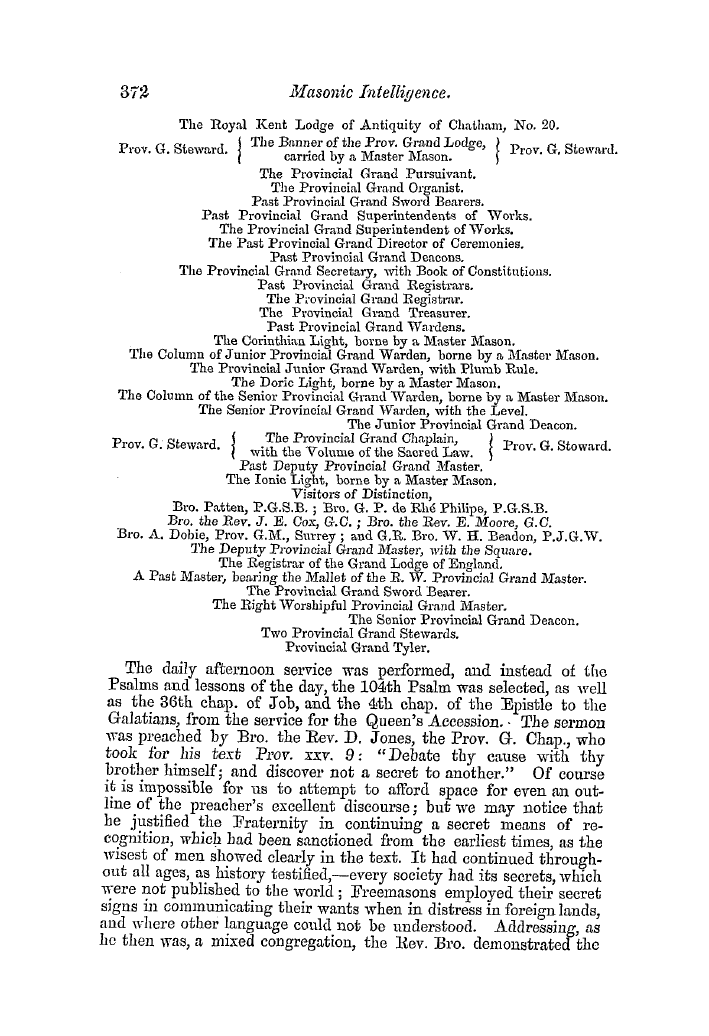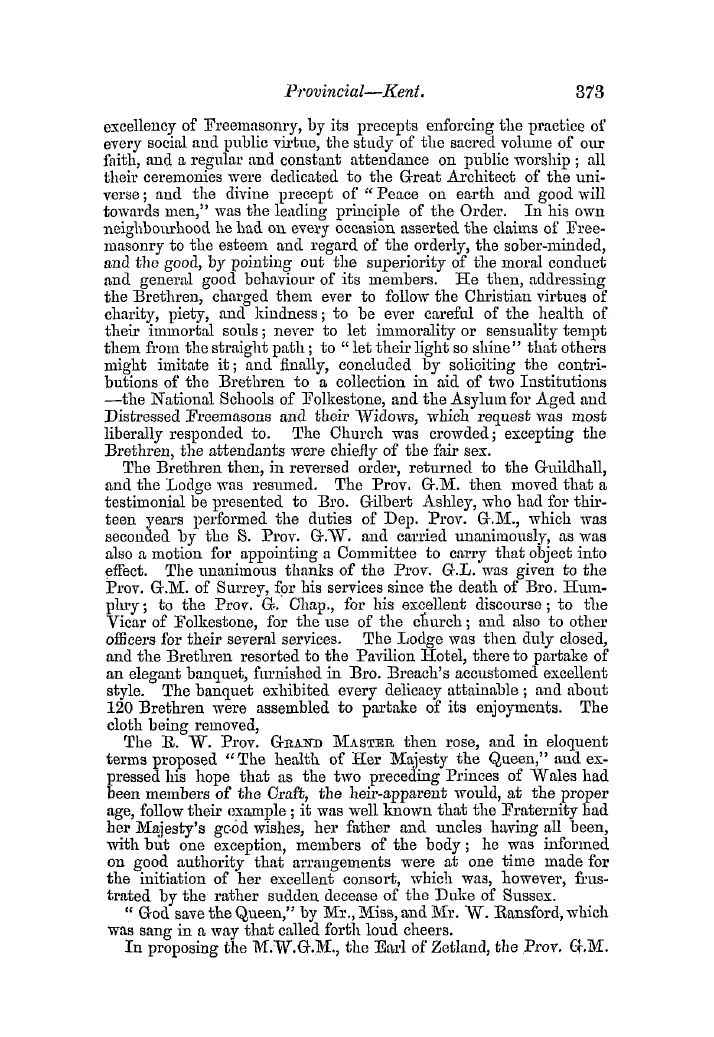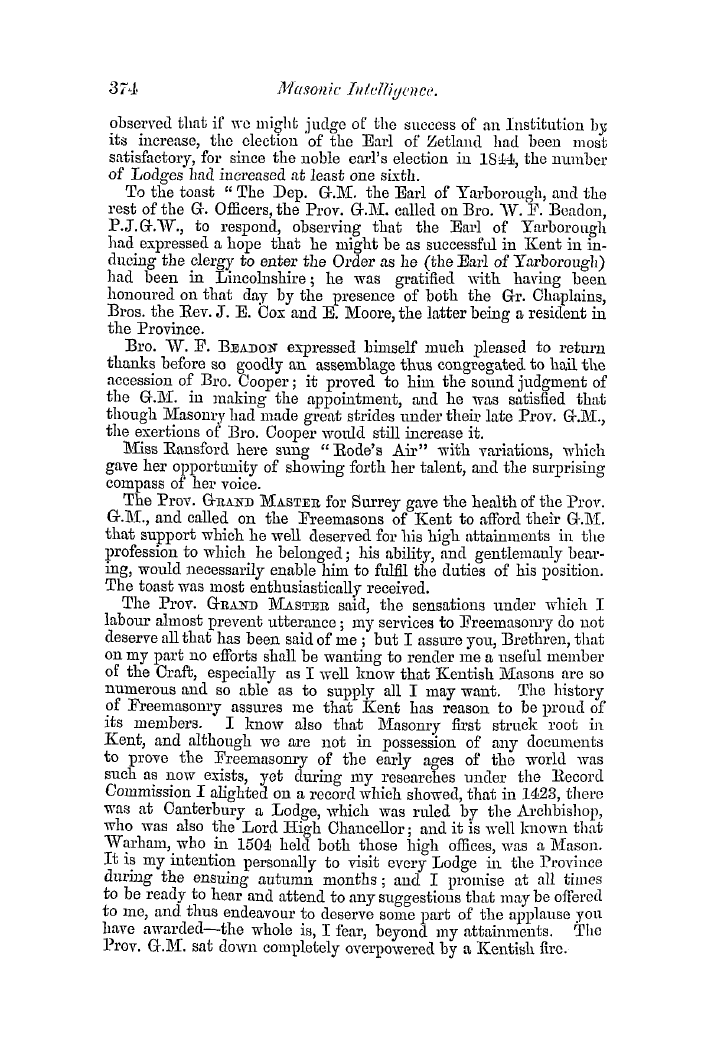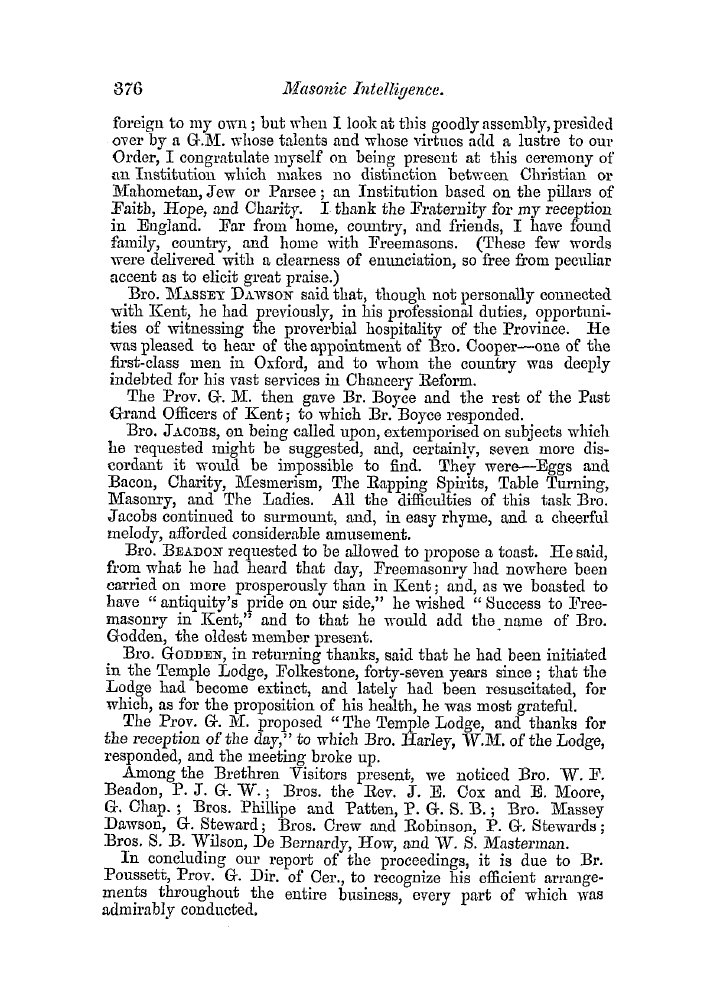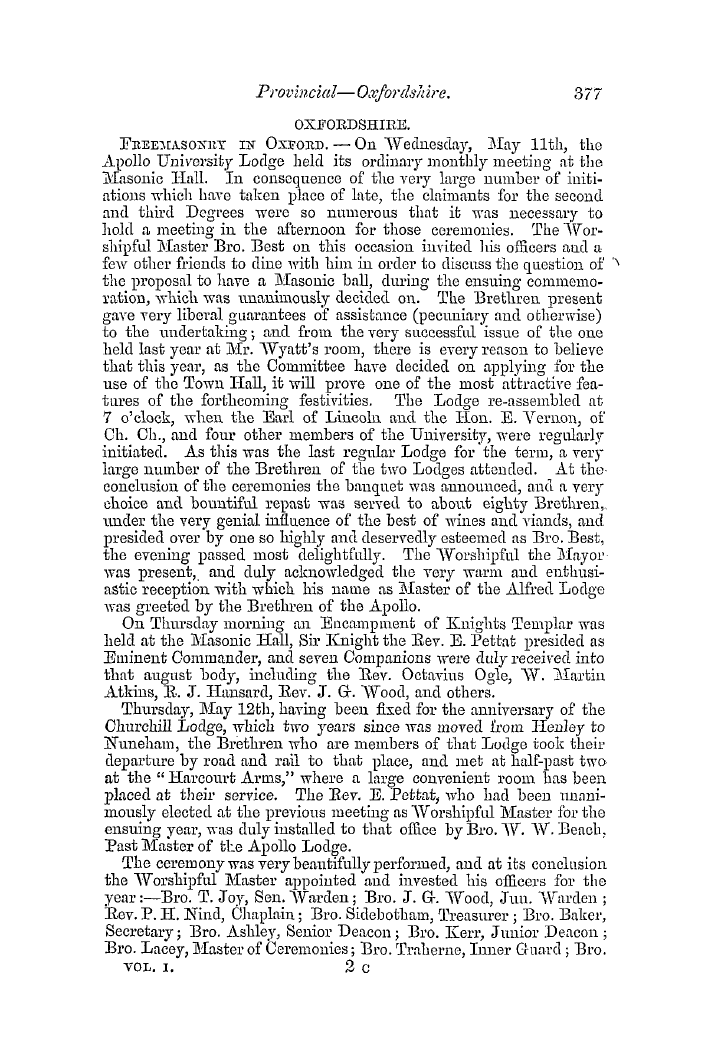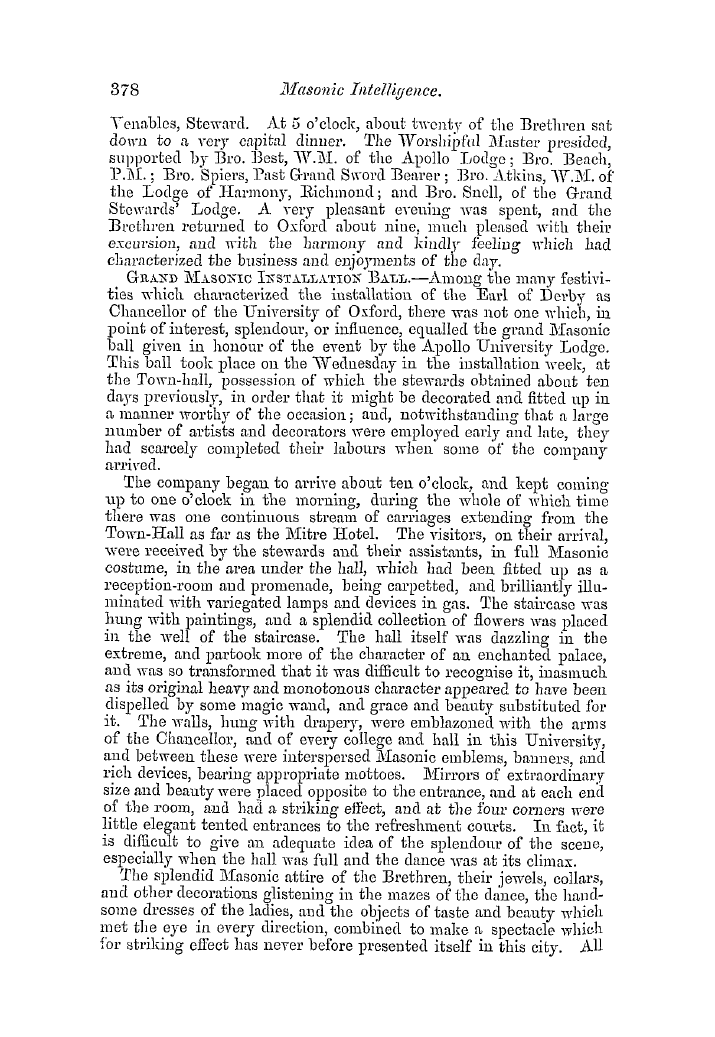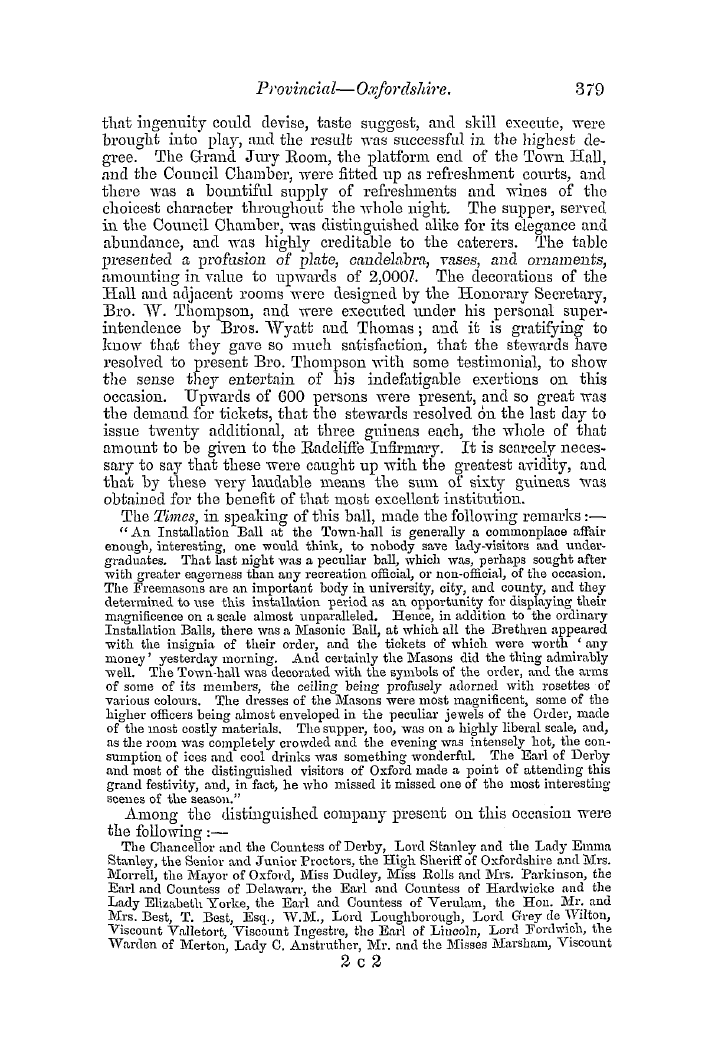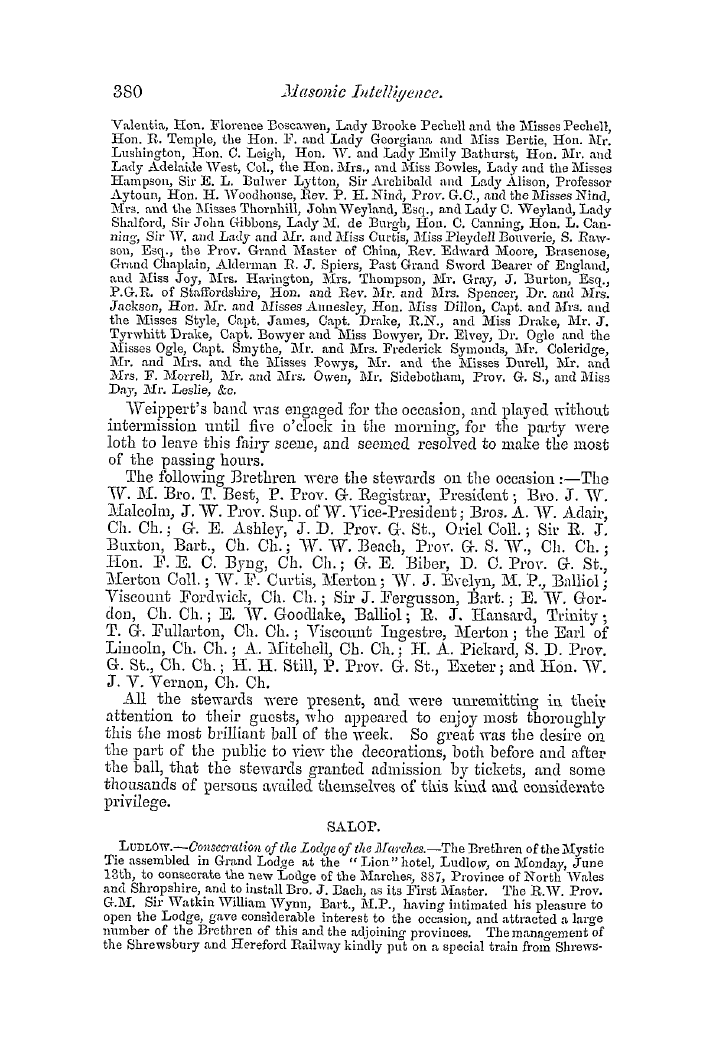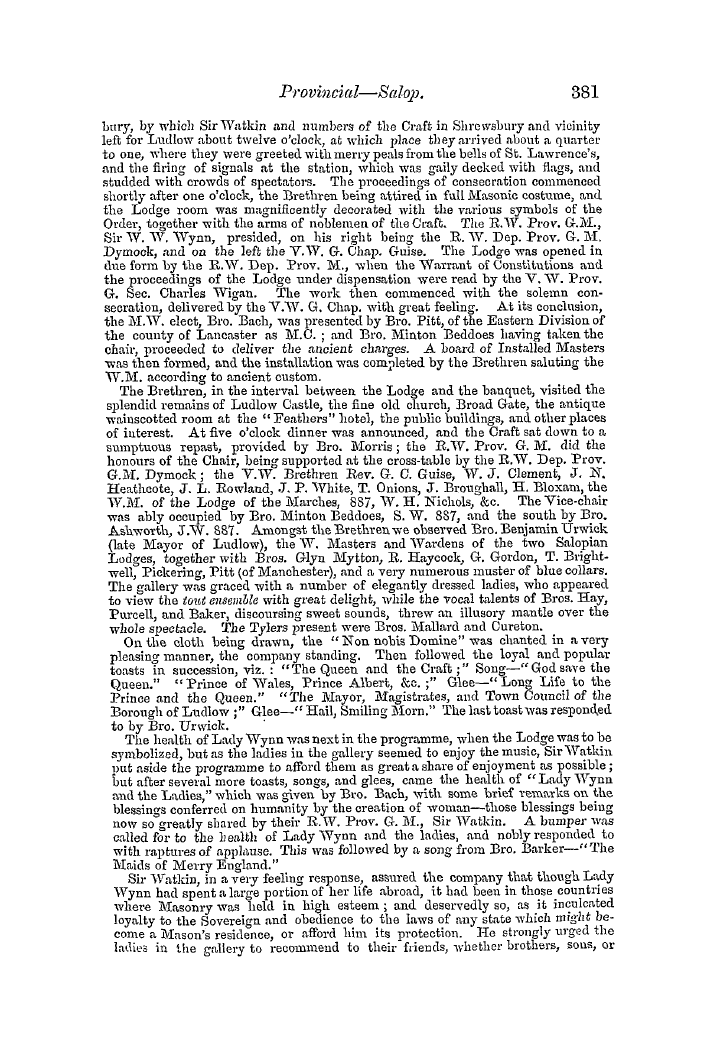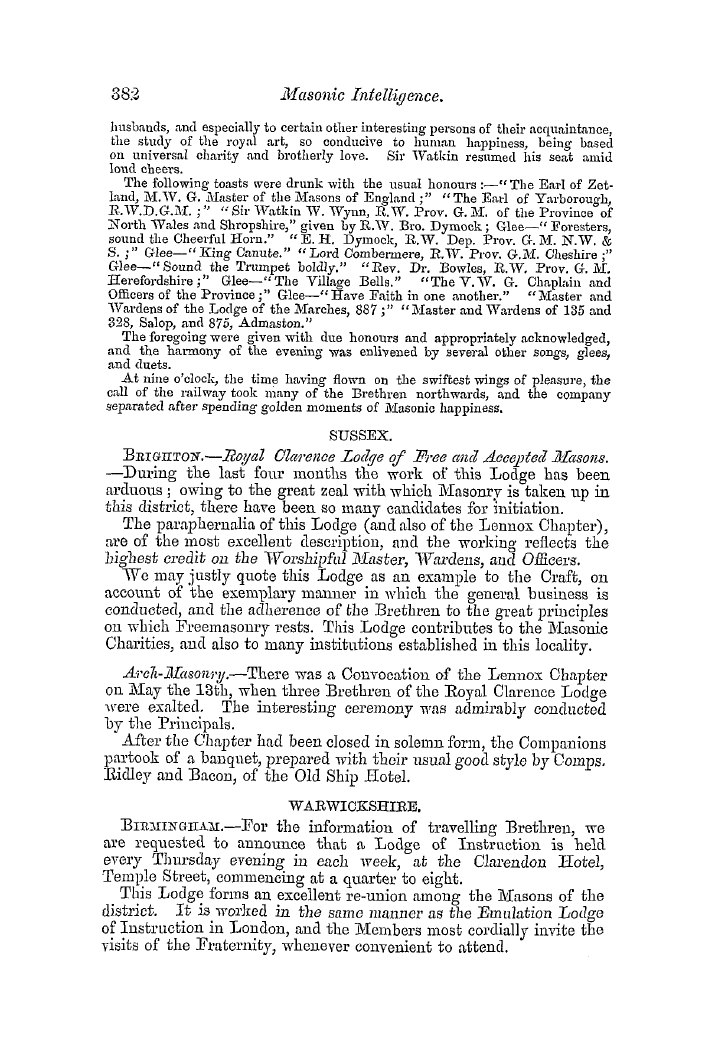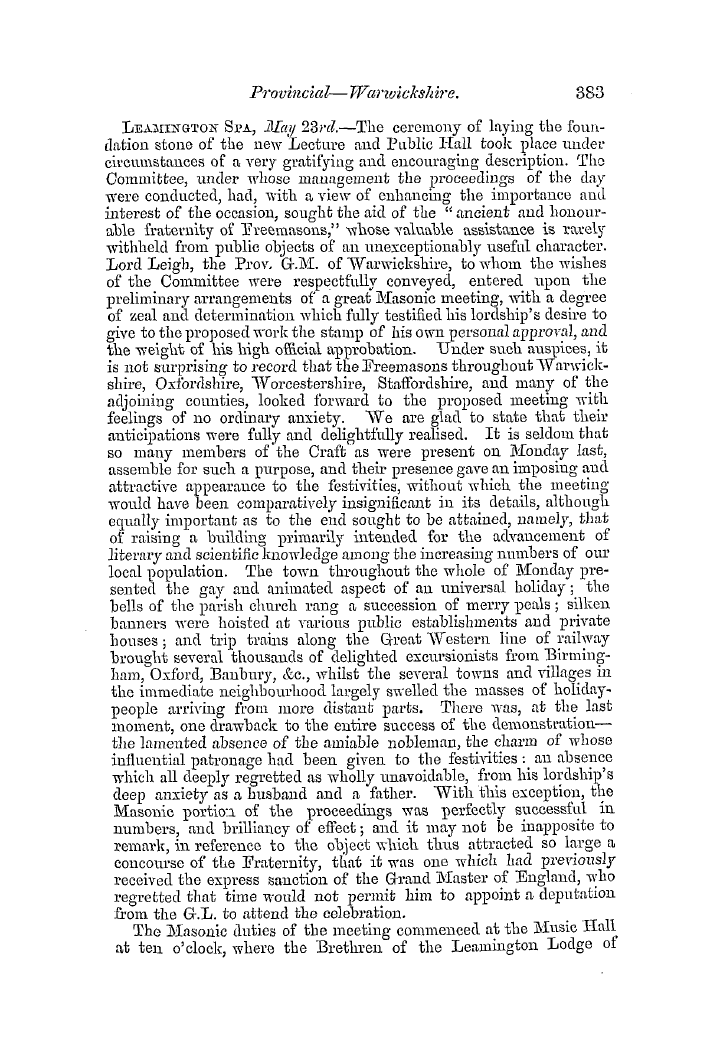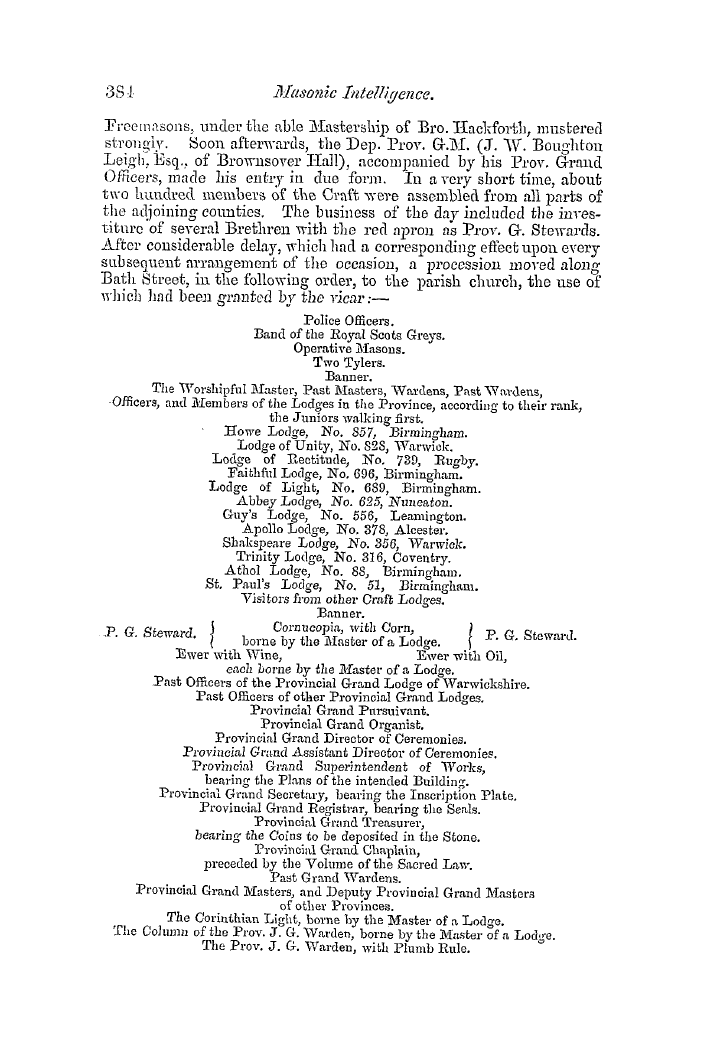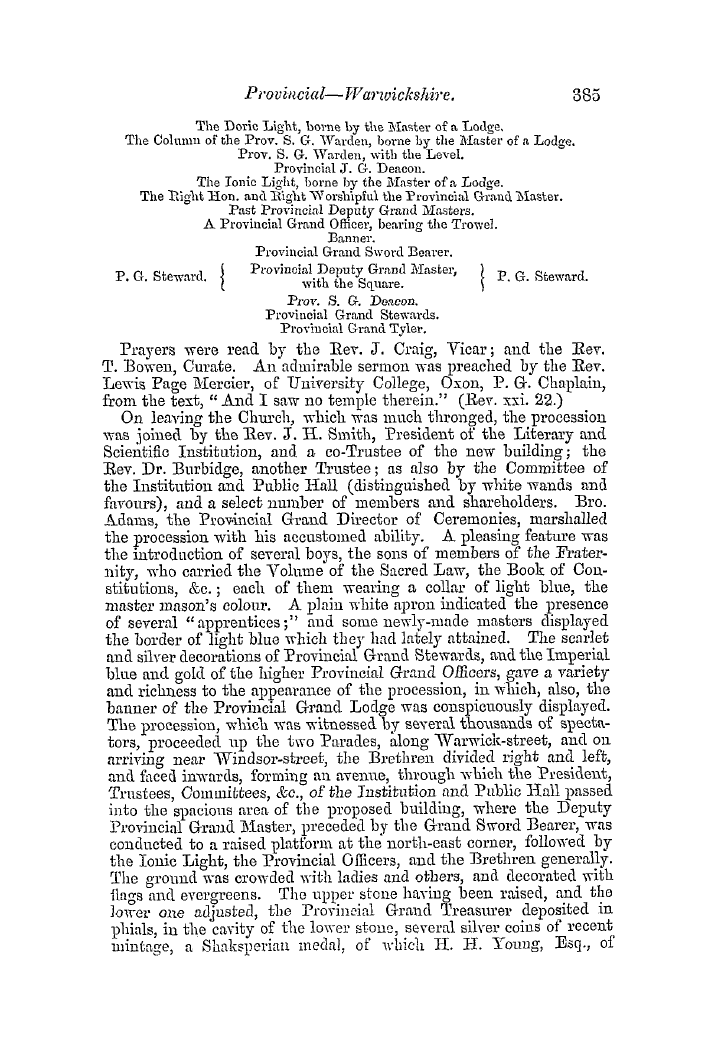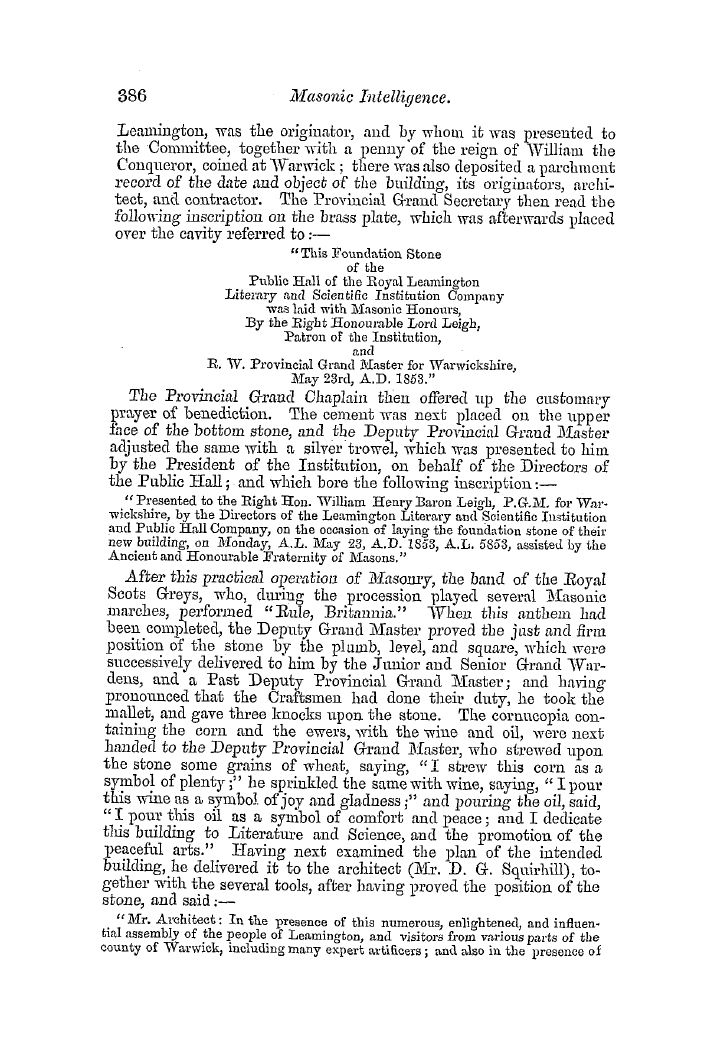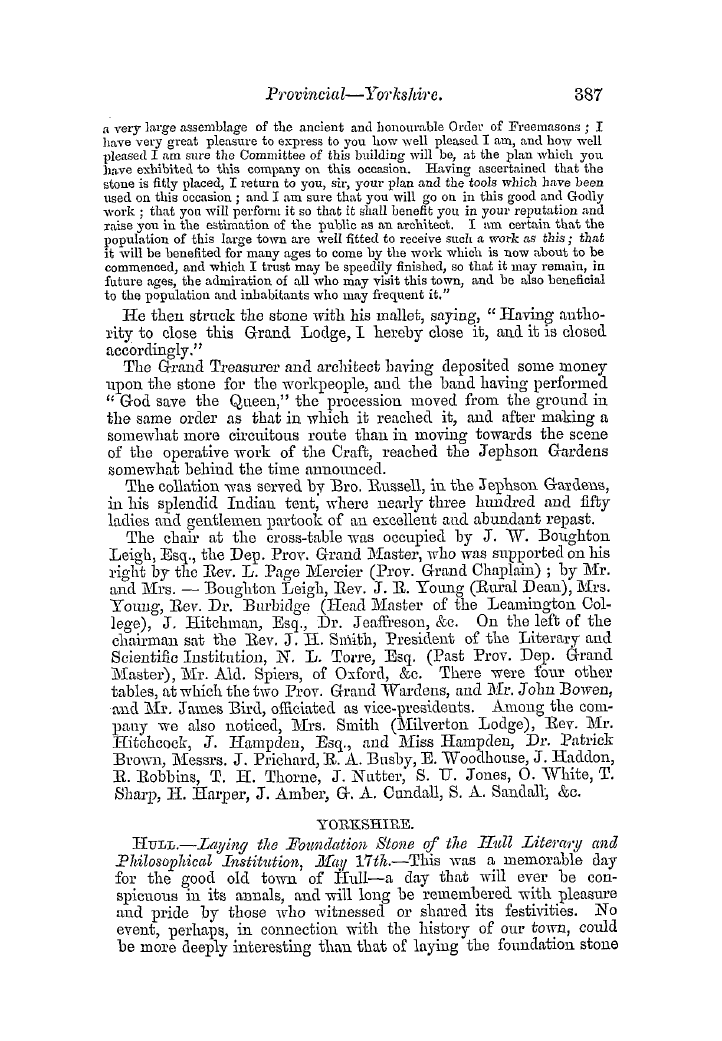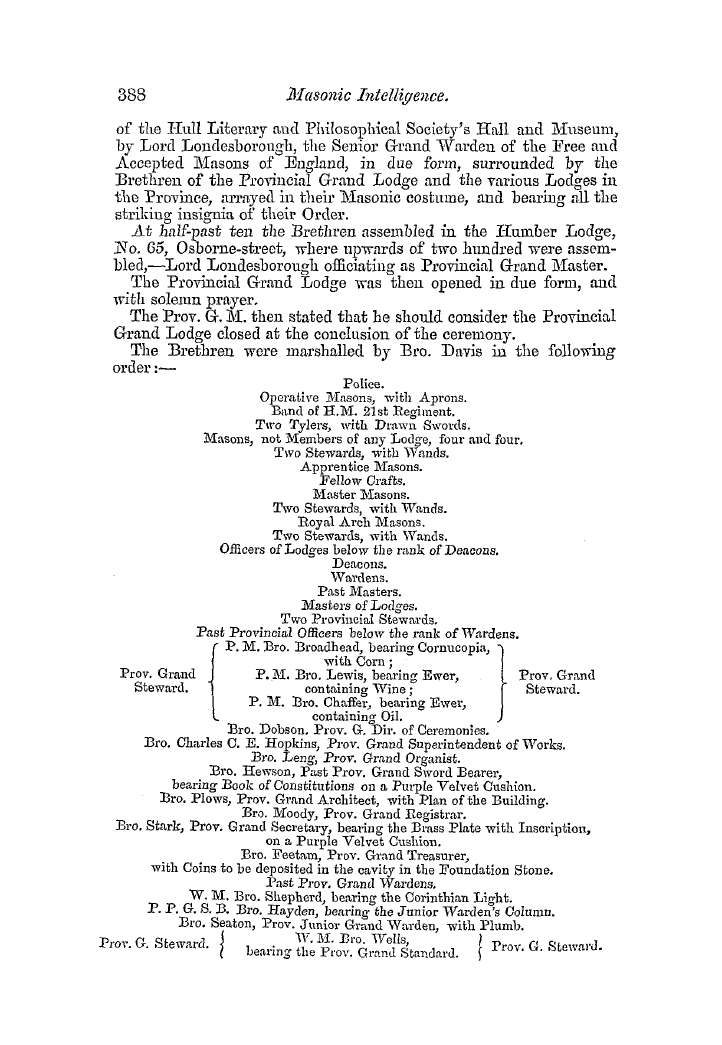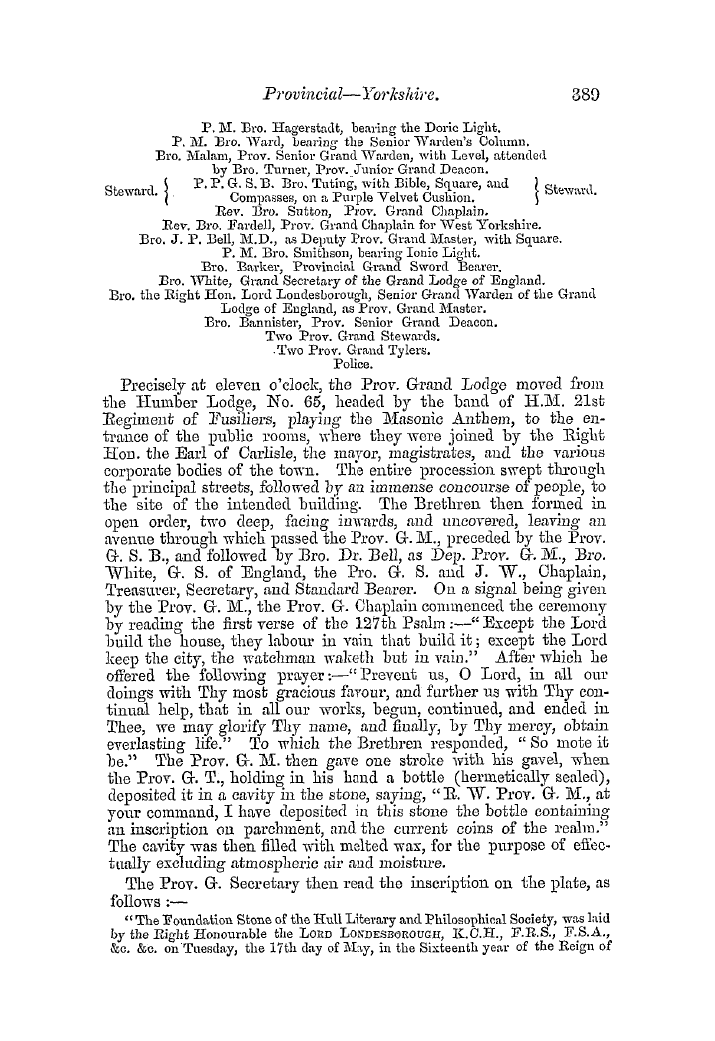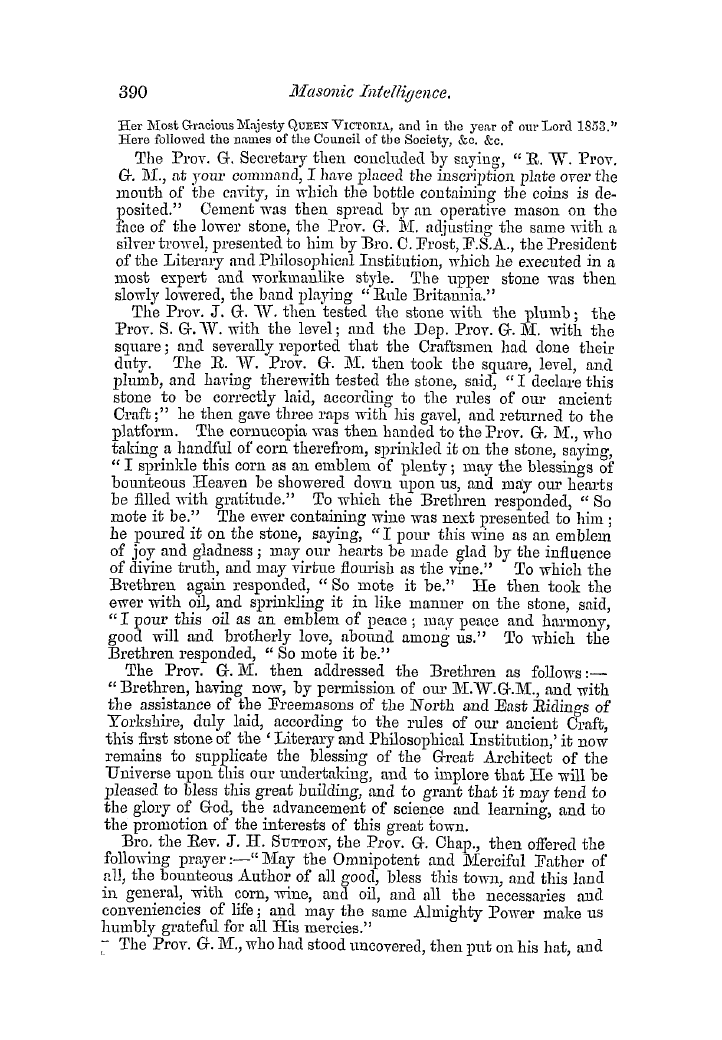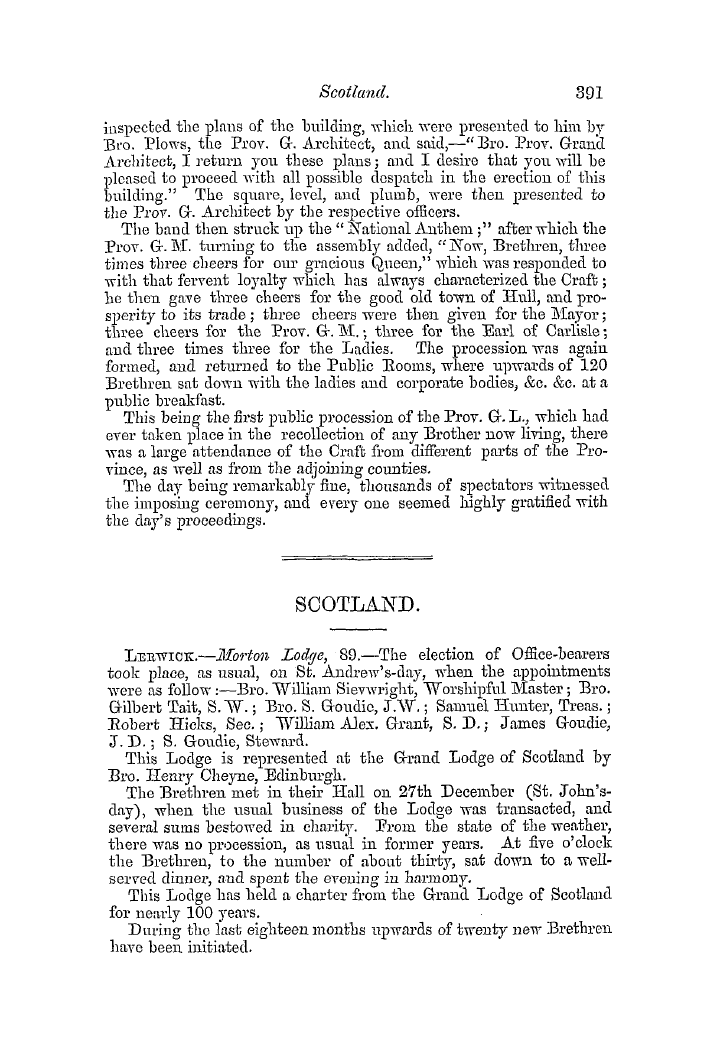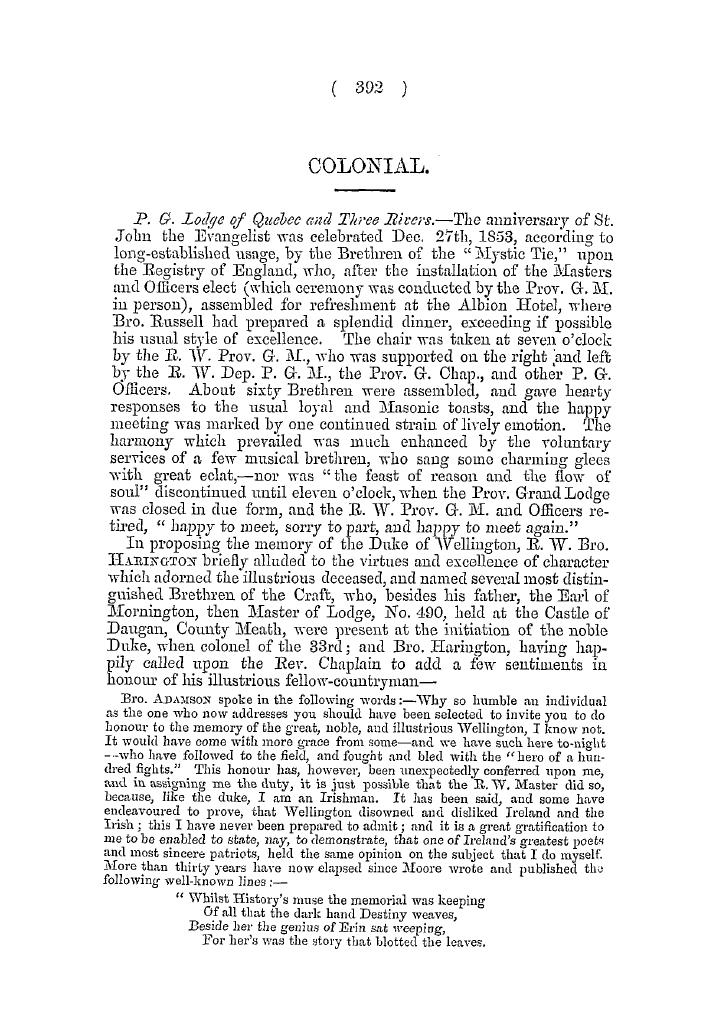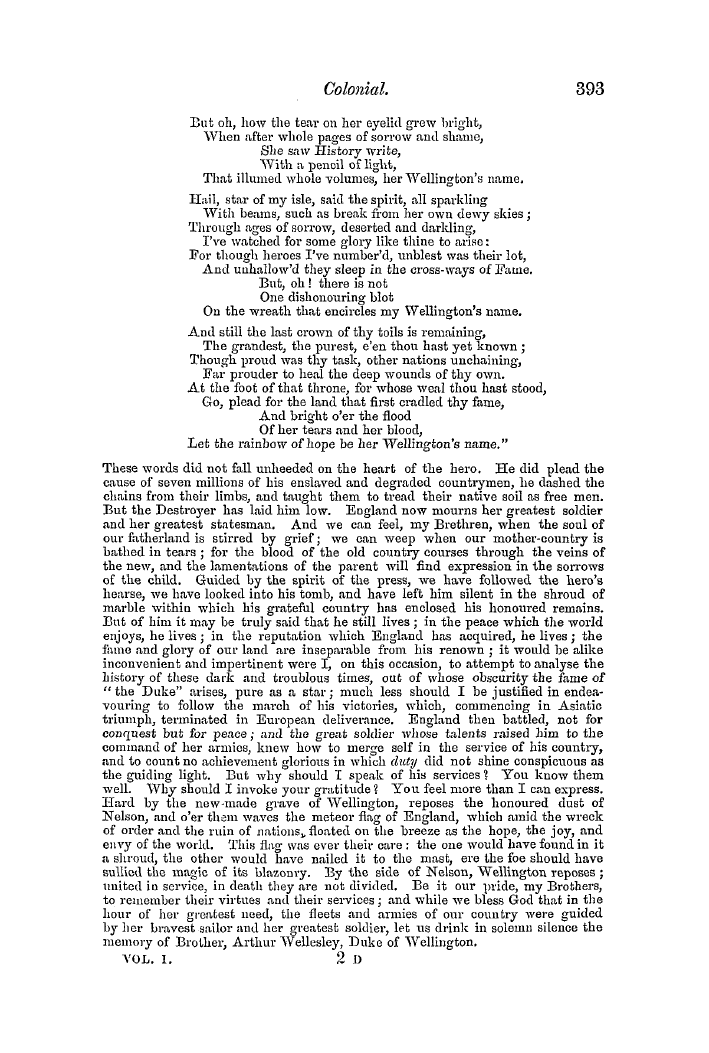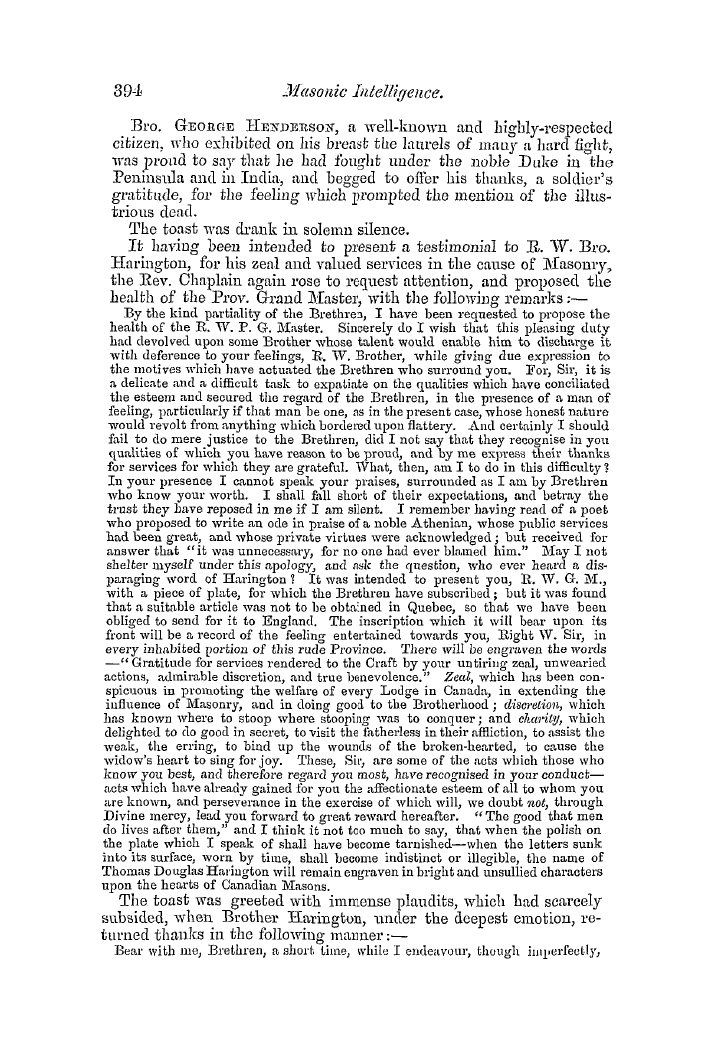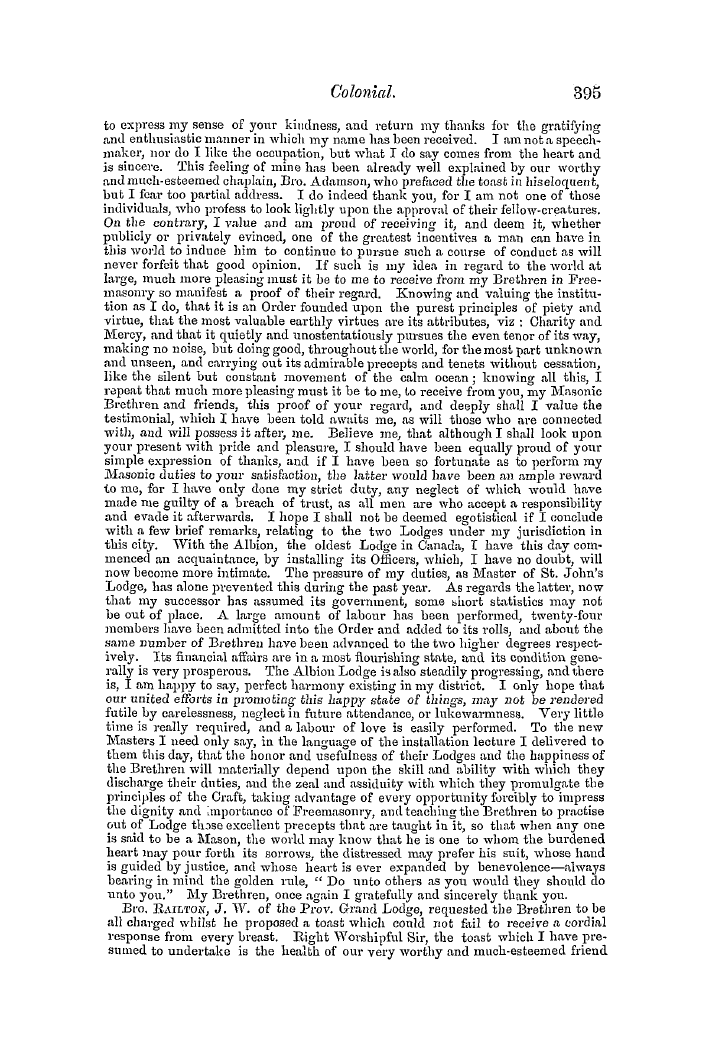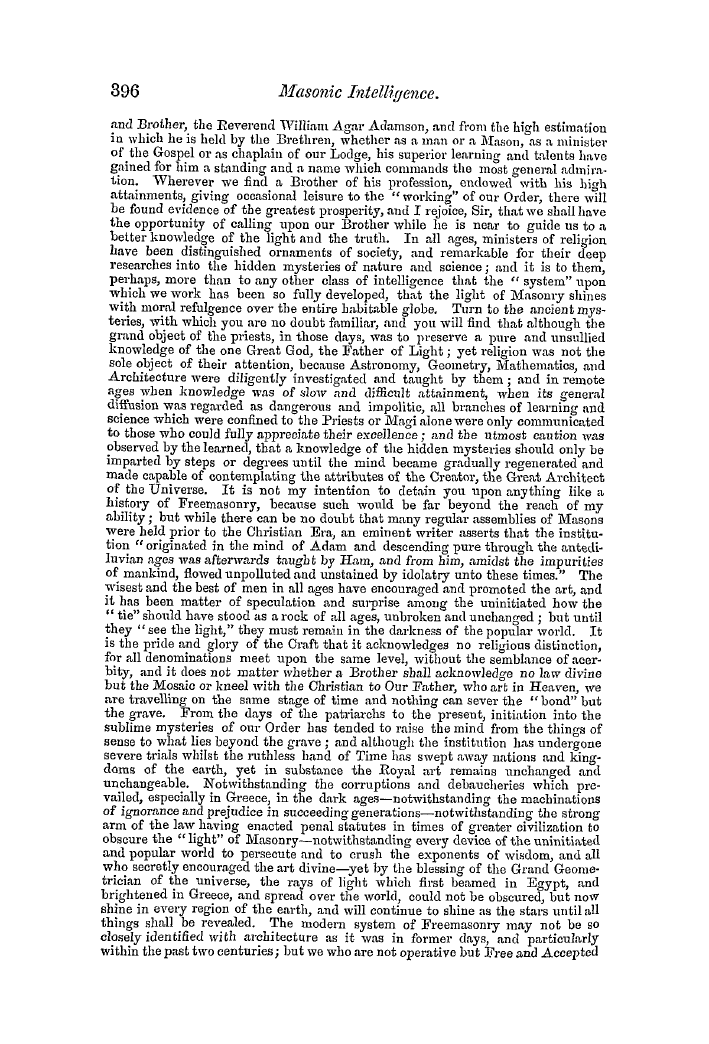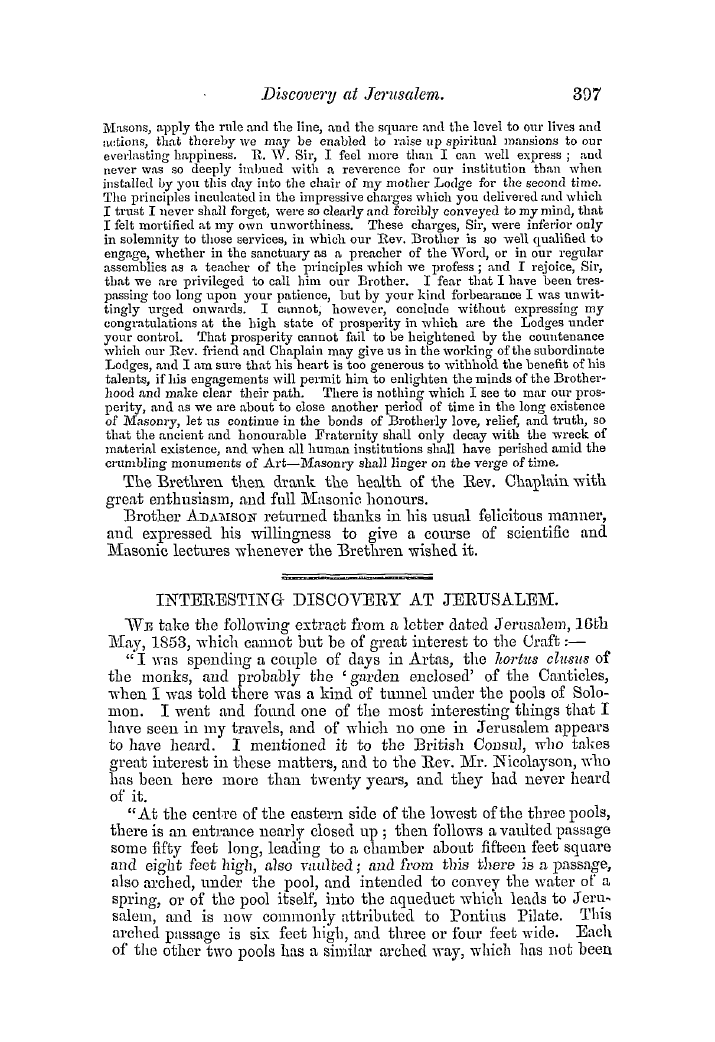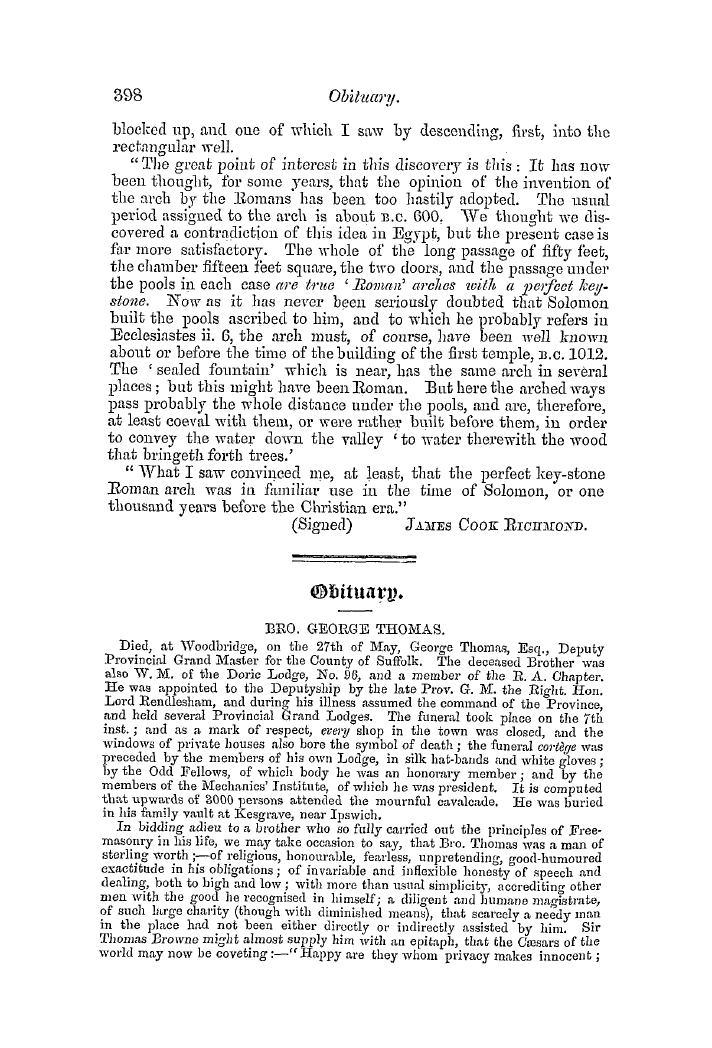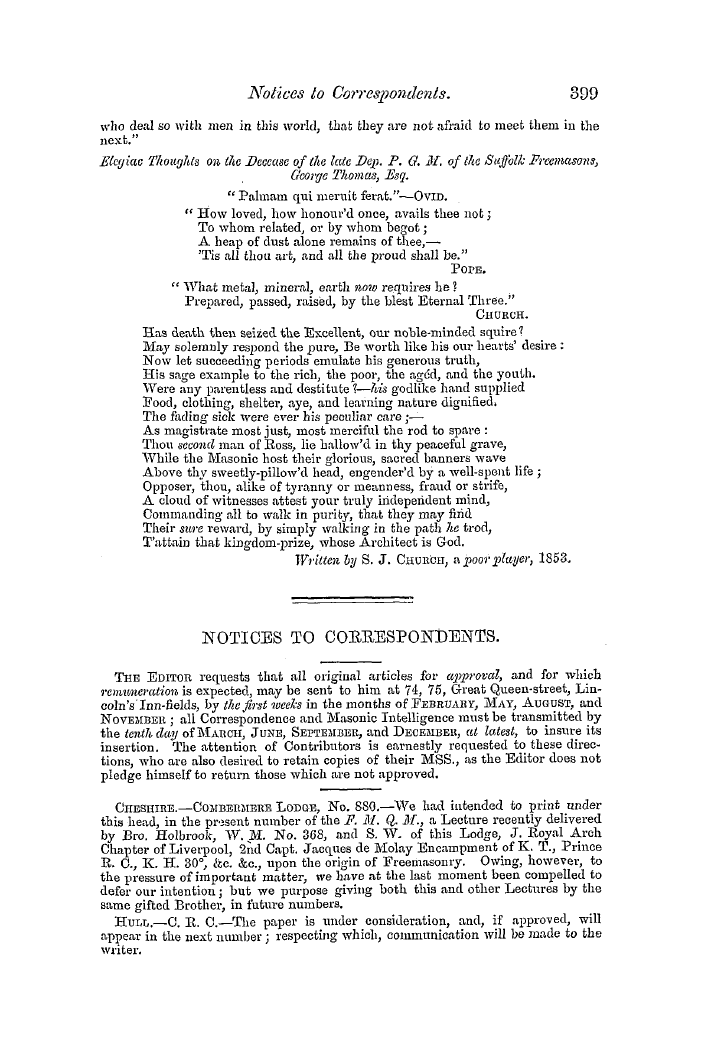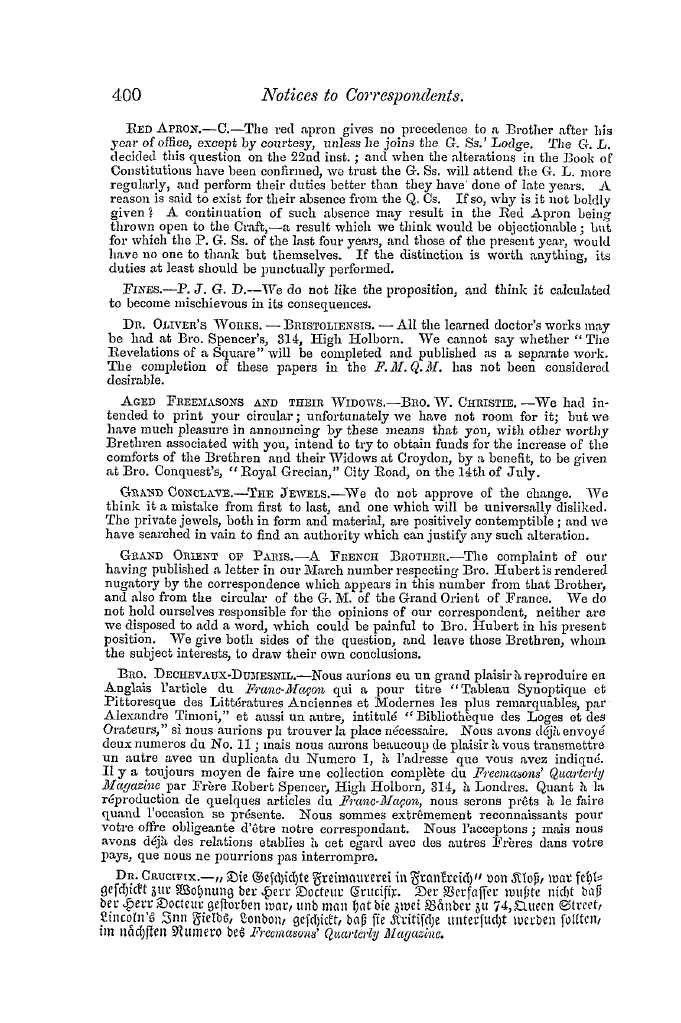-
Articles/Ads
Article ON SYMBOLS AND SYMBOLISM, ← Page 14 of 18 →
Note: This text has been automatically extracted via Optical Character Recognition (OCR) software.
On Symbols And Symbolism,
So far Dr . Bell ; but he might have shown from the word into , in the last line but one , that to do this in safety it was a necessary preliminary to protect the eye ( sacratwtts , as in a Roman Catholic country , by the fourfold sign of the cross ) by the victrici signo , being no other than the crux ansata . Ancl the Doctor might have adduced the harroiu of tlie husbandman
, from its numerous points and angles , as peculiarly adapted to exercise its anti-magical potency against the invisible world . Numerous instances might be adduced : Dr . Bell ( p . 79 ) mentions some , but a still more curious one is found in Ertsch and Gniber ' s "Encyclopedic , " in a course of publication for the last forty yearsunder the head of Gabelreiten ( Fork-riding ) from
, , the pen of F . Wachter , where to see " den wilclen Jciger , " the wild huntsman of Weber ' s Freischutz , pass , ancl to have double power he seats himself under tivo harrow's , and having attained his purpose has some difficulty to extricate himself again , not having
used the precautionary sign . Being upon the subject of these German forks or gabels , { vide "Jamieson ' s Dictionary , " s . v . Gavelock ) , permit me to explain in a few short Avords the meaning of the term and custom of the hitherto dark interpretation of the Kent Gavel-kind , a word peculiarly German , as the practice of a community of
lands is equally in use there as south of the Thames . We find Gabel already in Wachter as dividere from the nature of the fork , either subjectively as divided in itself , or objectively as causing a division of other things . In the provincial dialects of Lower Germany , Kabel-wiese , also written Gabel-ioiese , is a common meadow of ivhich parts are yearly appropriated by lot
to chffering farmsteads , and the harder form kabeln , means in . general to distribute by lots ; whence the transition was easy to an equal distribution generally of freeholds amongst claimants . The substitution of v for b in Gavel for Gabel , requires no notice to the philologist .
THE TAU OR T . This Tau , or crutch , is a very widely-extended and ancient symbol . It is found frequently in the hands of various Egyptian gods , and called there the Key of the Nile . Many of the visionary commentators of the Ajiocal for
ypse , want of a more fitting emblem , have fixed on this sign as the seal to which St . John alludes ( chap . vii . v . 2—4 ) . 2 . And I saw another angel ascending from the east , haAing the seal of the liiing God , and he cried Avith a loud voice to the four angels to whom it Avas given to hurt the earth and the sea .
Note: This text has been automatically extracted via Optical Character Recognition (OCR) software.
On Symbols And Symbolism,
So far Dr . Bell ; but he might have shown from the word into , in the last line but one , that to do this in safety it was a necessary preliminary to protect the eye ( sacratwtts , as in a Roman Catholic country , by the fourfold sign of the cross ) by the victrici signo , being no other than the crux ansata . Ancl the Doctor might have adduced the harroiu of tlie husbandman
, from its numerous points and angles , as peculiarly adapted to exercise its anti-magical potency against the invisible world . Numerous instances might be adduced : Dr . Bell ( p . 79 ) mentions some , but a still more curious one is found in Ertsch and Gniber ' s "Encyclopedic , " in a course of publication for the last forty yearsunder the head of Gabelreiten ( Fork-riding ) from
, , the pen of F . Wachter , where to see " den wilclen Jciger , " the wild huntsman of Weber ' s Freischutz , pass , ancl to have double power he seats himself under tivo harrow's , and having attained his purpose has some difficulty to extricate himself again , not having
used the precautionary sign . Being upon the subject of these German forks or gabels , { vide "Jamieson ' s Dictionary , " s . v . Gavelock ) , permit me to explain in a few short Avords the meaning of the term and custom of the hitherto dark interpretation of the Kent Gavel-kind , a word peculiarly German , as the practice of a community of
lands is equally in use there as south of the Thames . We find Gabel already in Wachter as dividere from the nature of the fork , either subjectively as divided in itself , or objectively as causing a division of other things . In the provincial dialects of Lower Germany , Kabel-wiese , also written Gabel-ioiese , is a common meadow of ivhich parts are yearly appropriated by lot
to chffering farmsteads , and the harder form kabeln , means in . general to distribute by lots ; whence the transition was easy to an equal distribution generally of freeholds amongst claimants . The substitution of v for b in Gavel for Gabel , requires no notice to the philologist .
THE TAU OR T . This Tau , or crutch , is a very widely-extended and ancient symbol . It is found frequently in the hands of various Egyptian gods , and called there the Key of the Nile . Many of the visionary commentators of the Ajiocal for
ypse , want of a more fitting emblem , have fixed on this sign as the seal to which St . John alludes ( chap . vii . v . 2—4 ) . 2 . And I saw another angel ascending from the east , haAing the seal of the liiing God , and he cried Avith a loud voice to the four angels to whom it Avas given to hurt the earth and the sea .































































